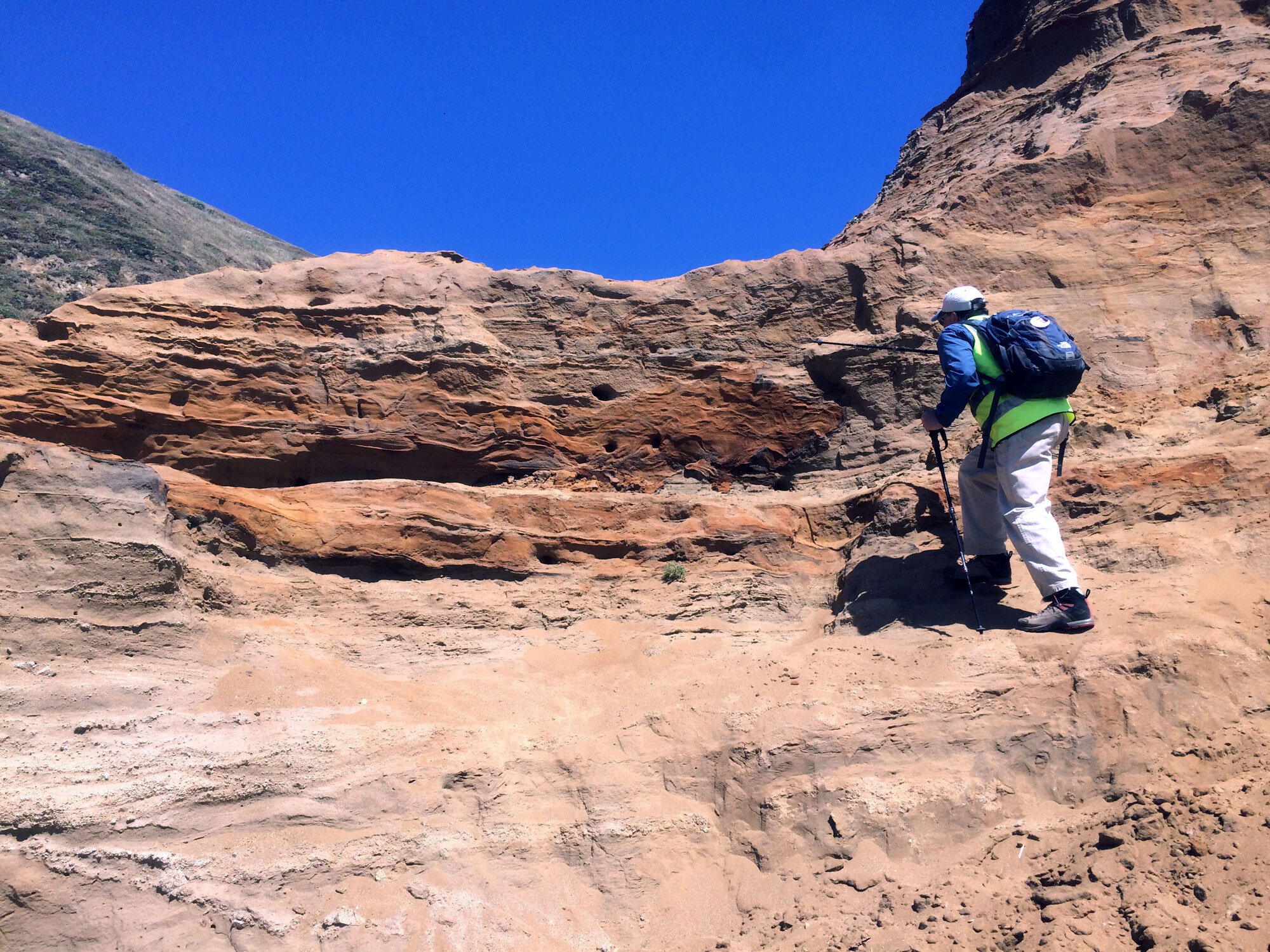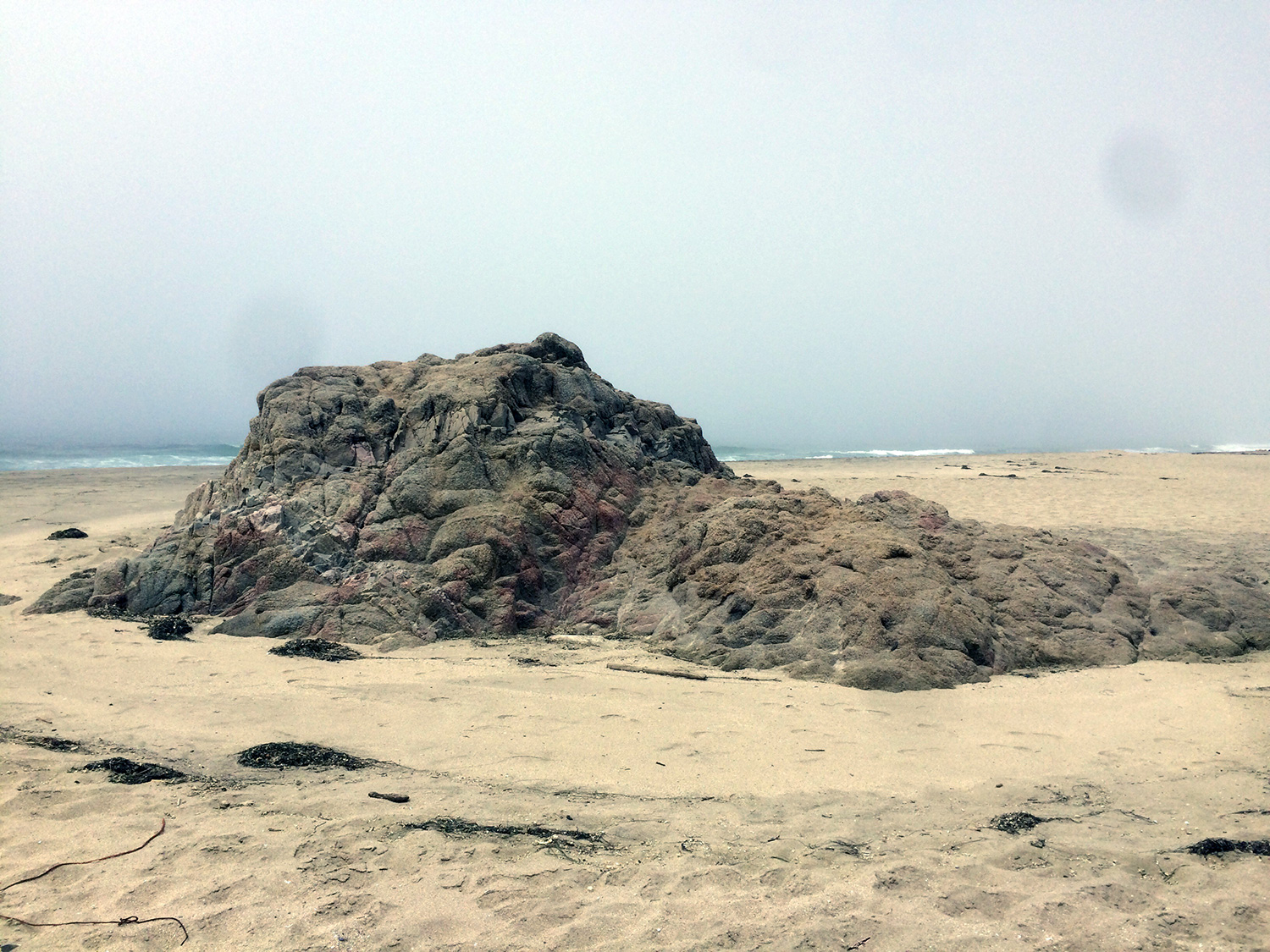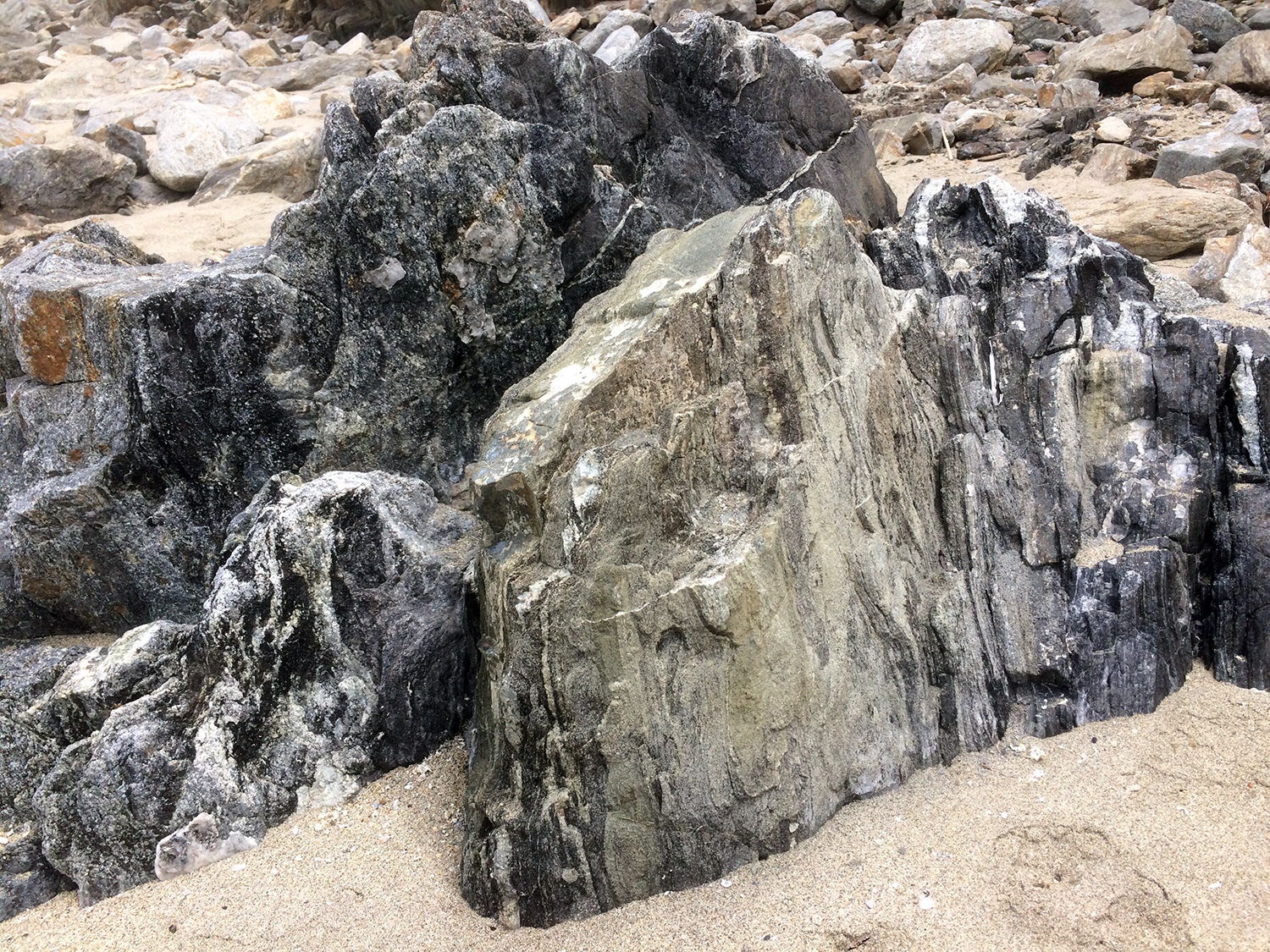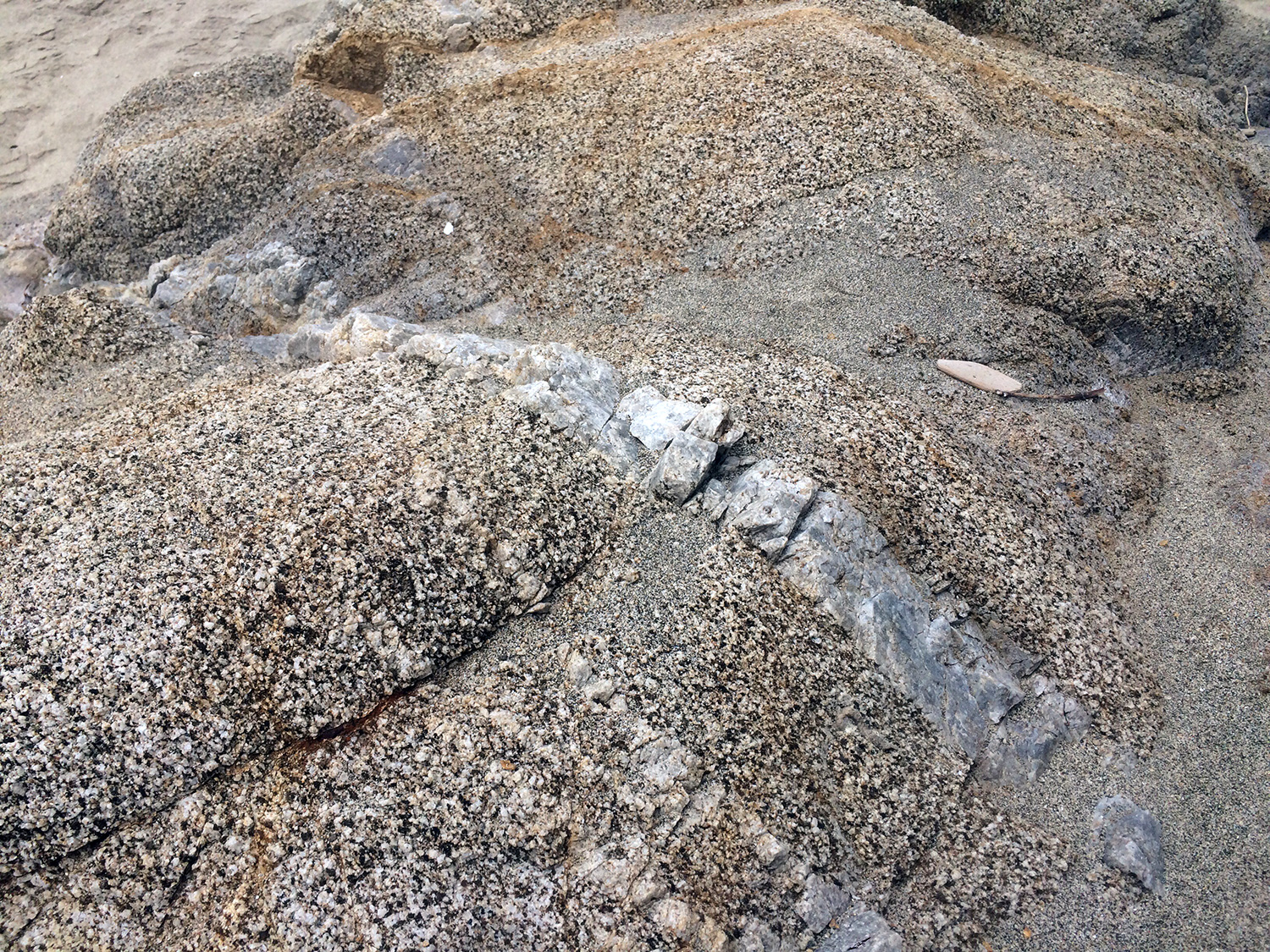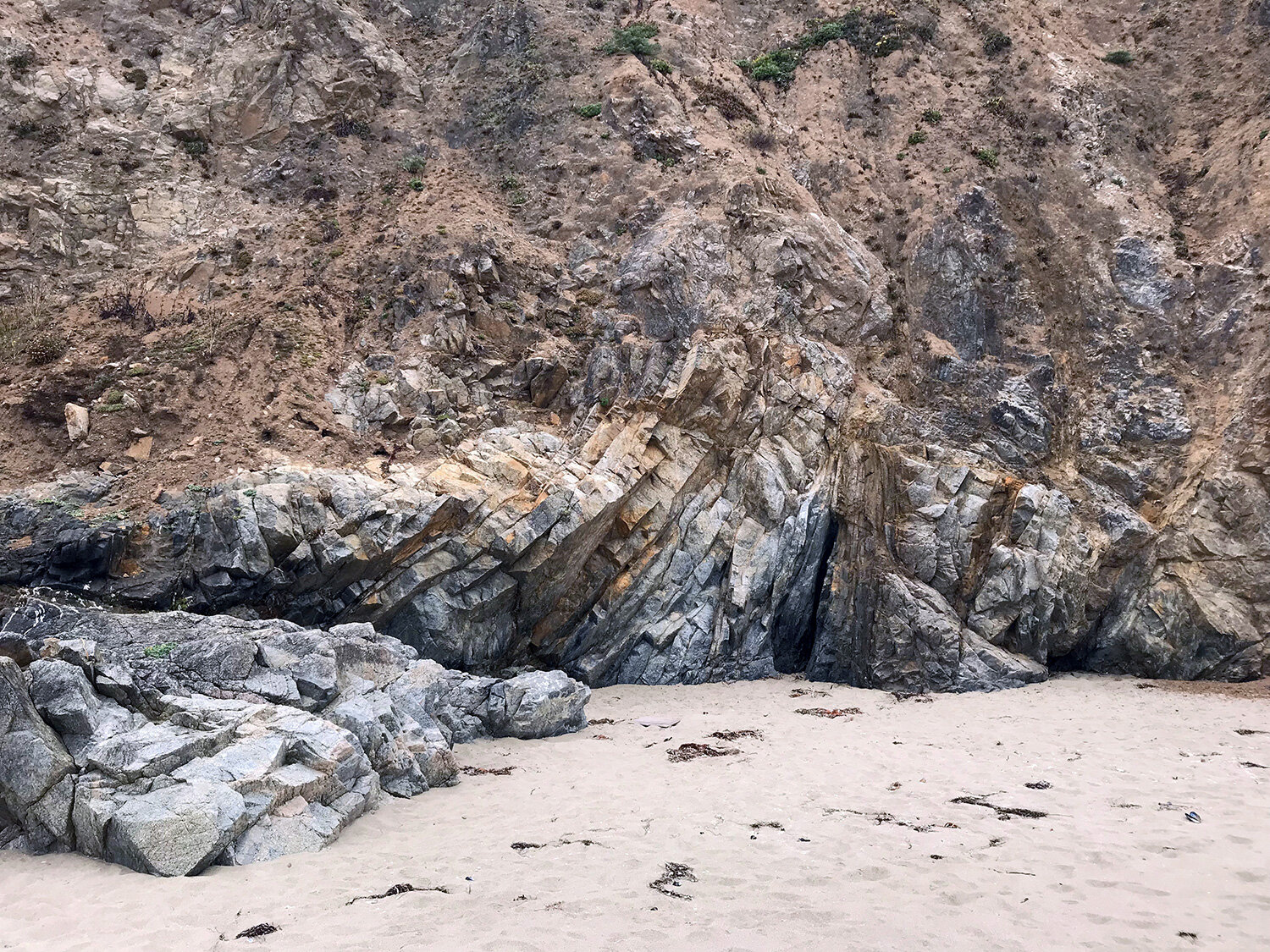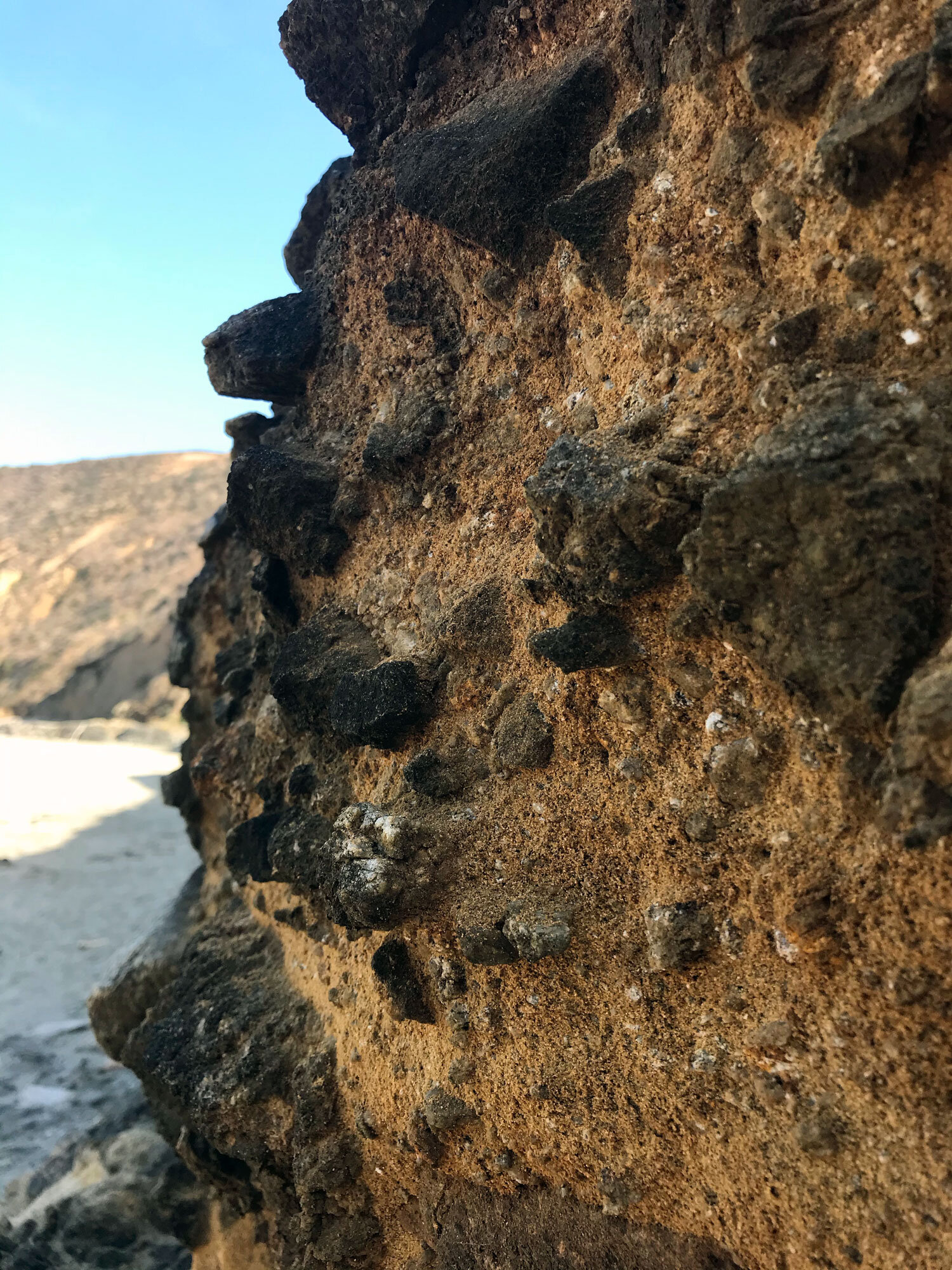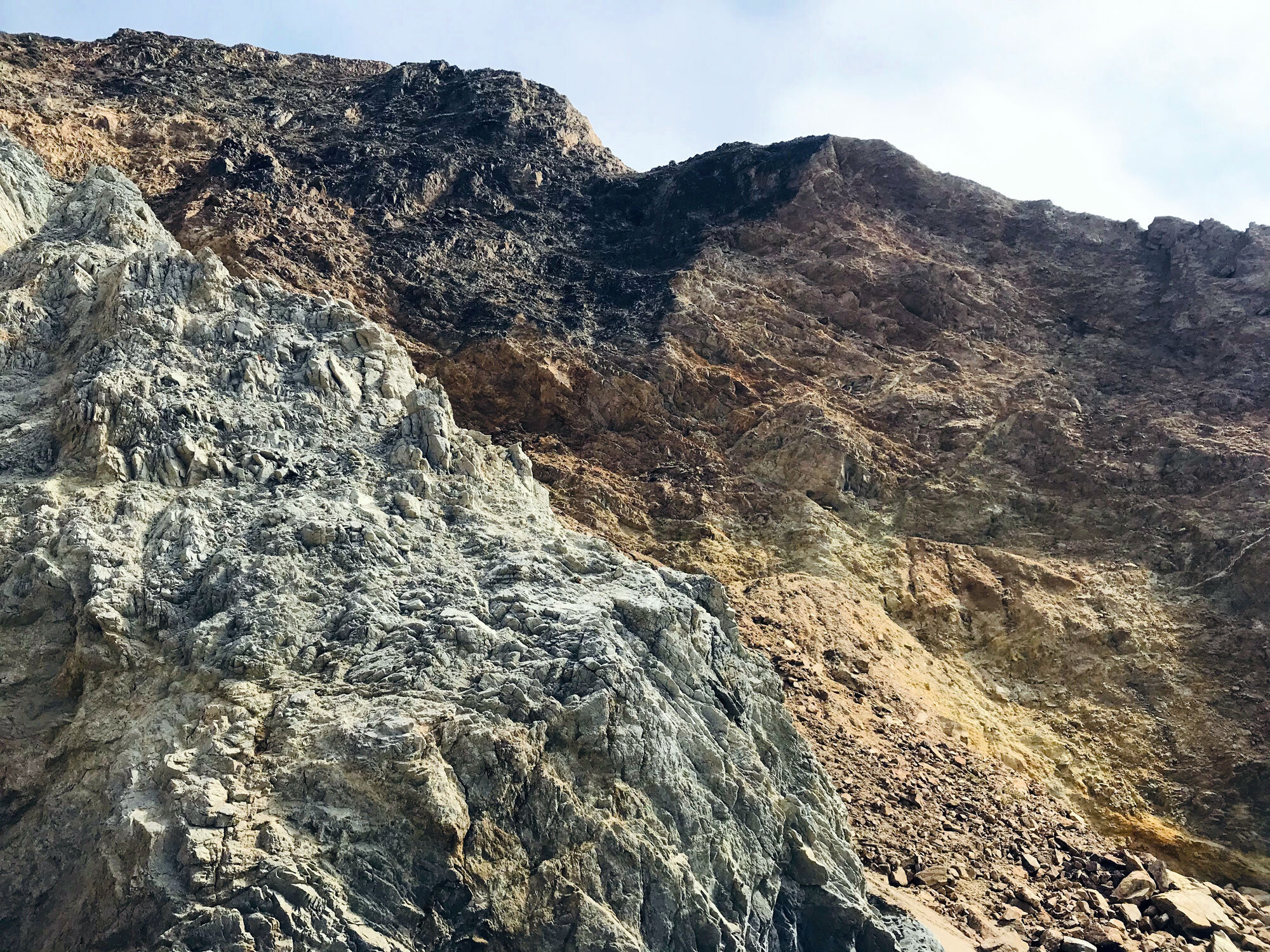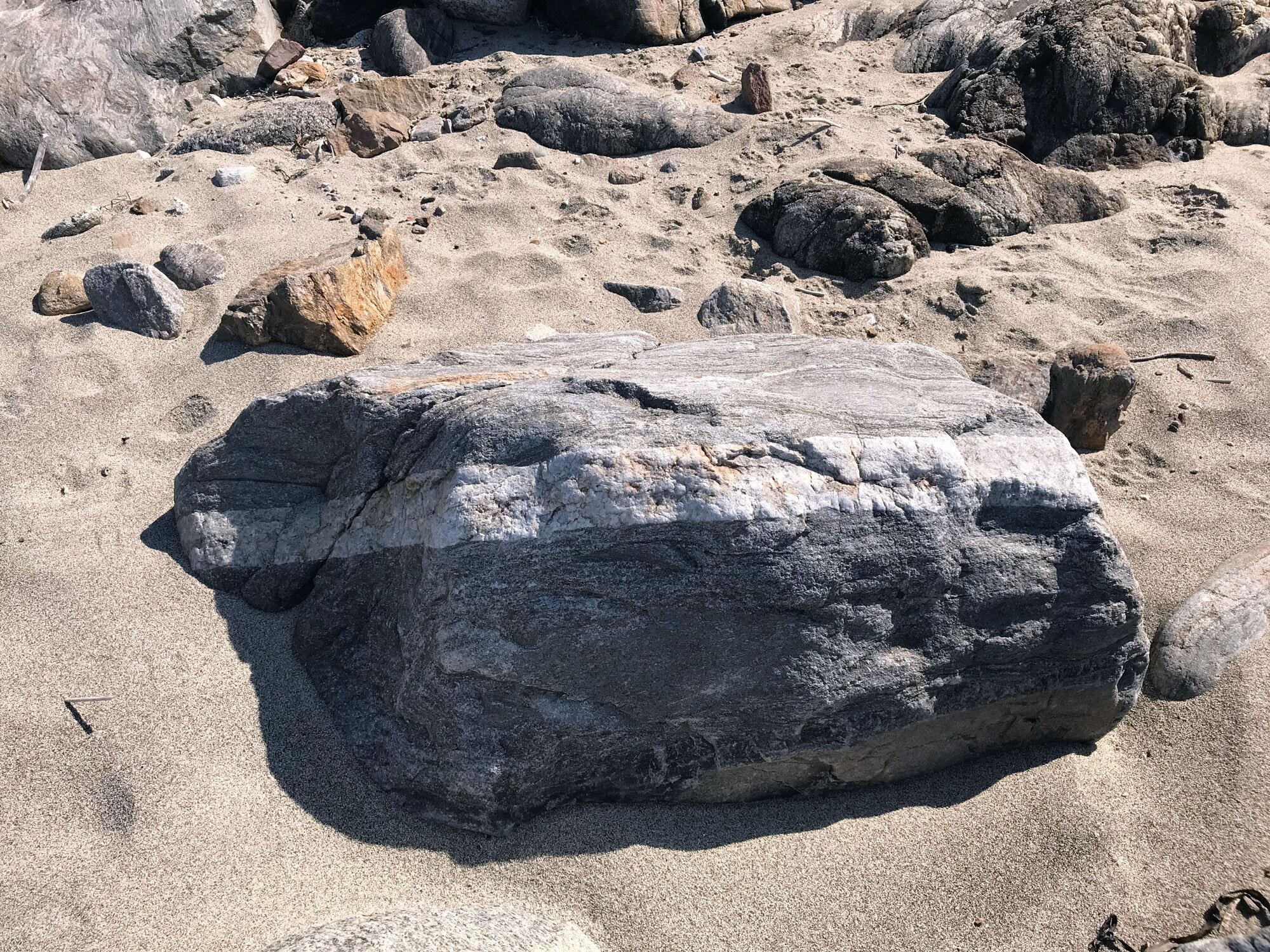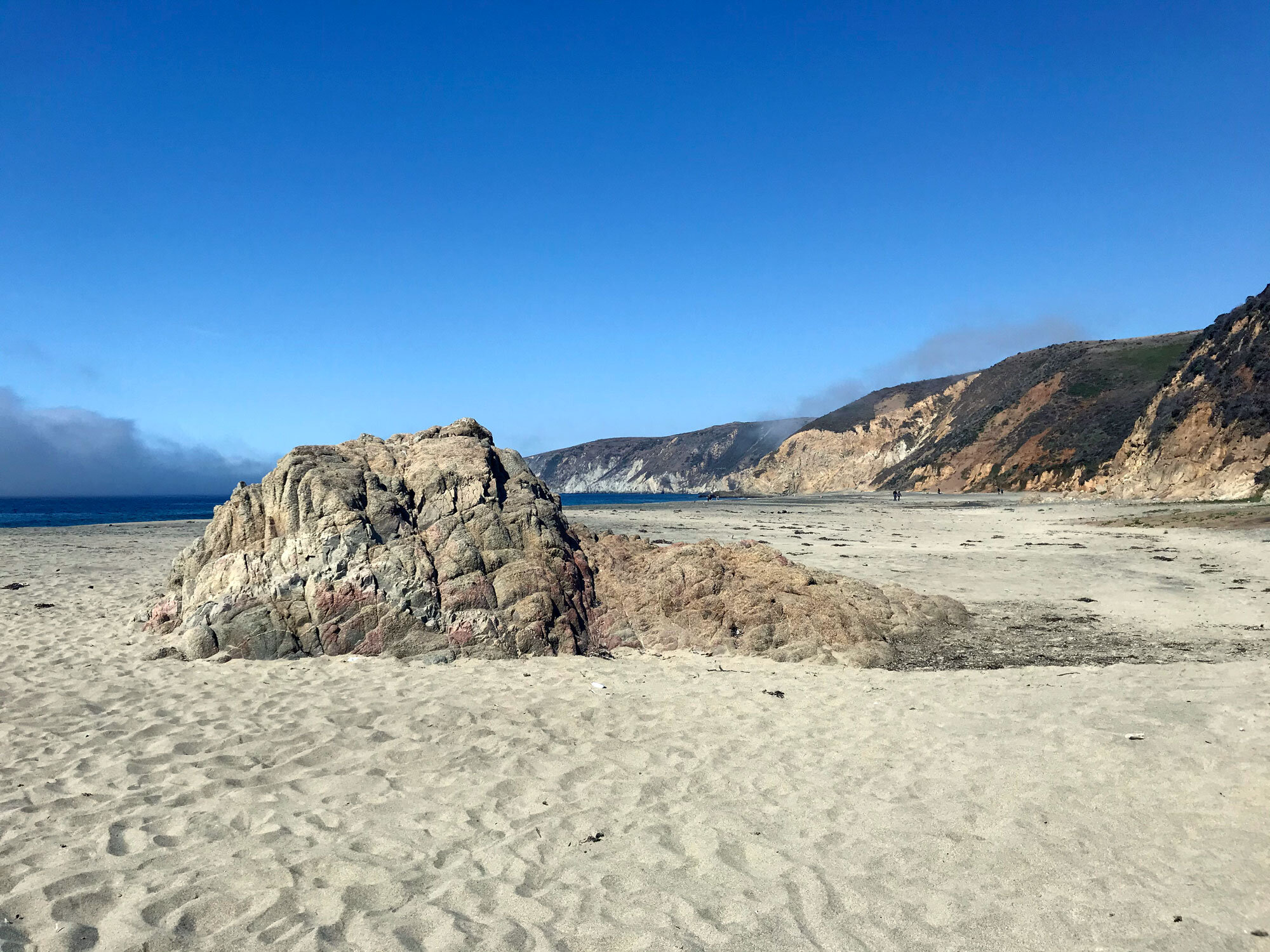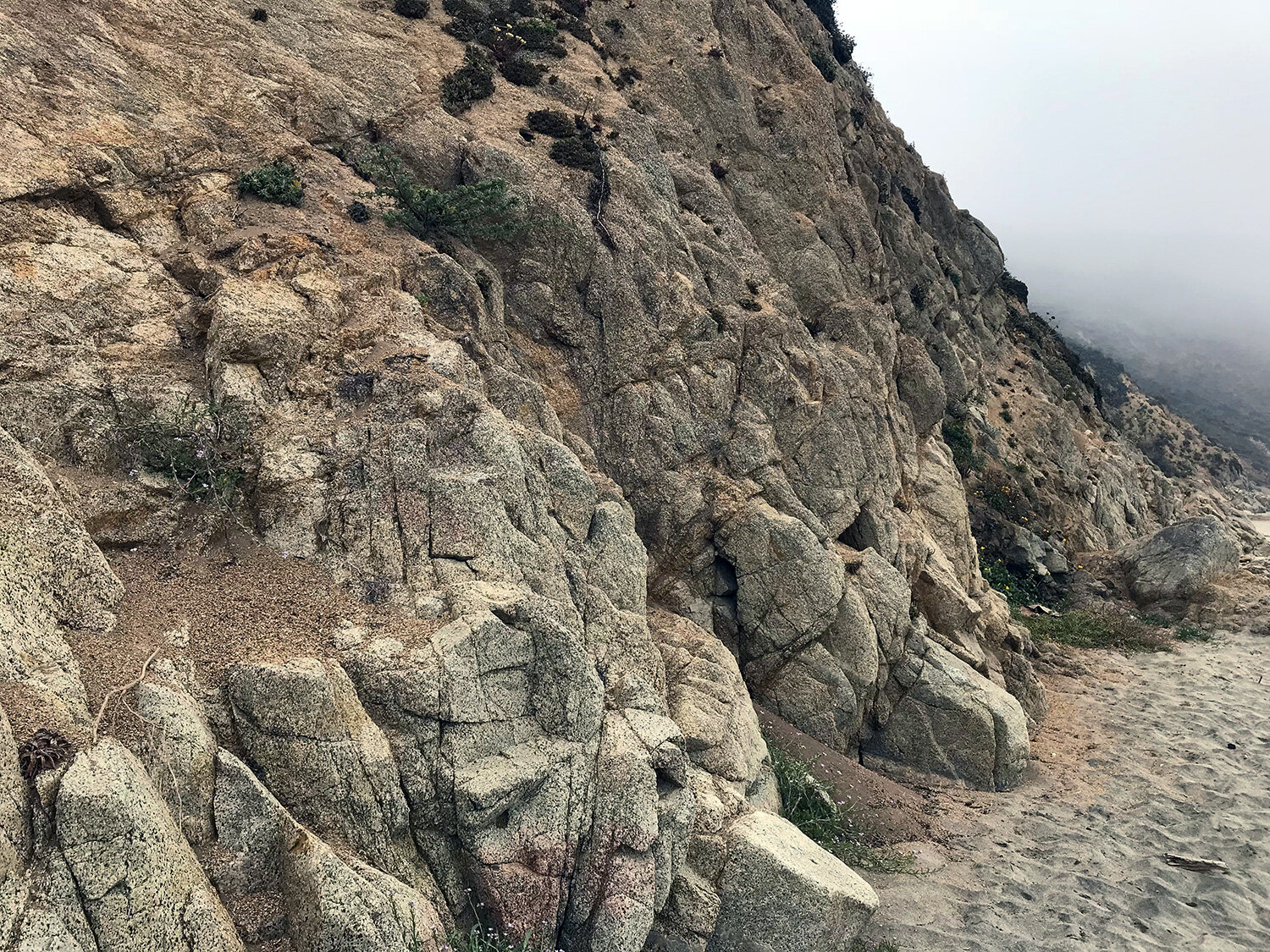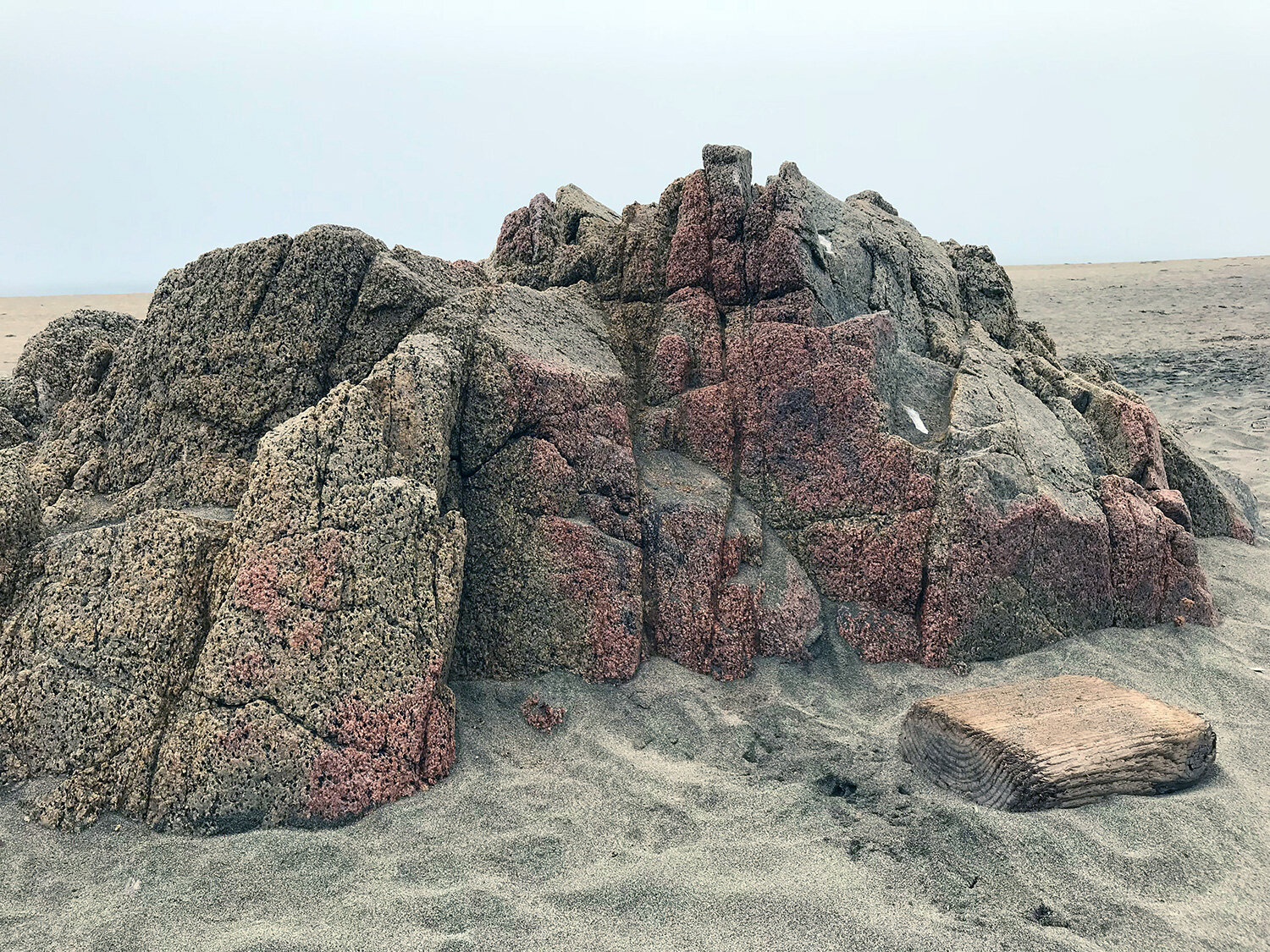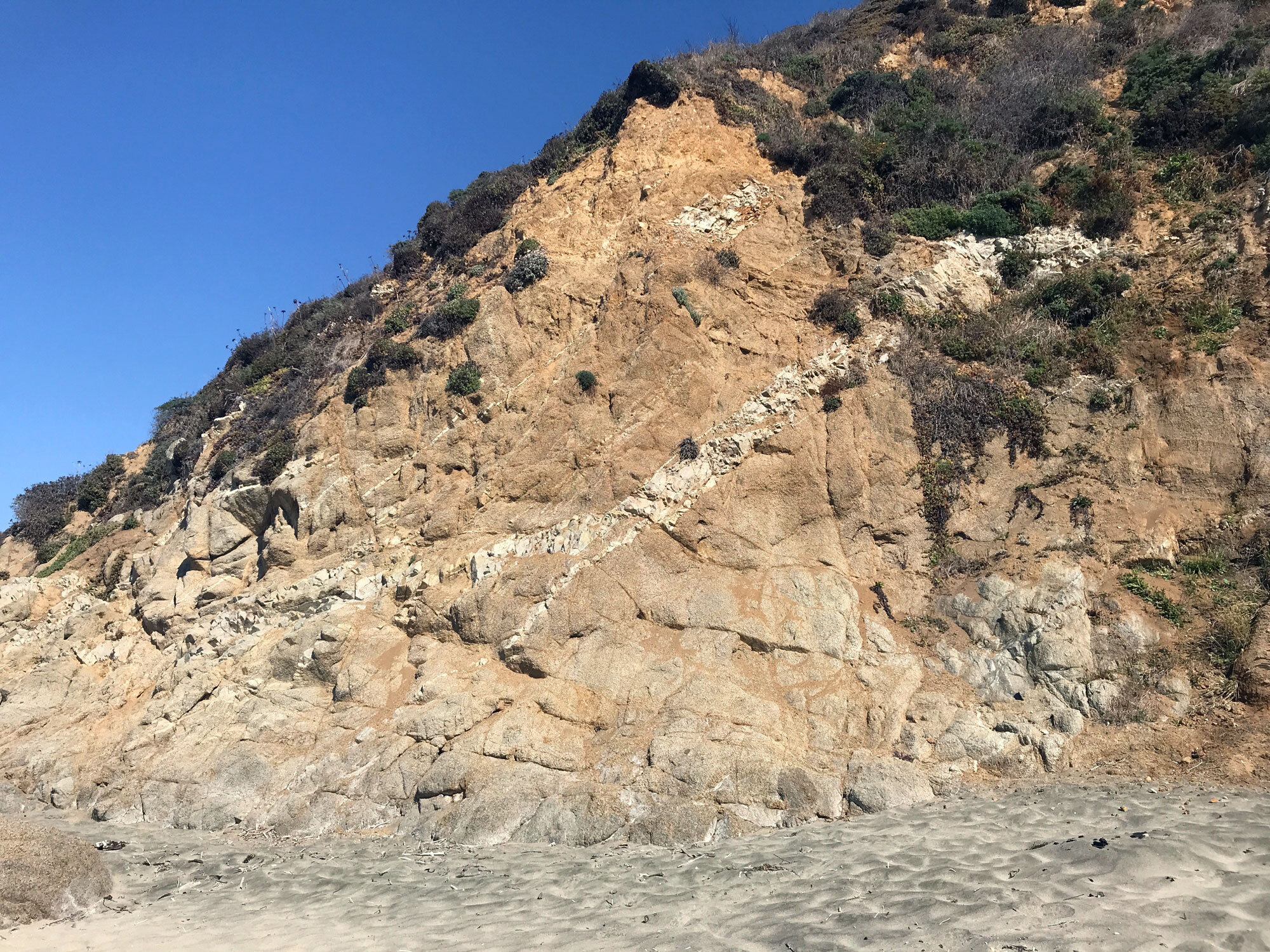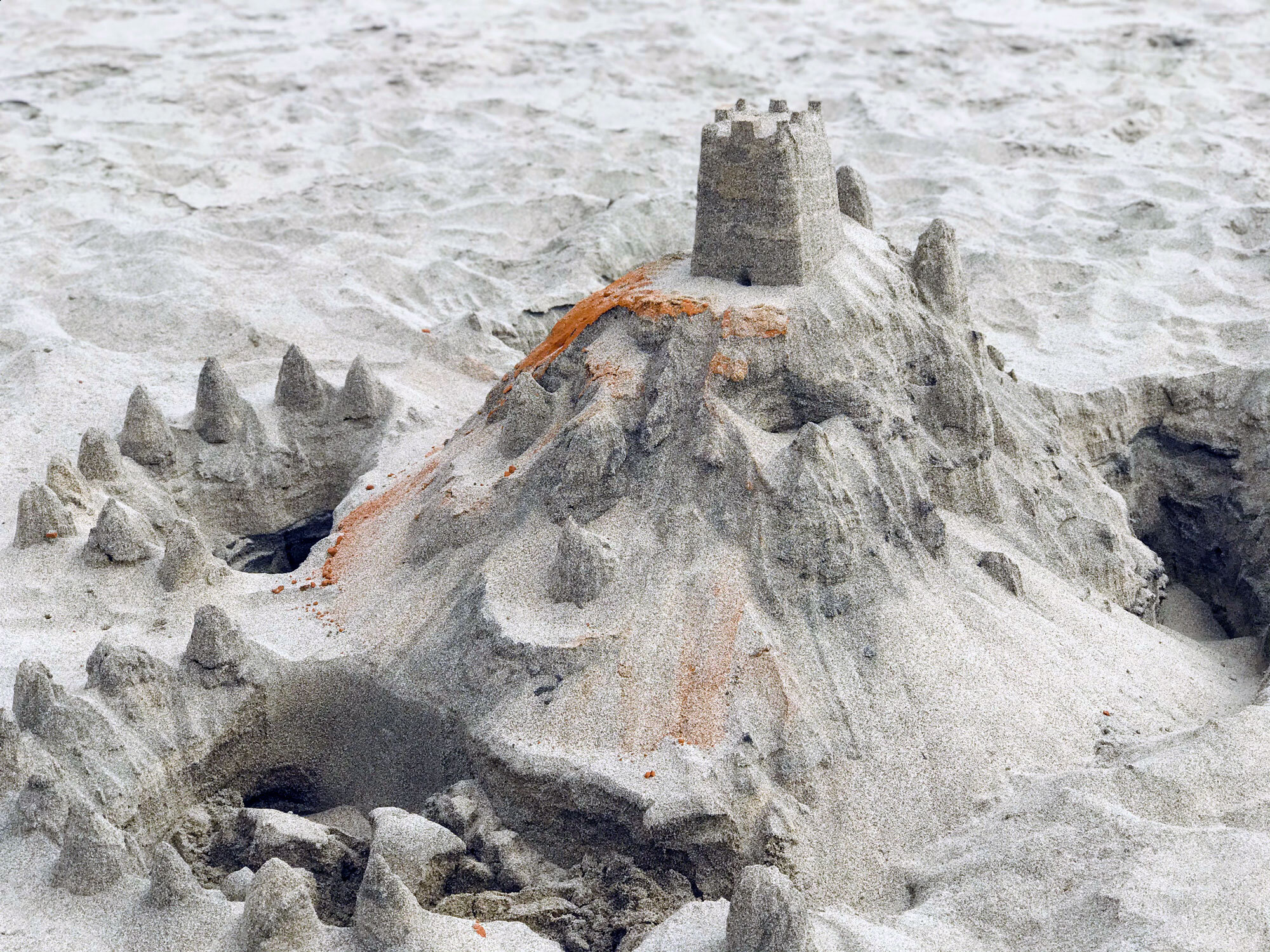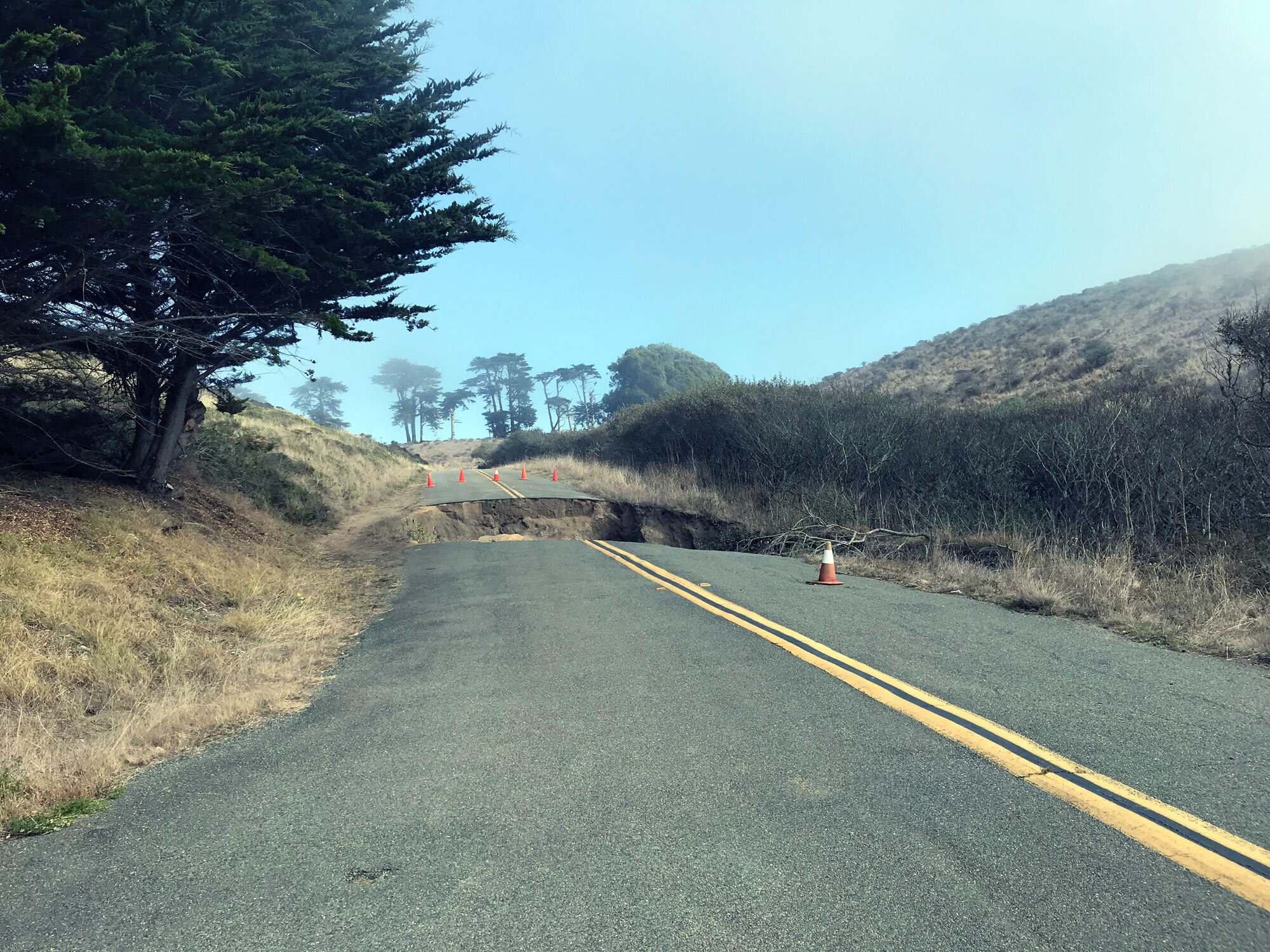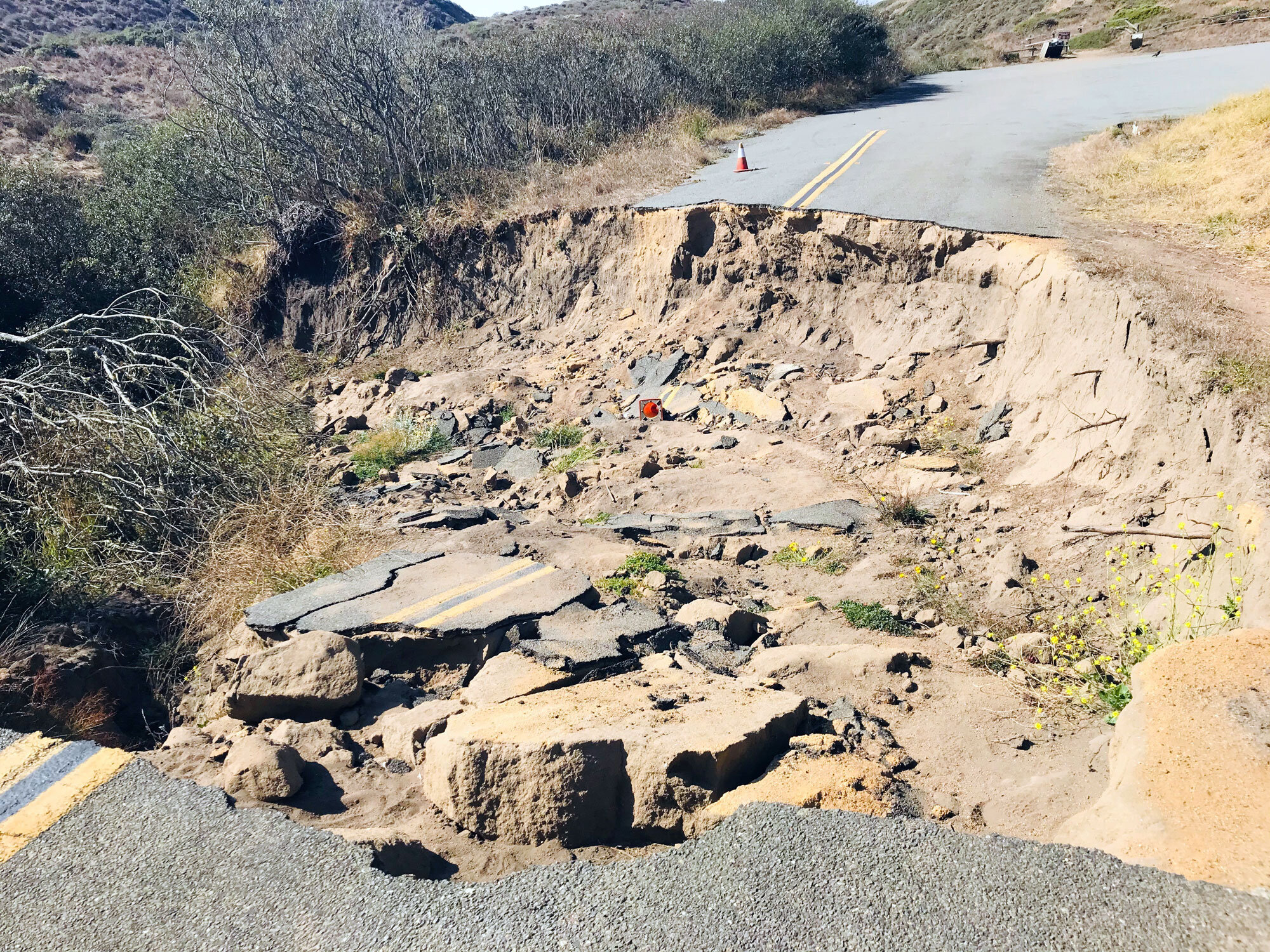McClures Beach
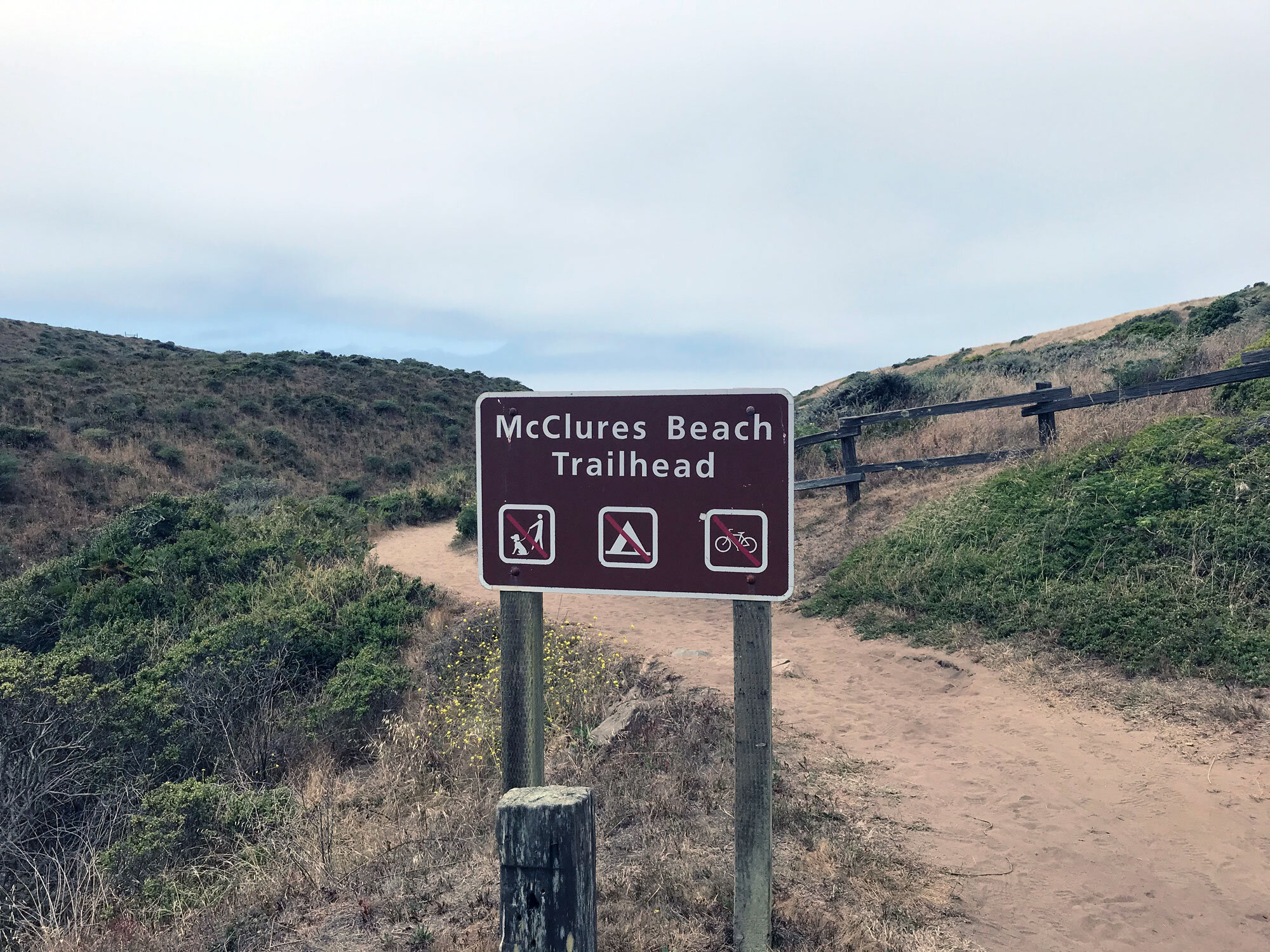
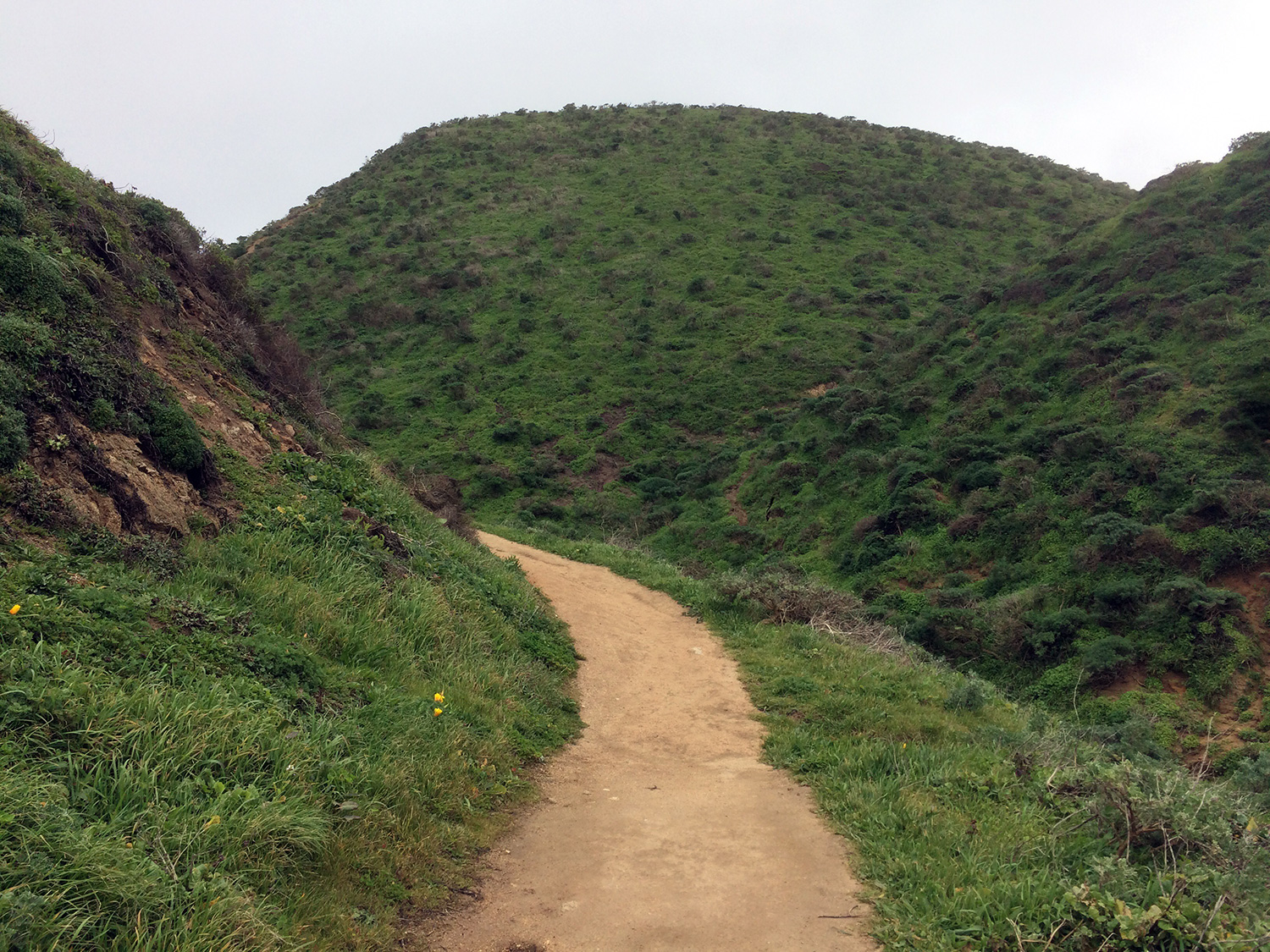
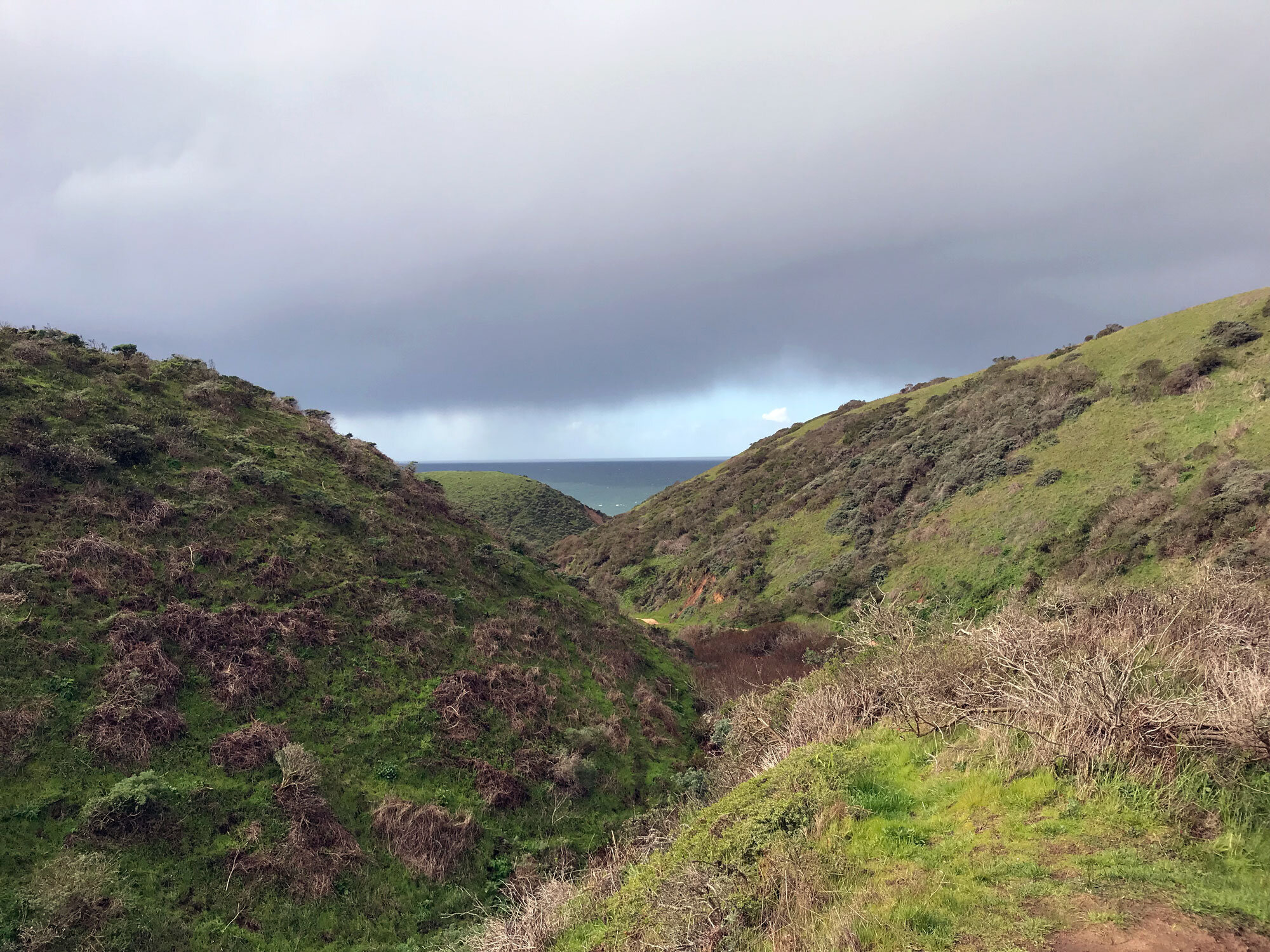
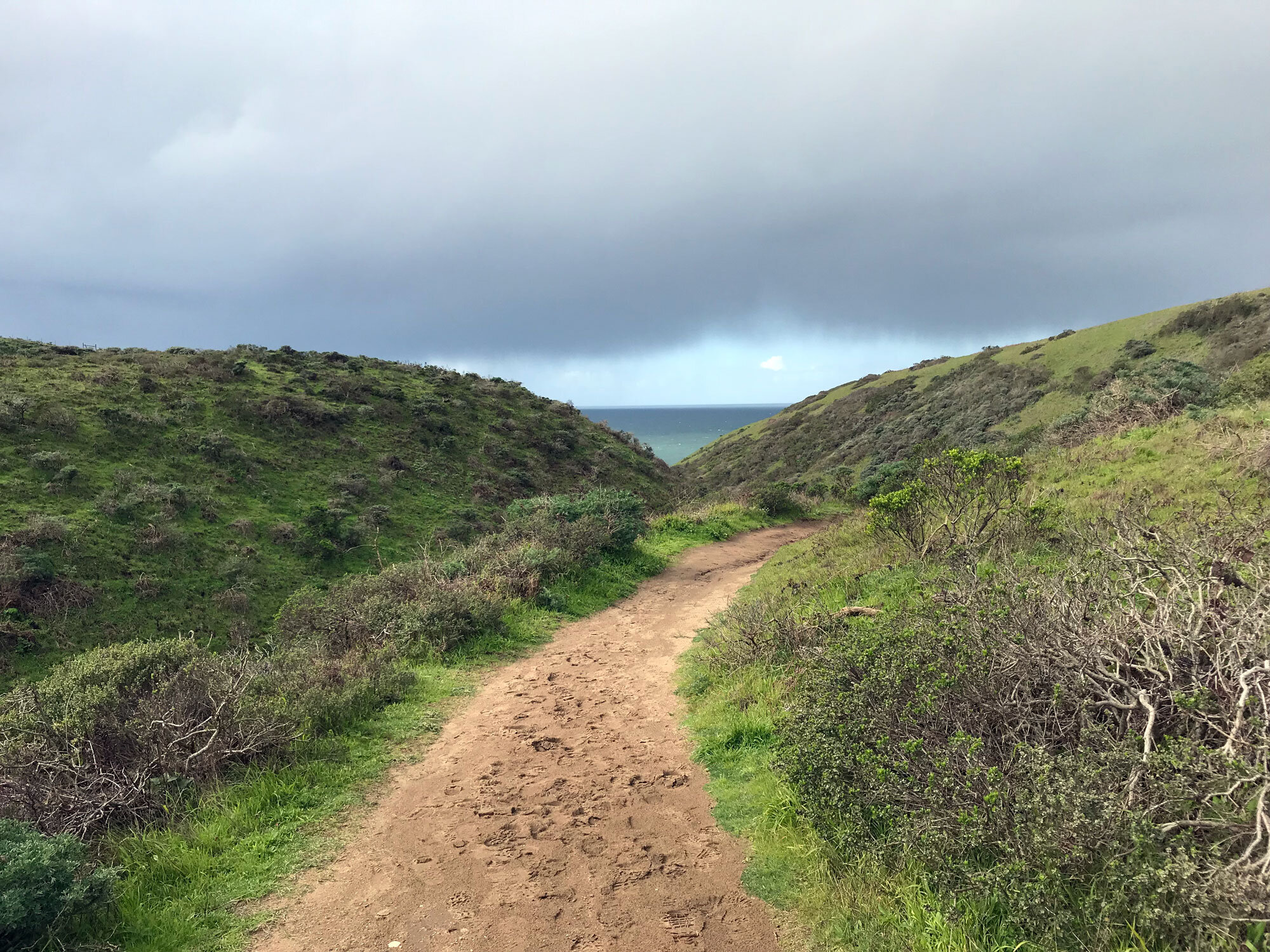
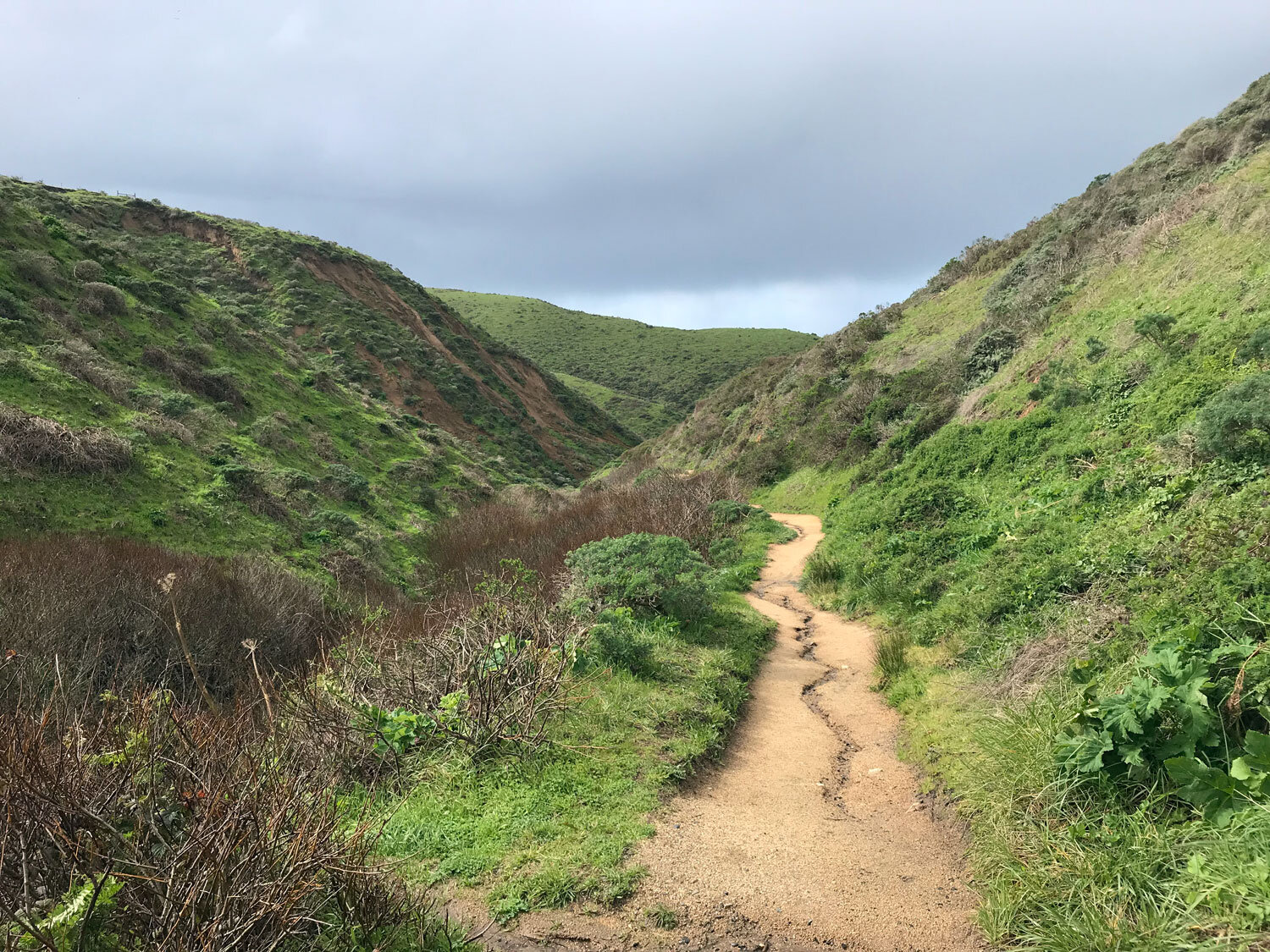
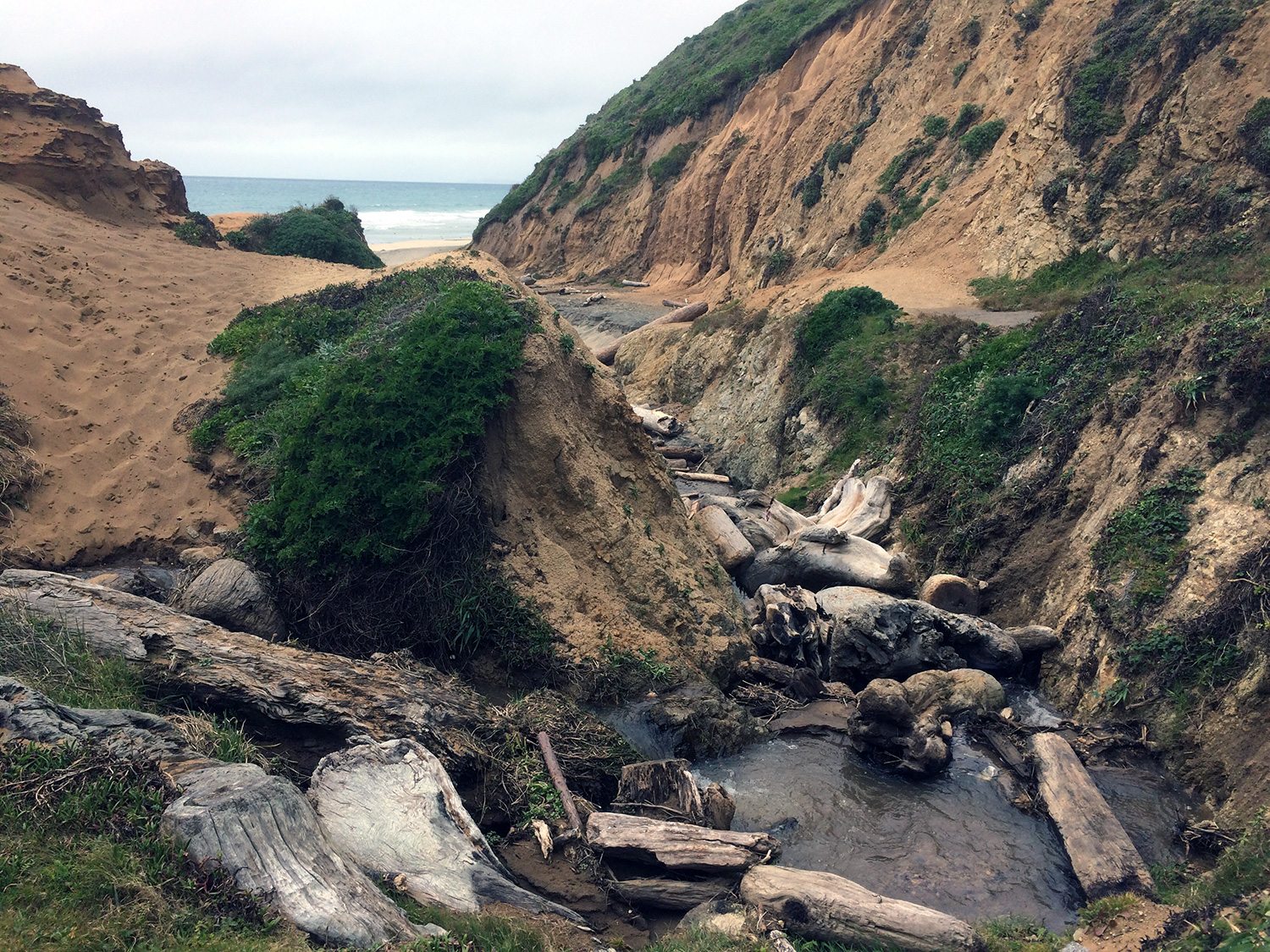
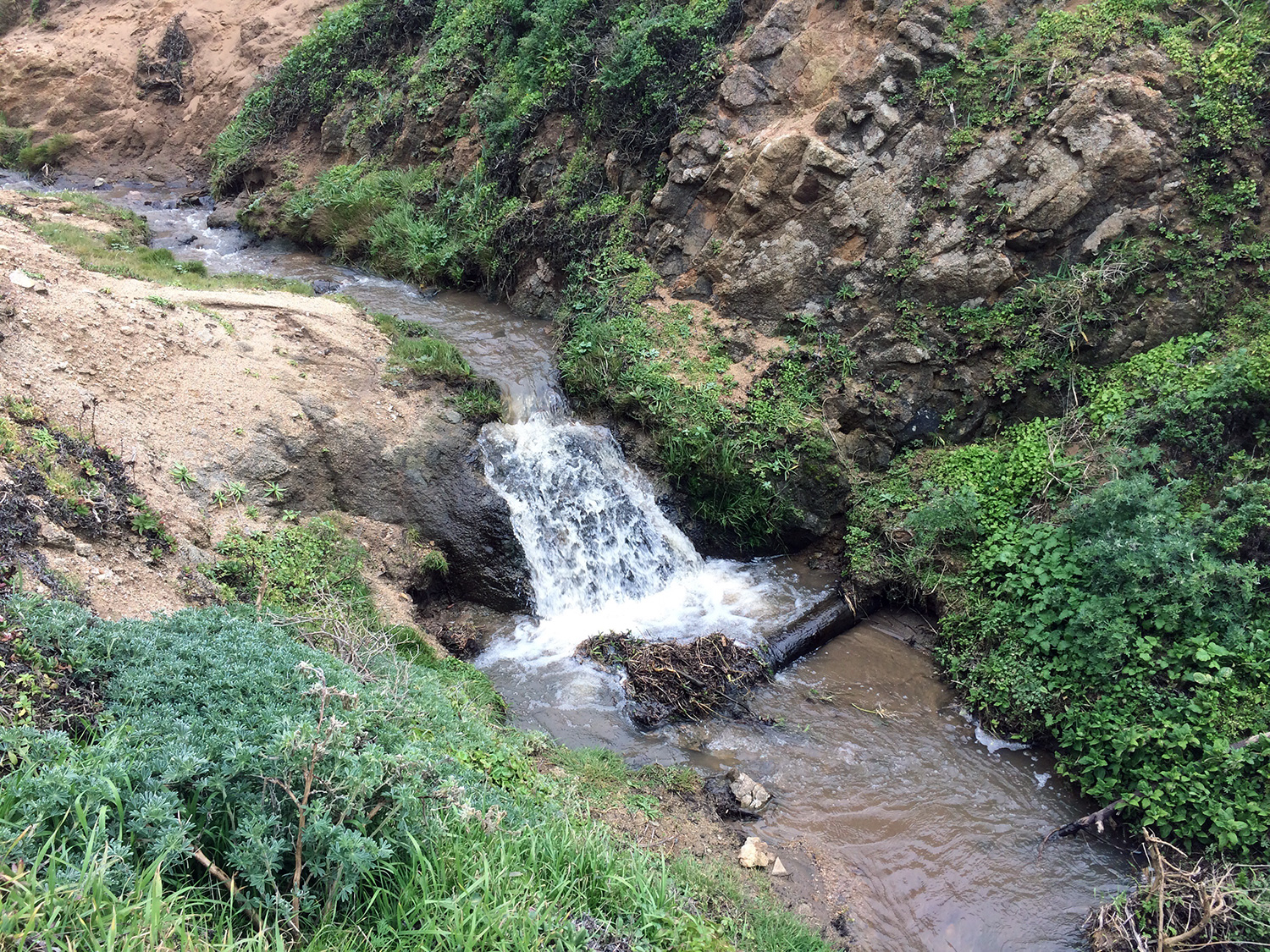
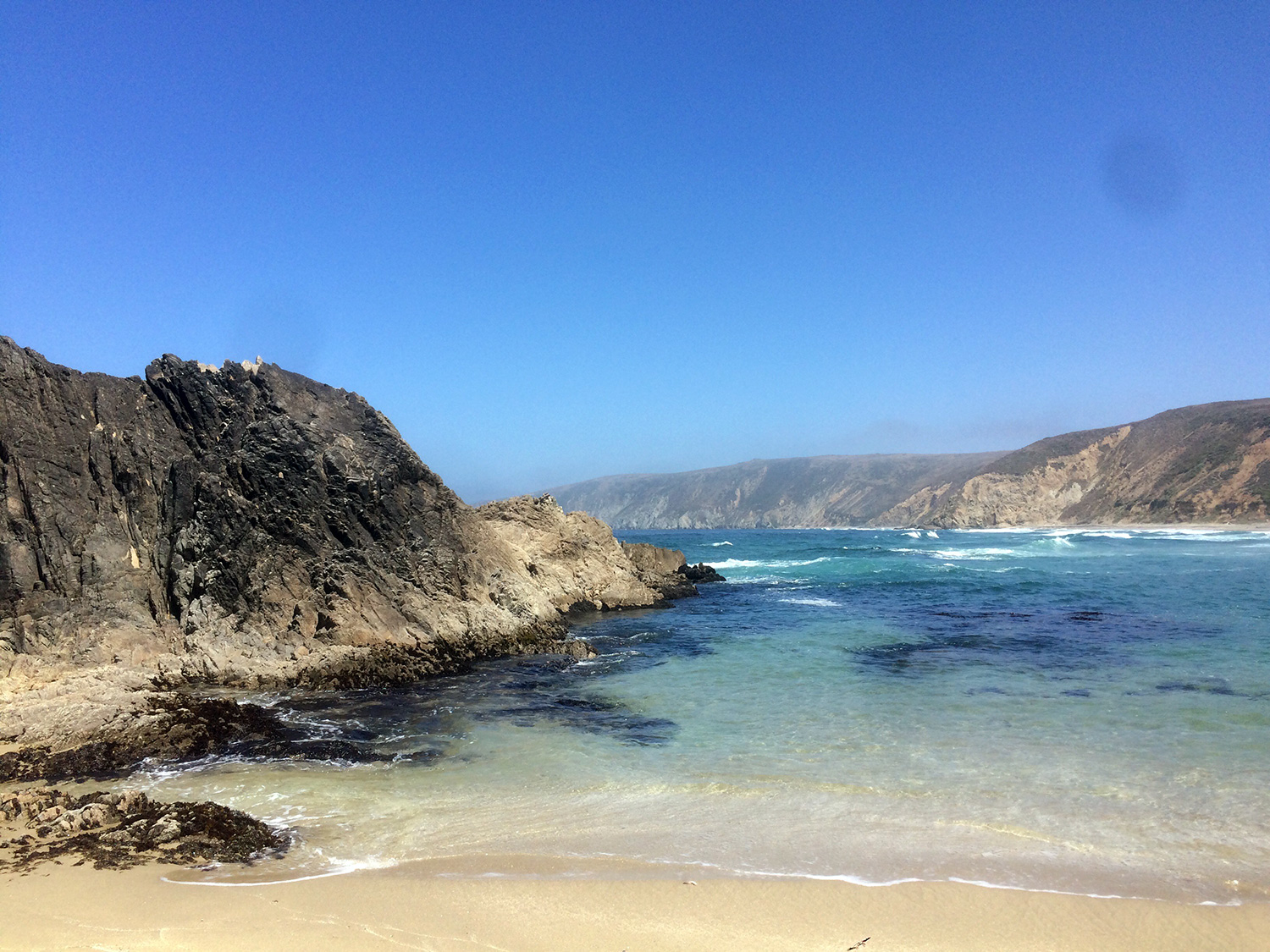
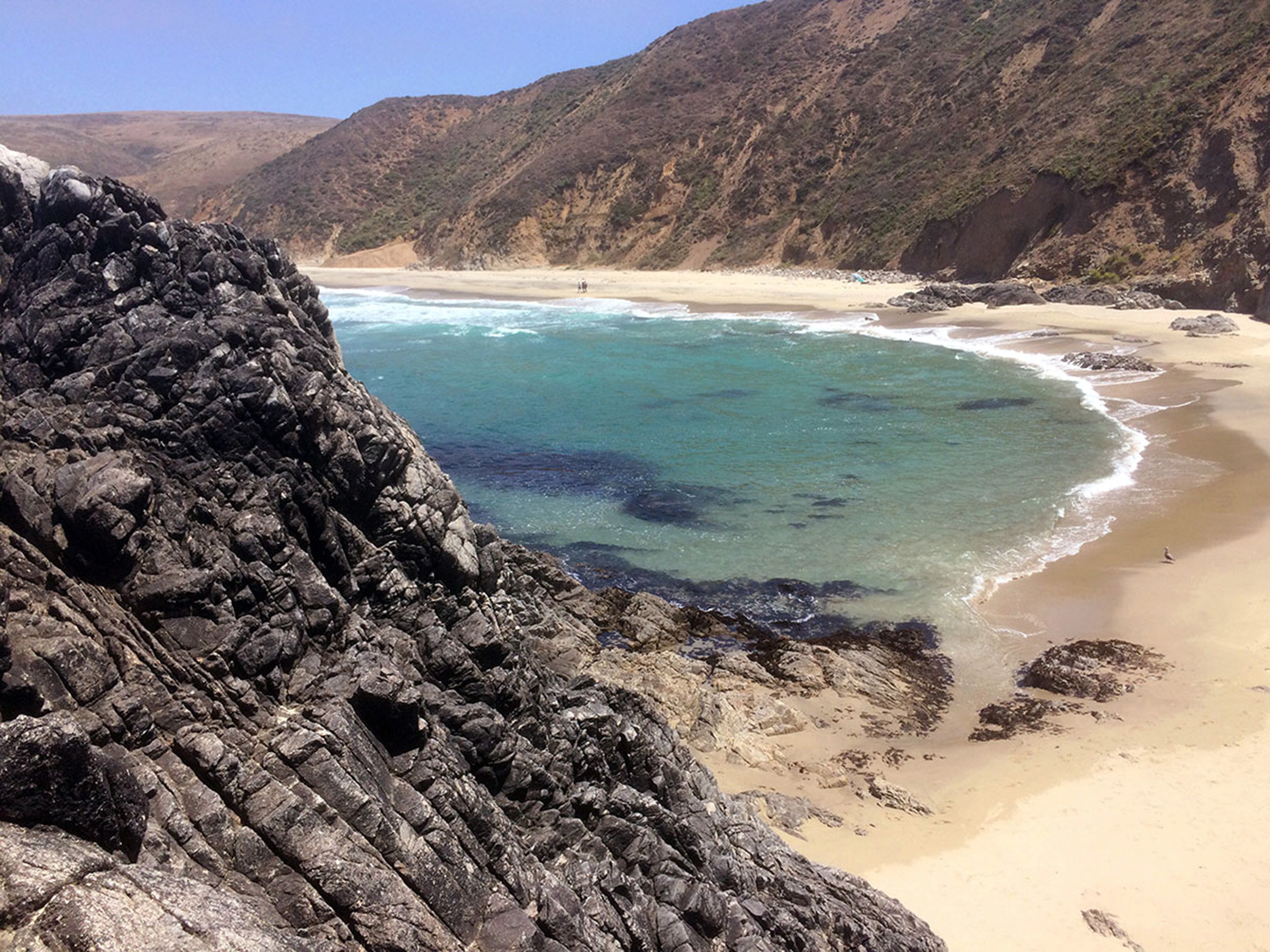

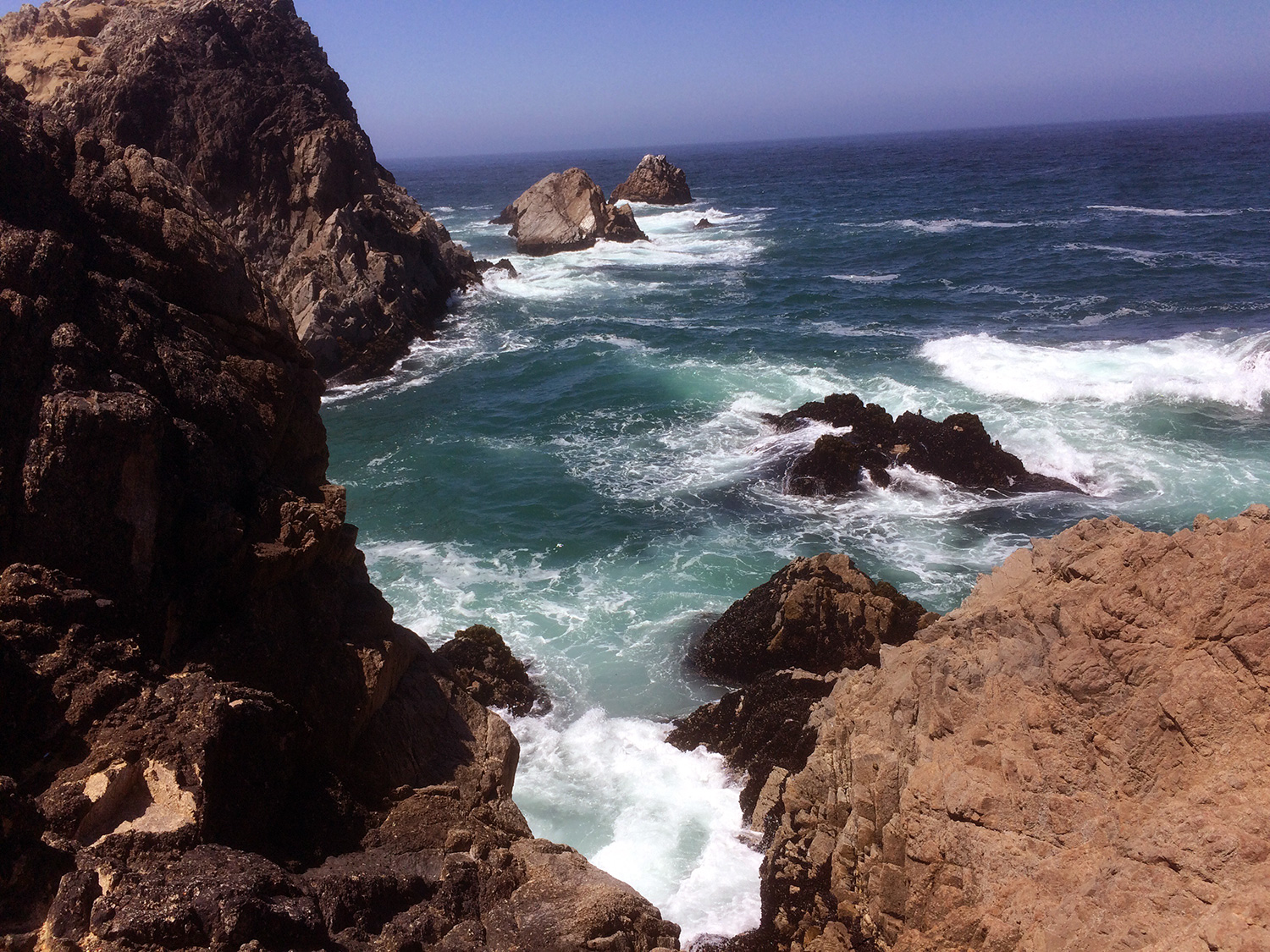
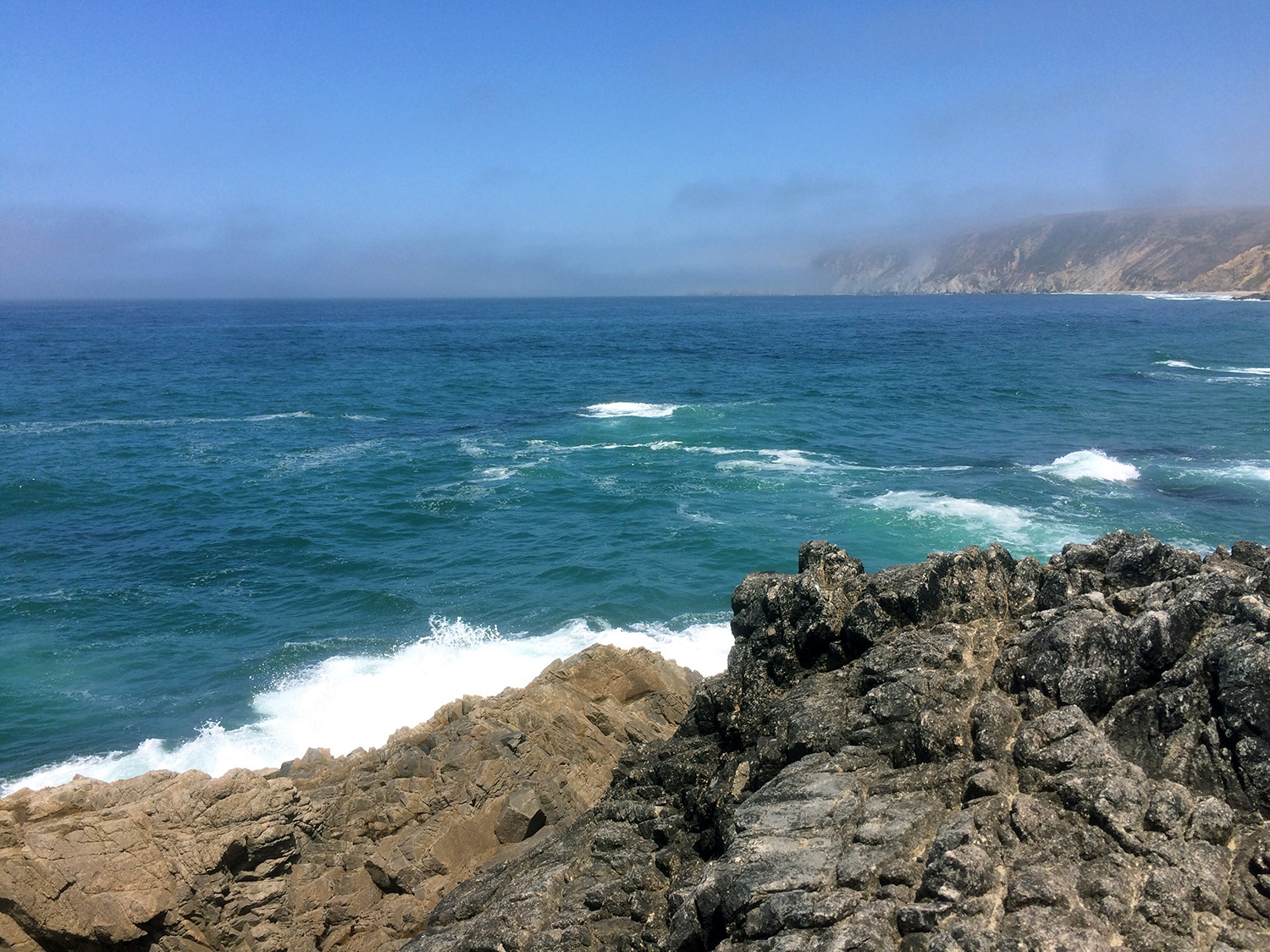
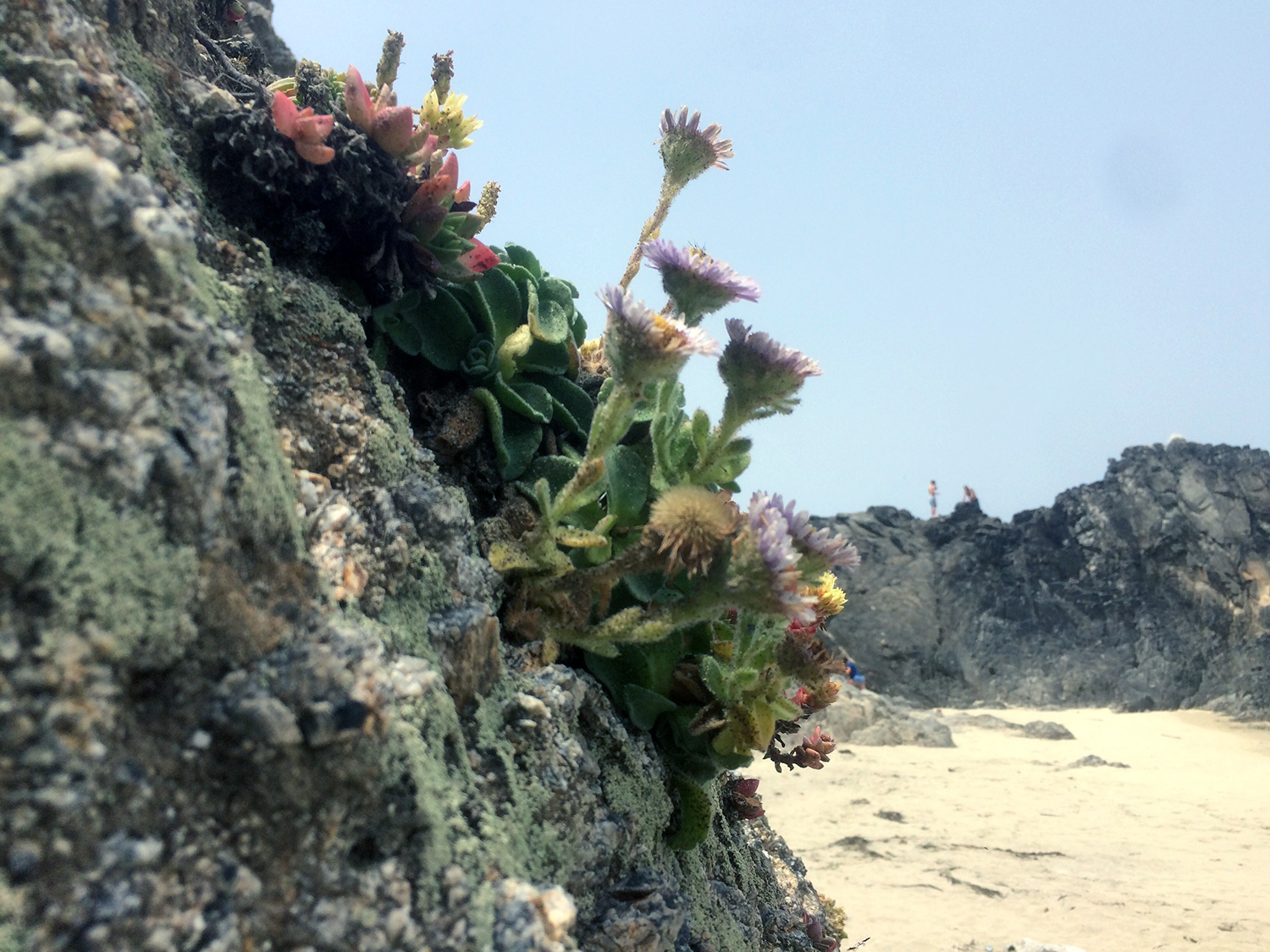

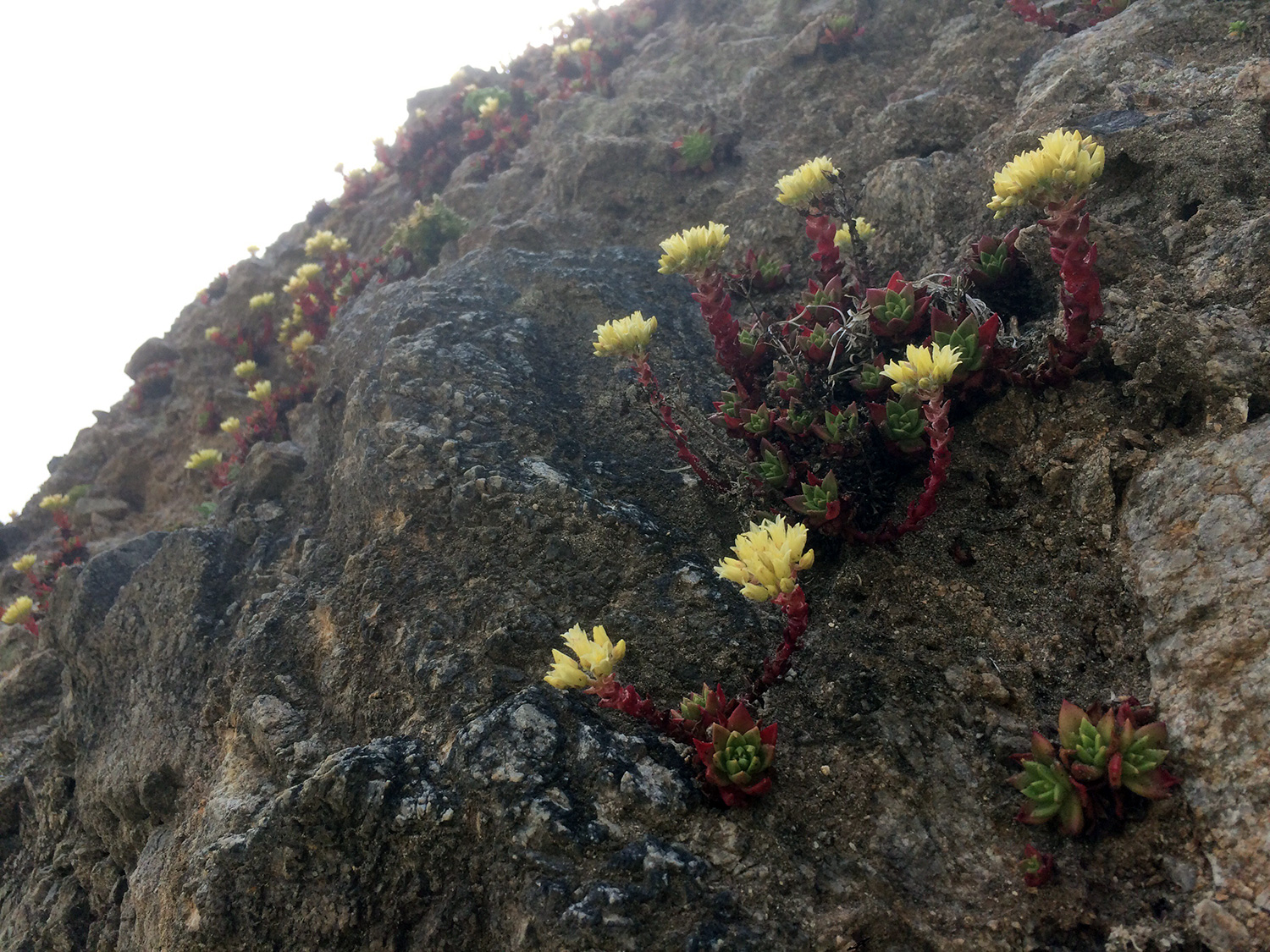

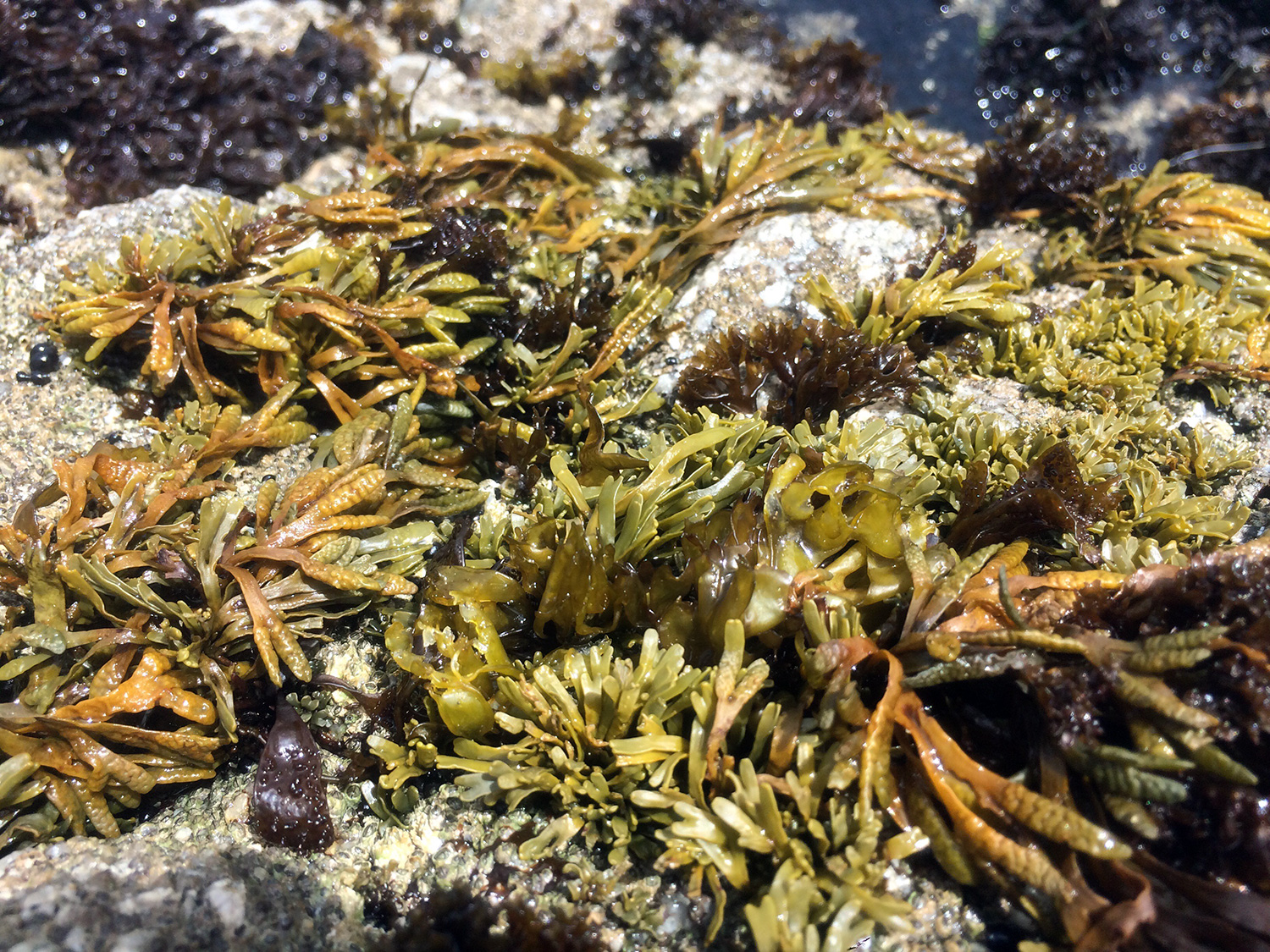
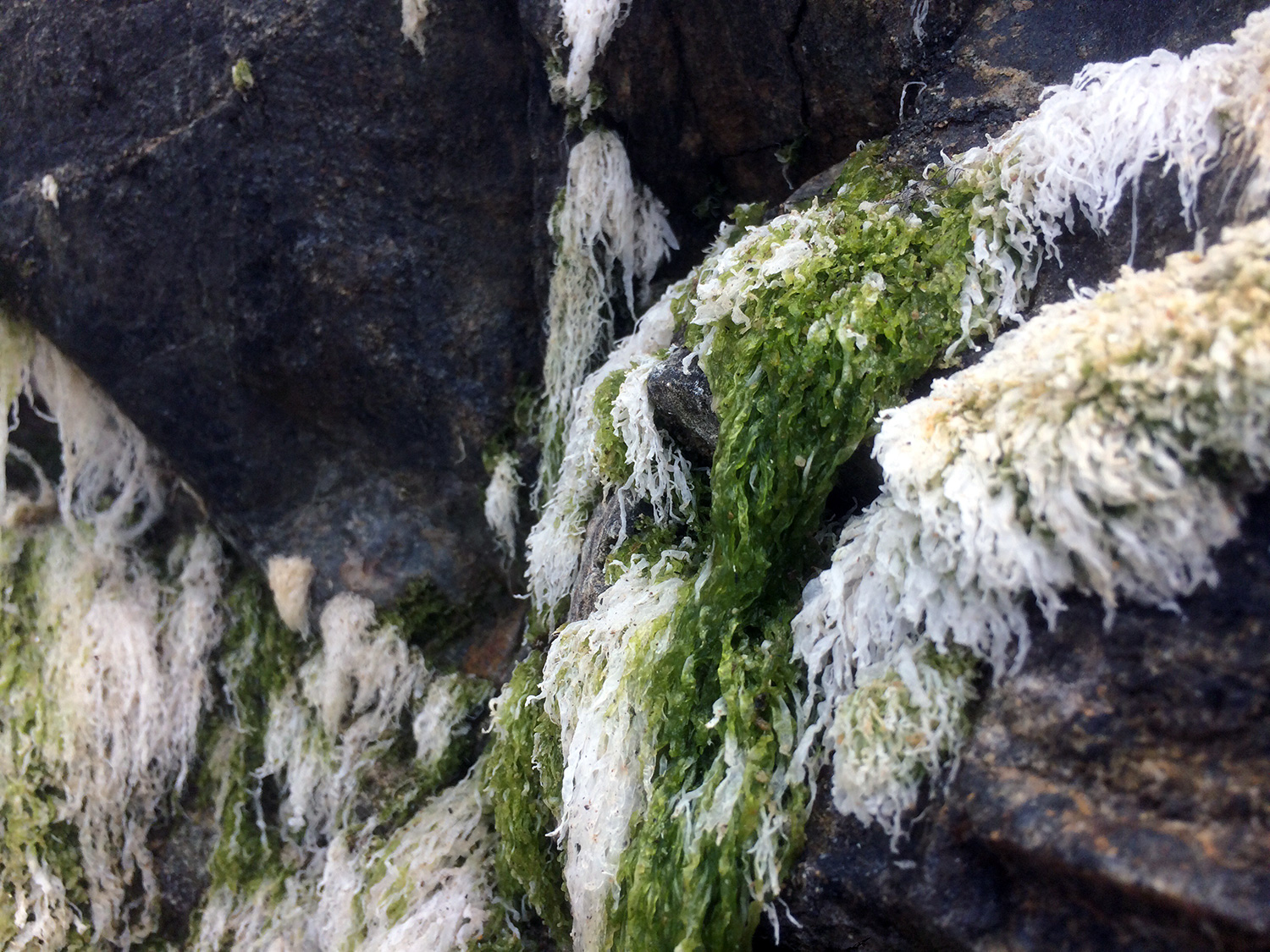
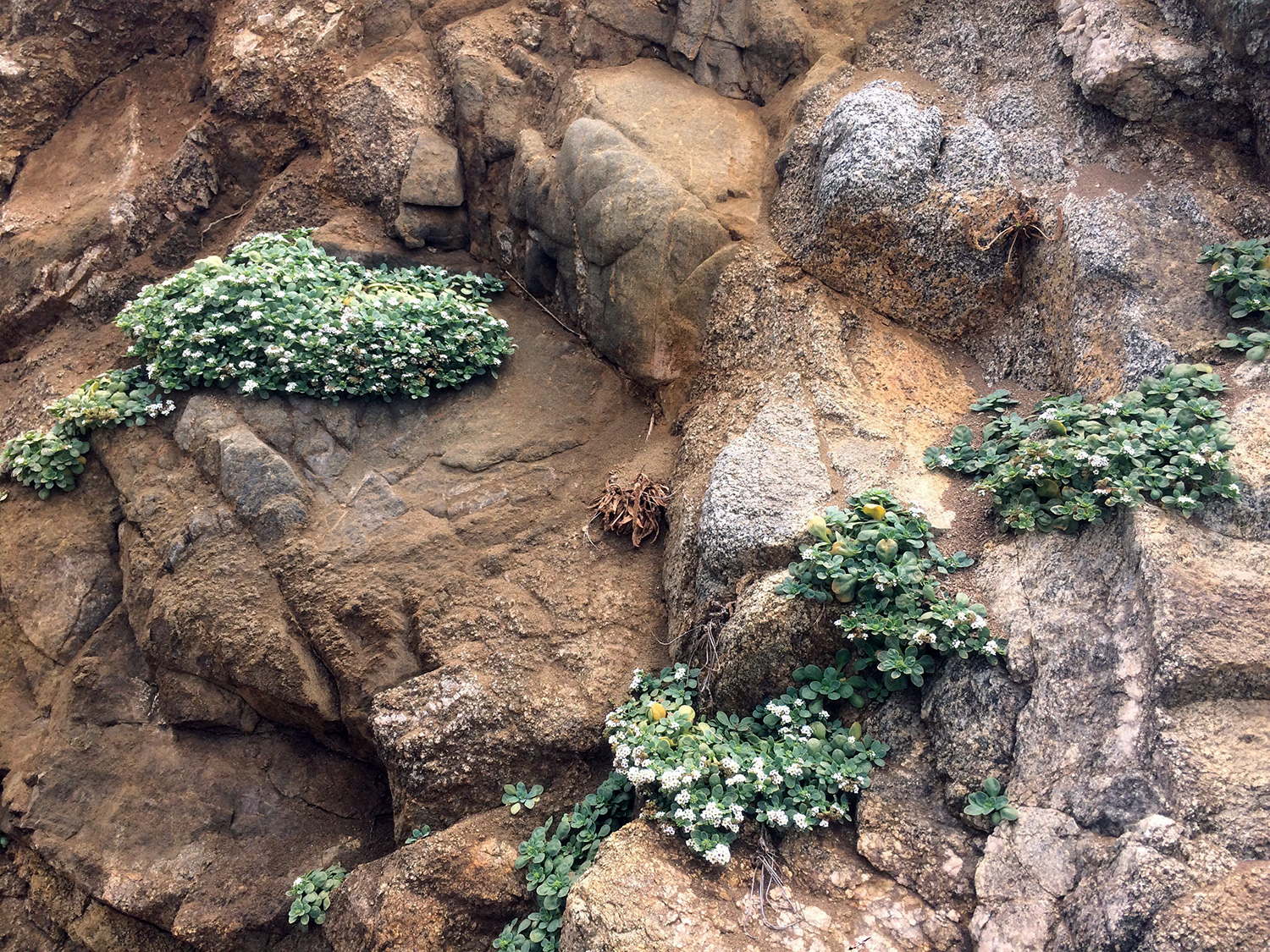
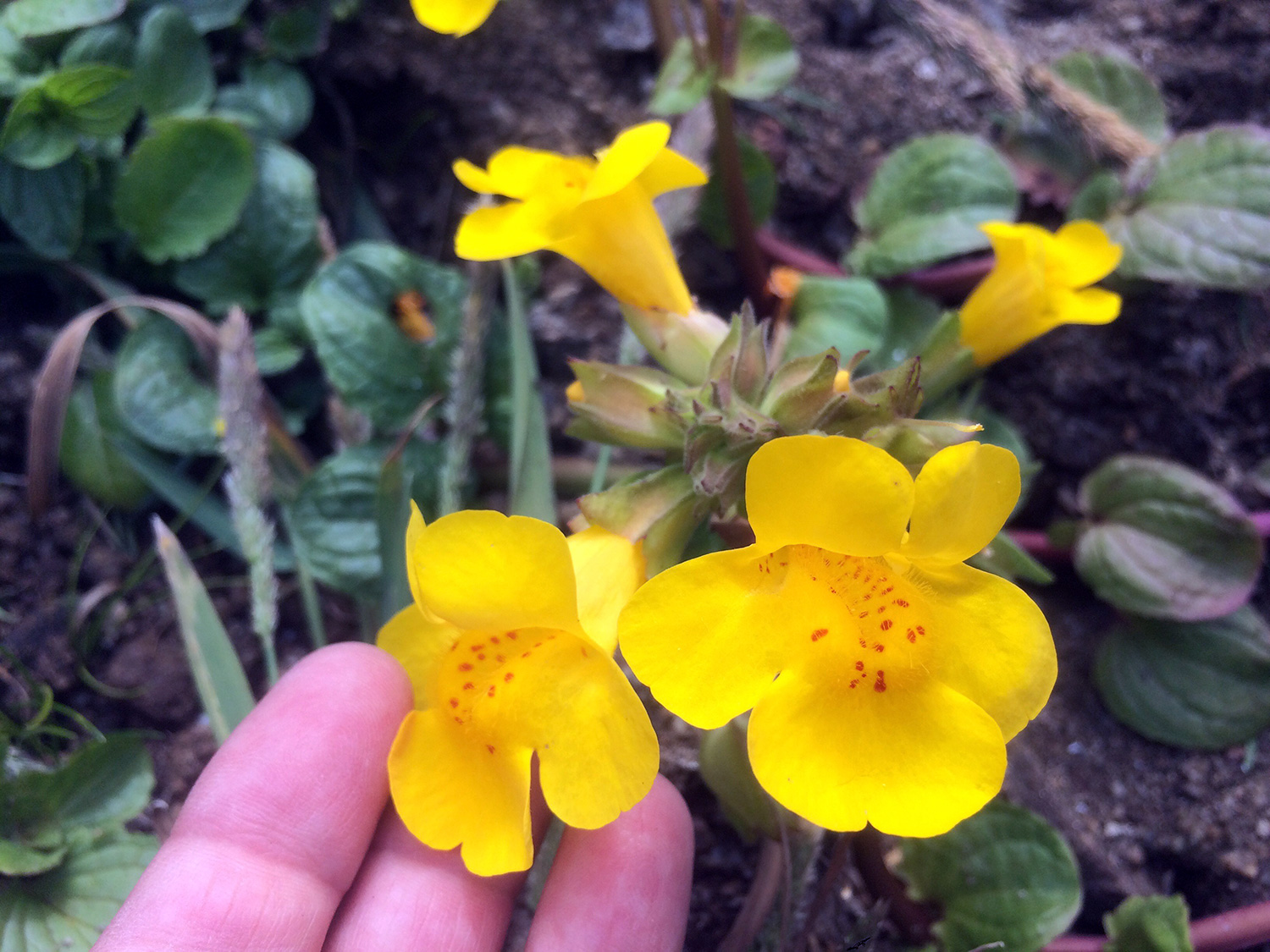
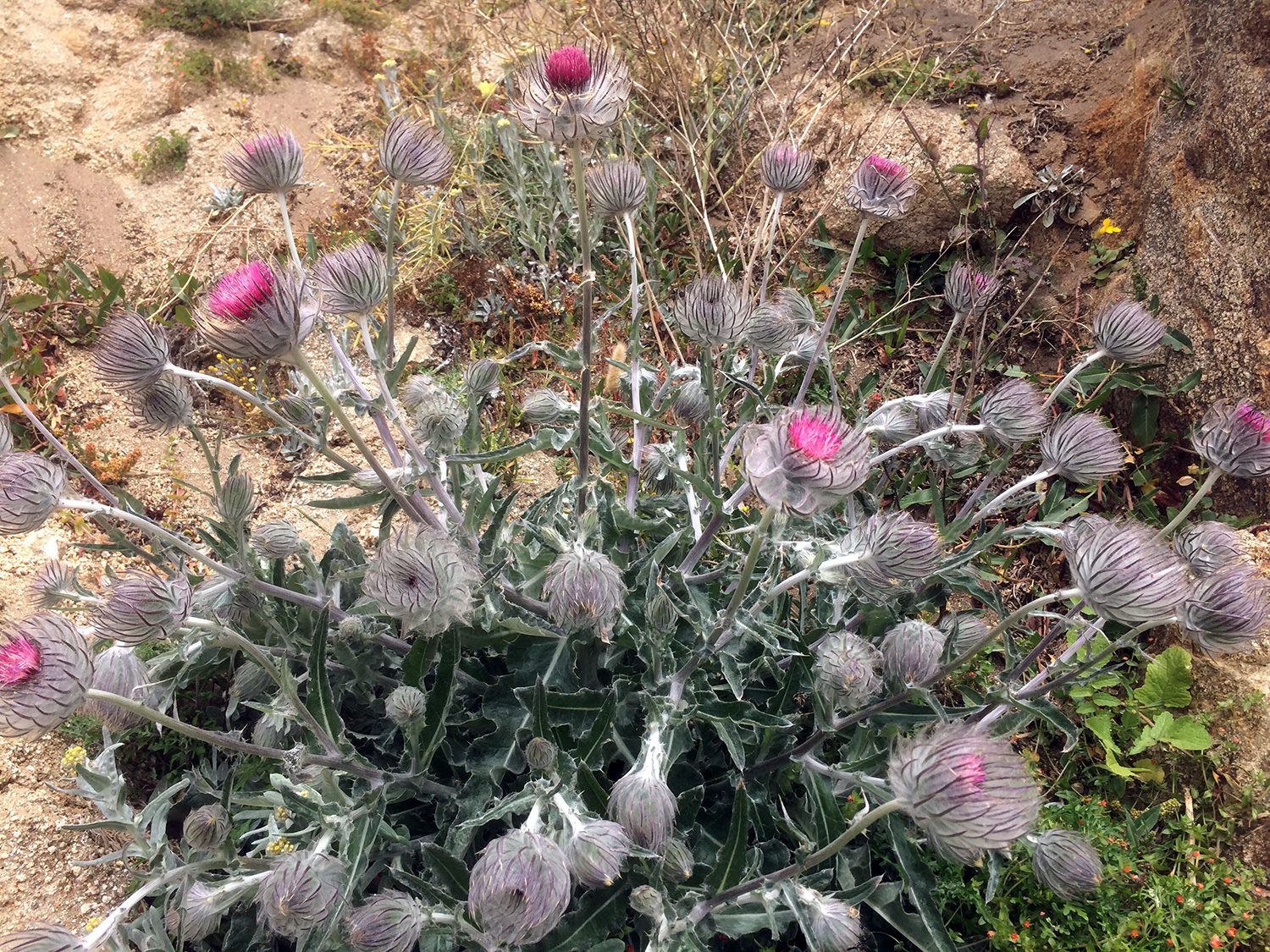
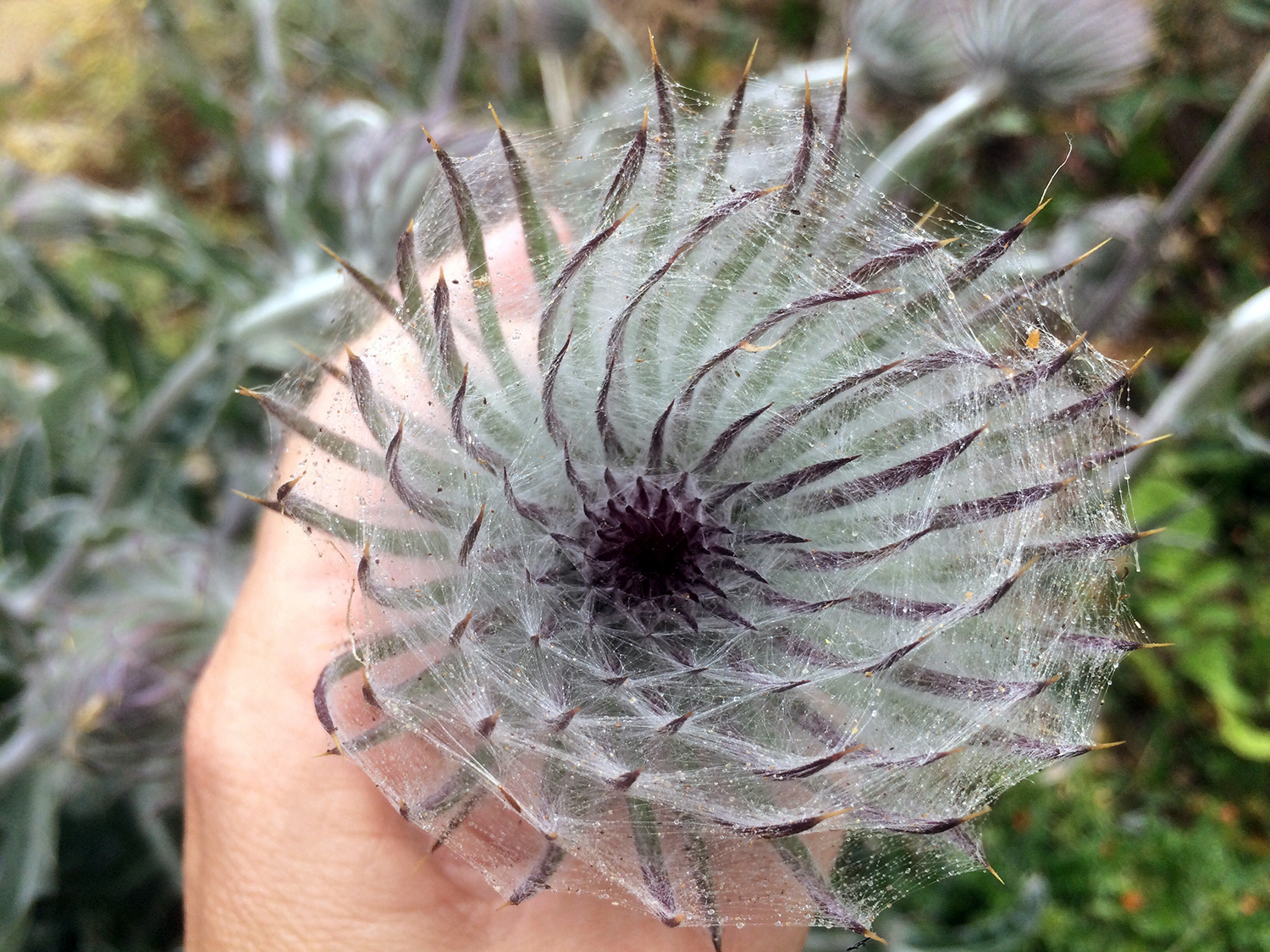
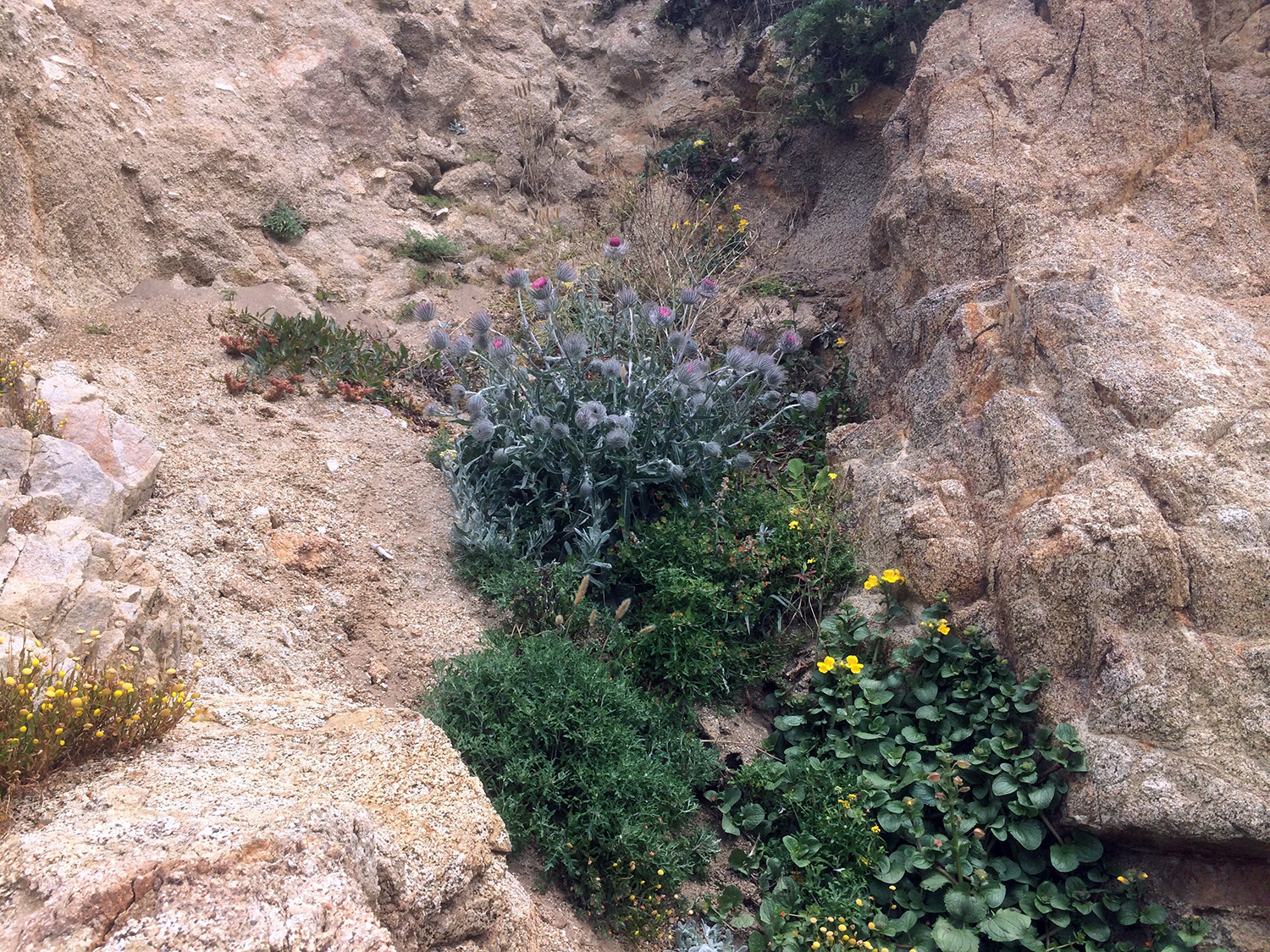


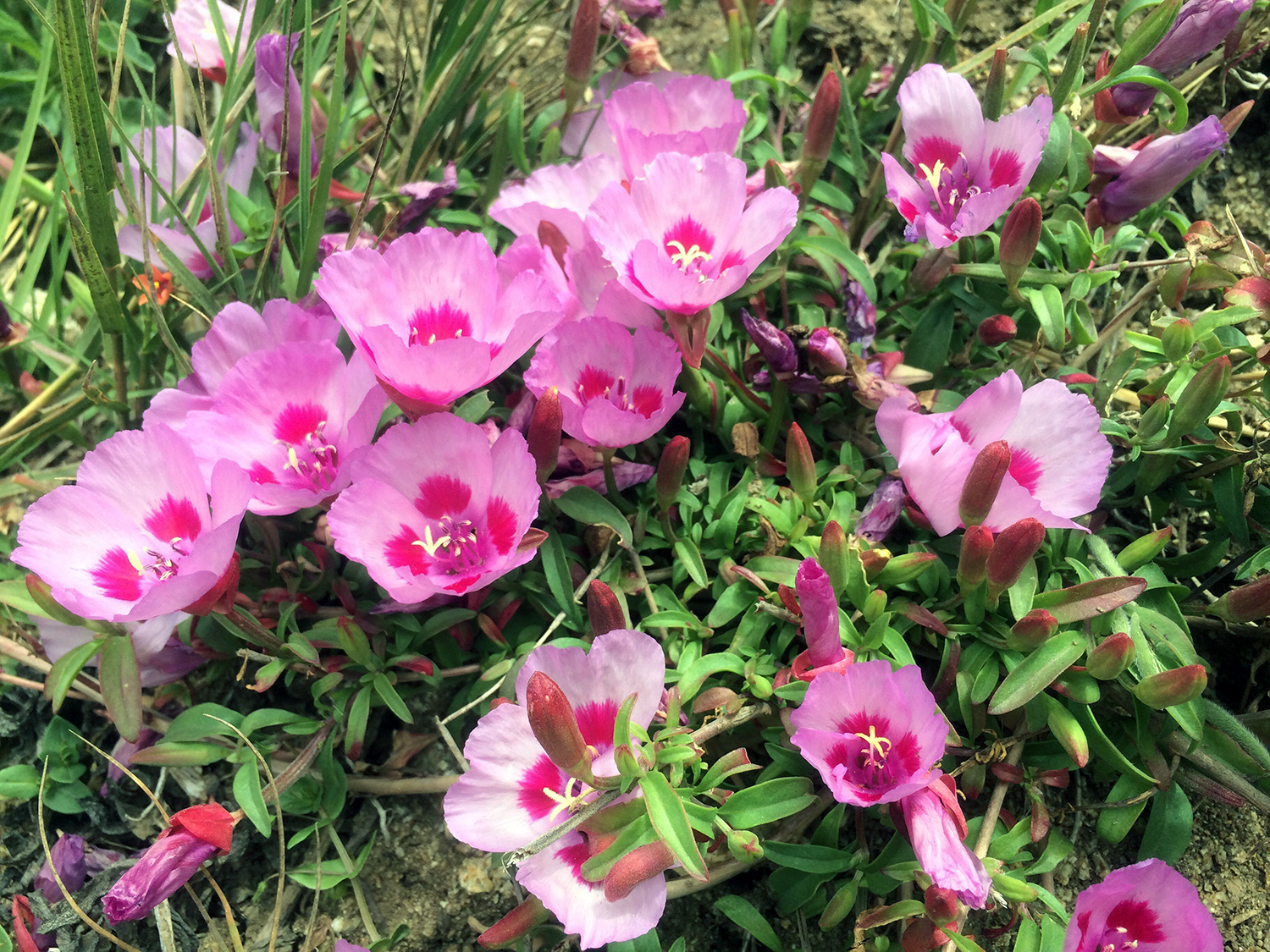
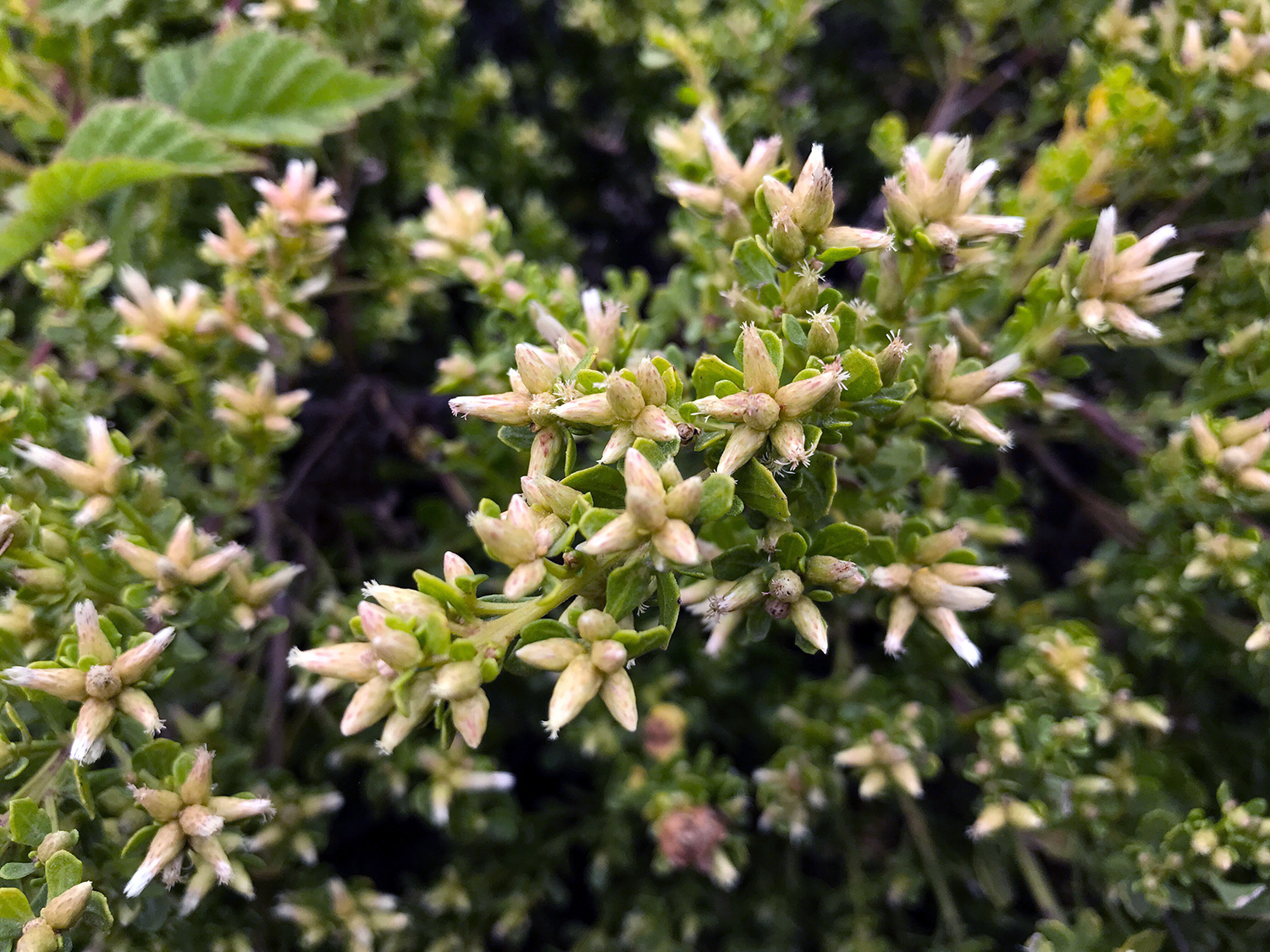
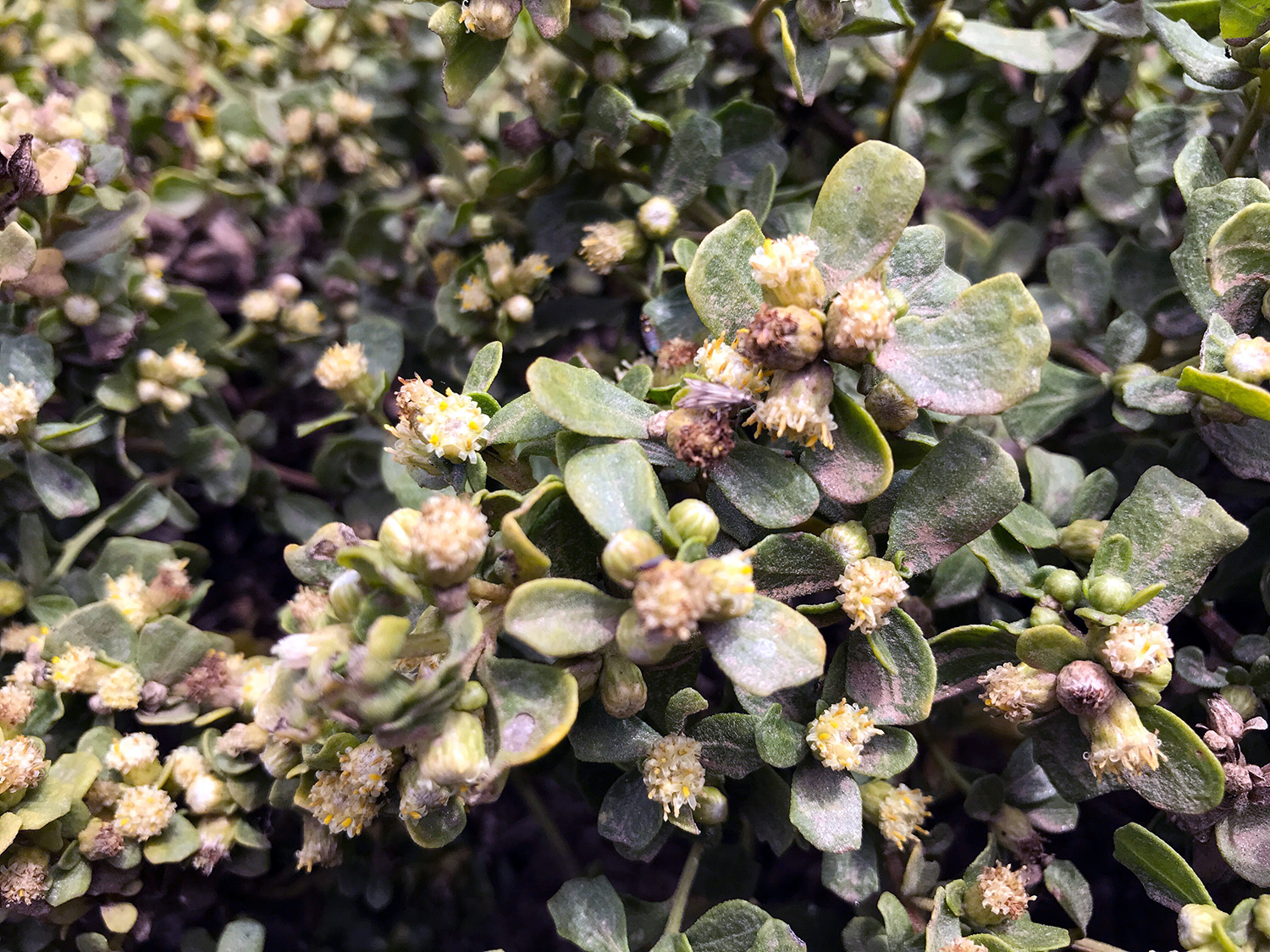
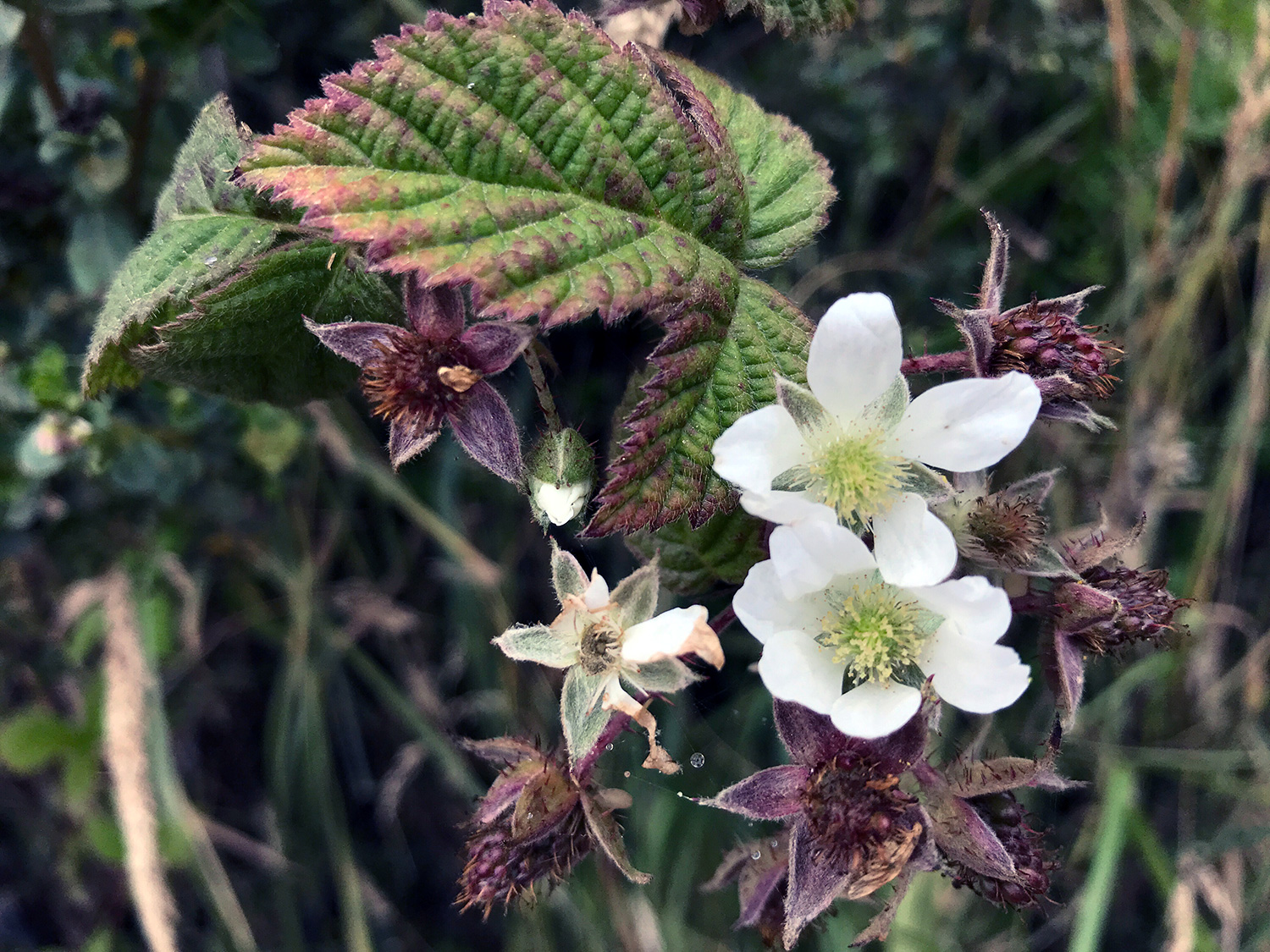


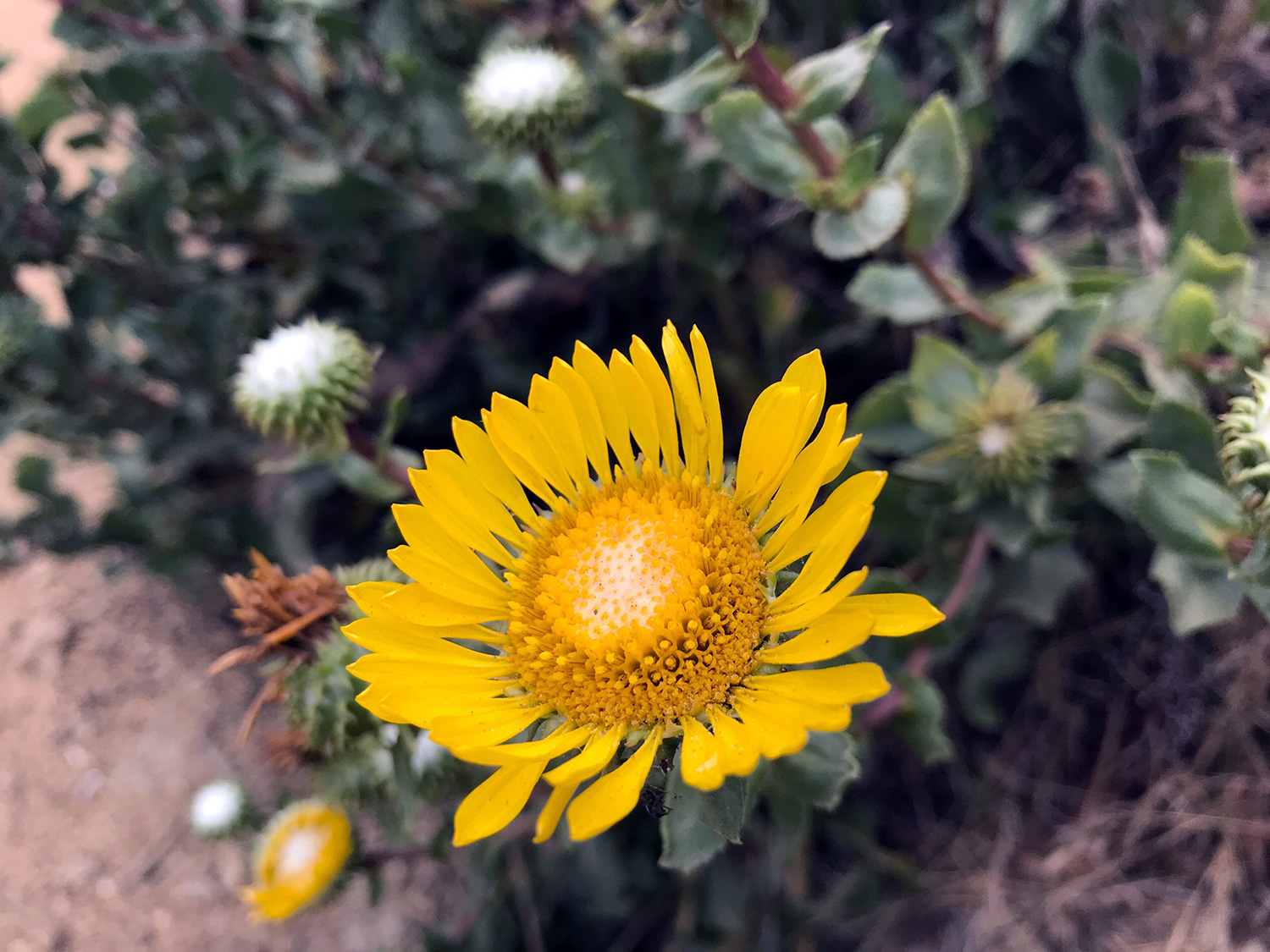
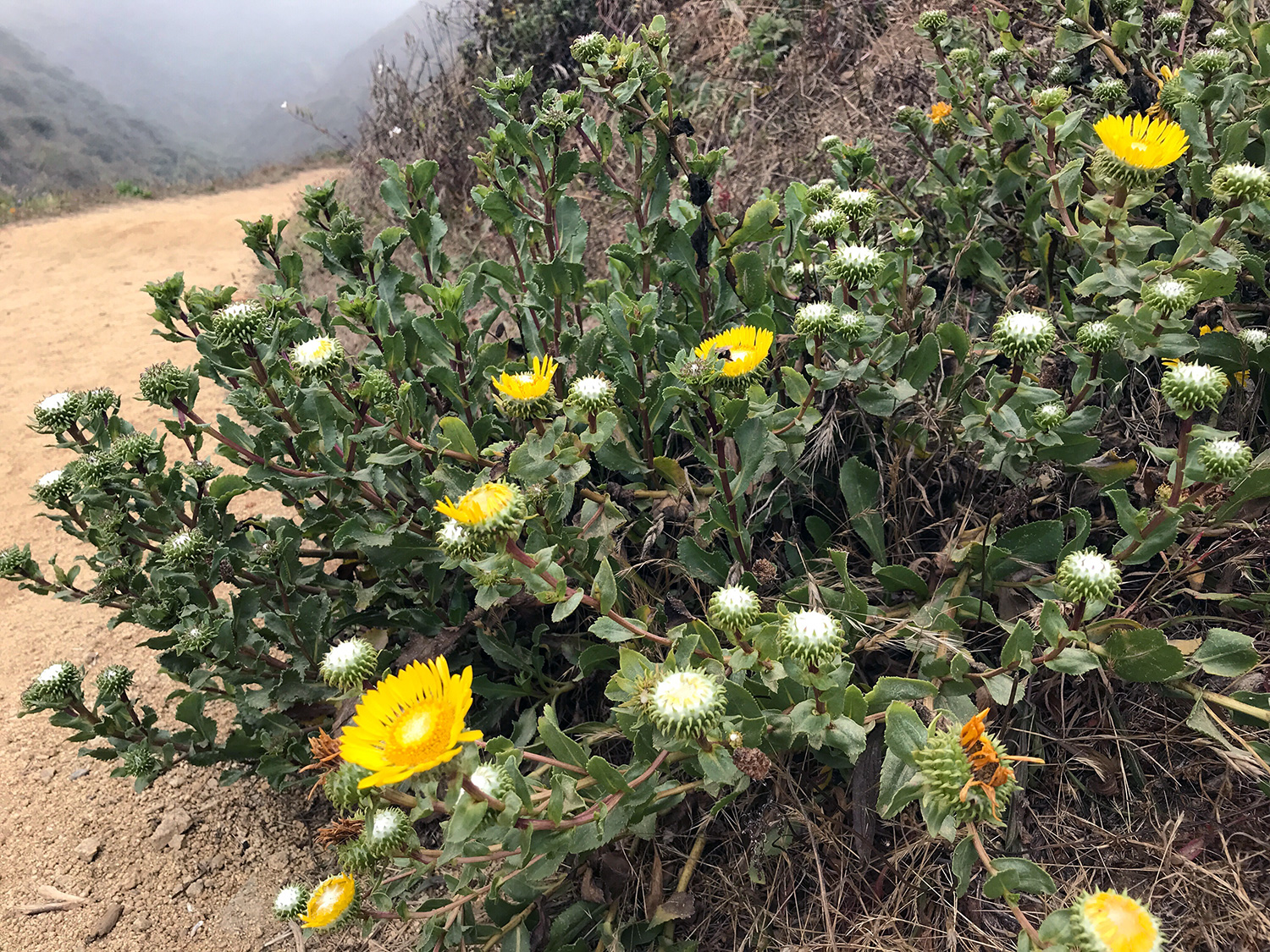

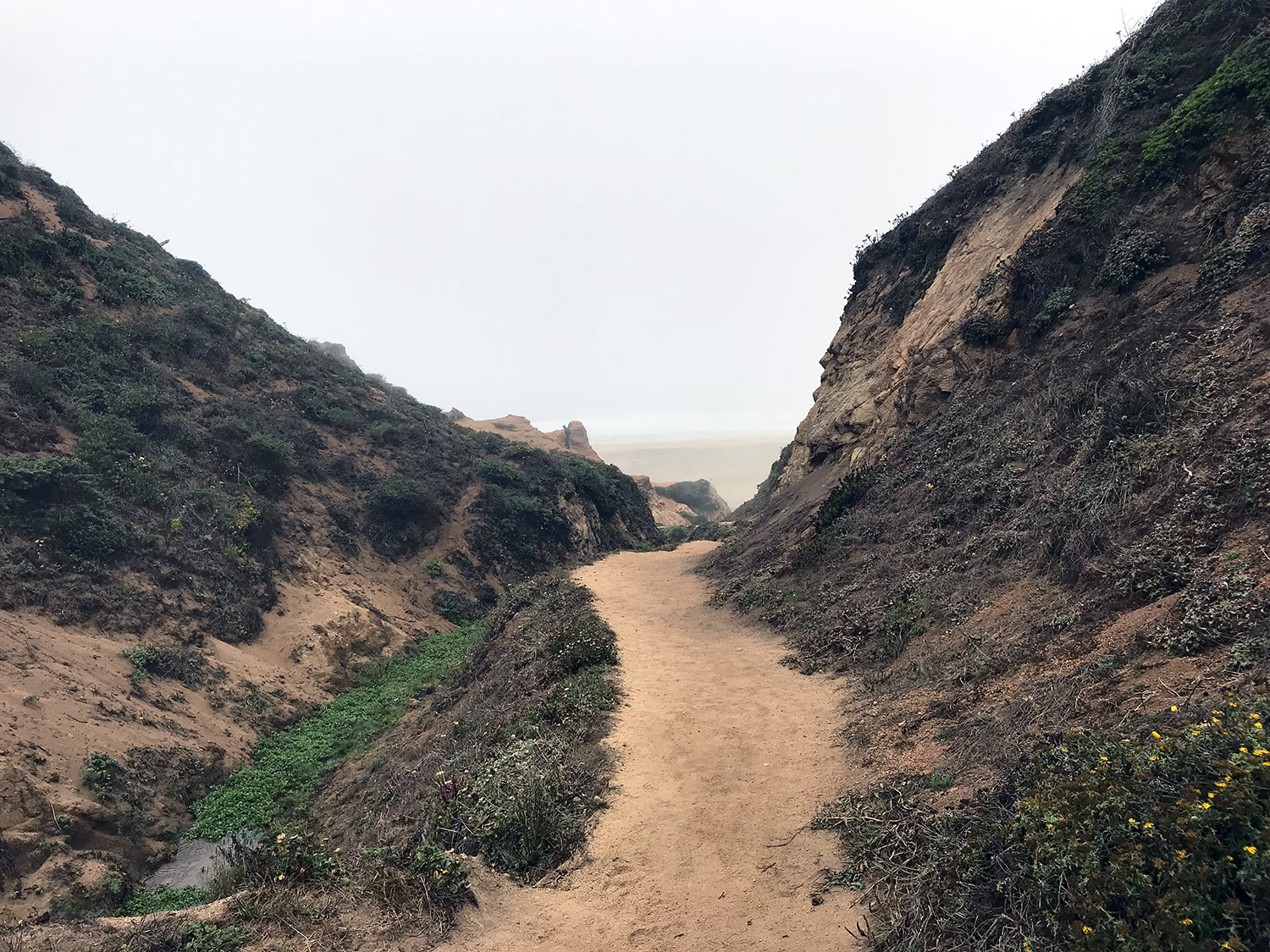
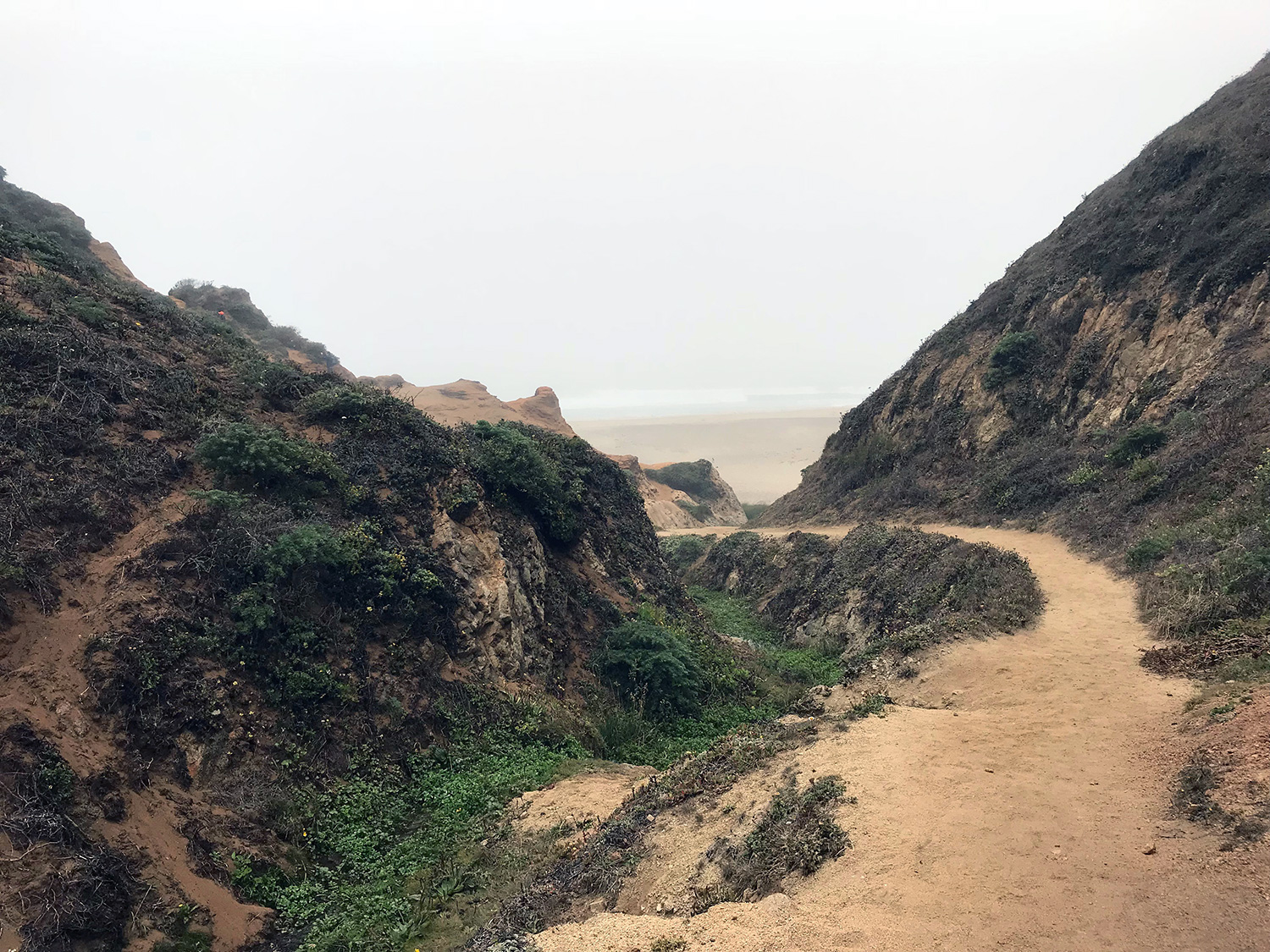

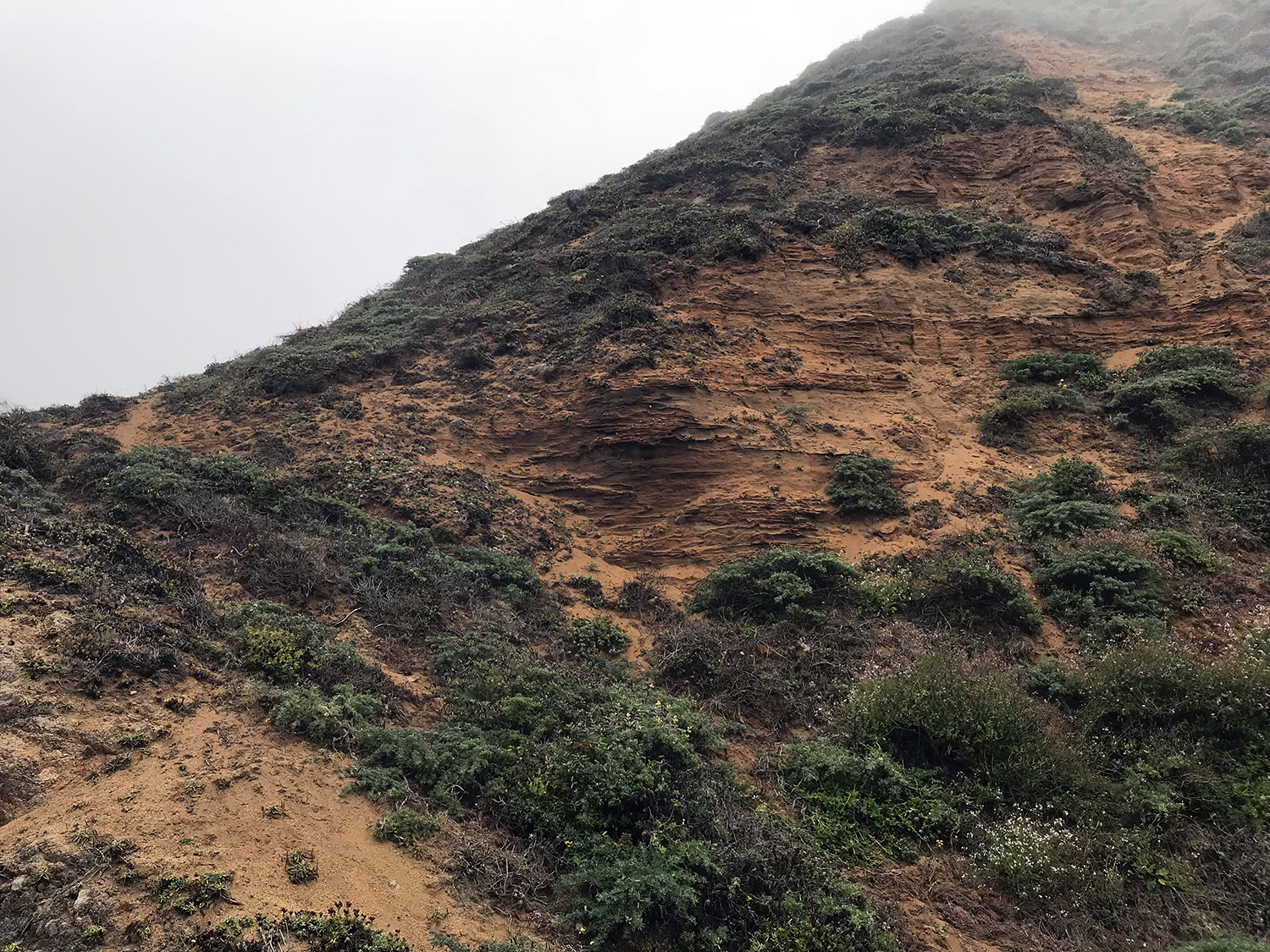
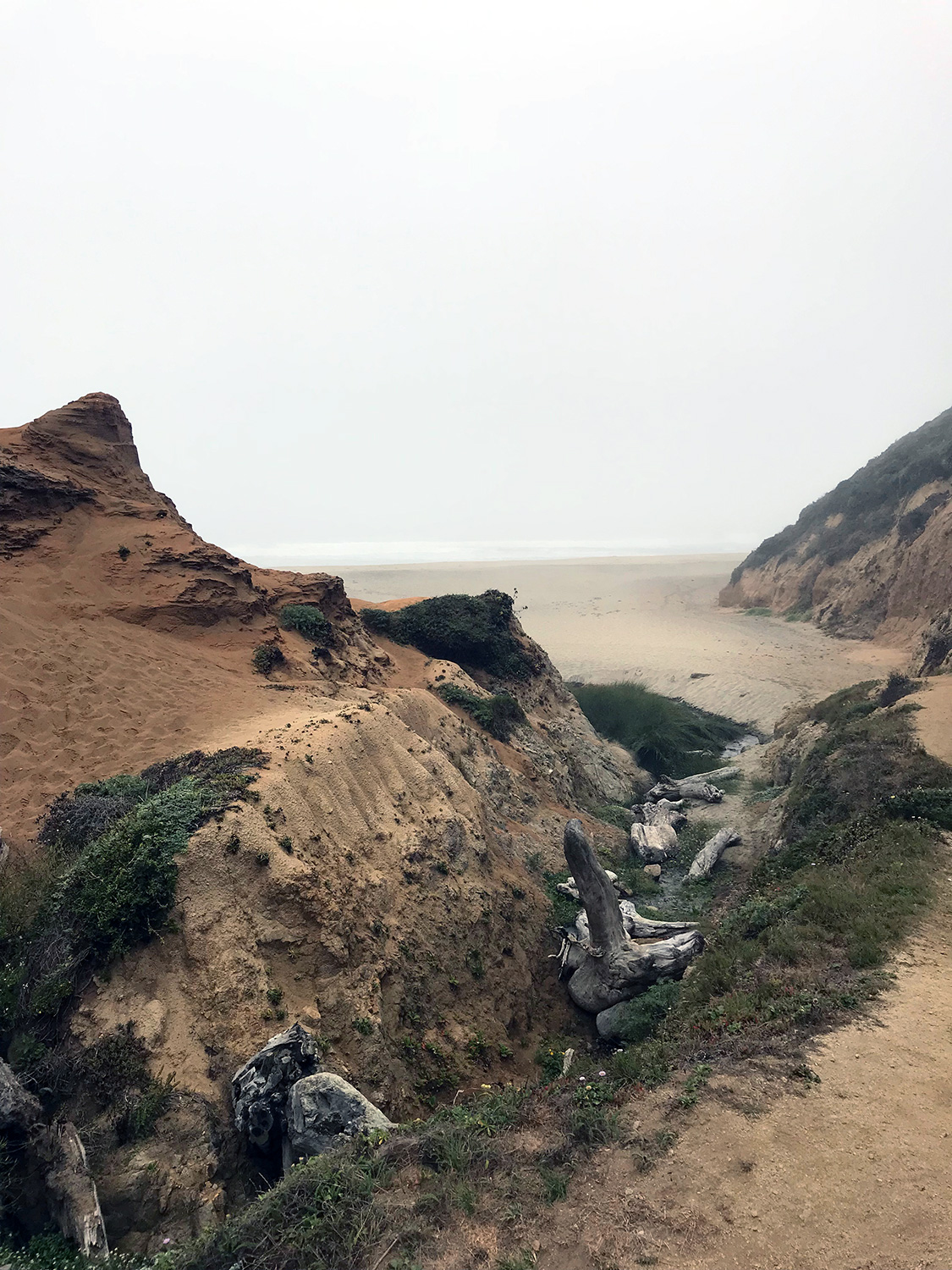
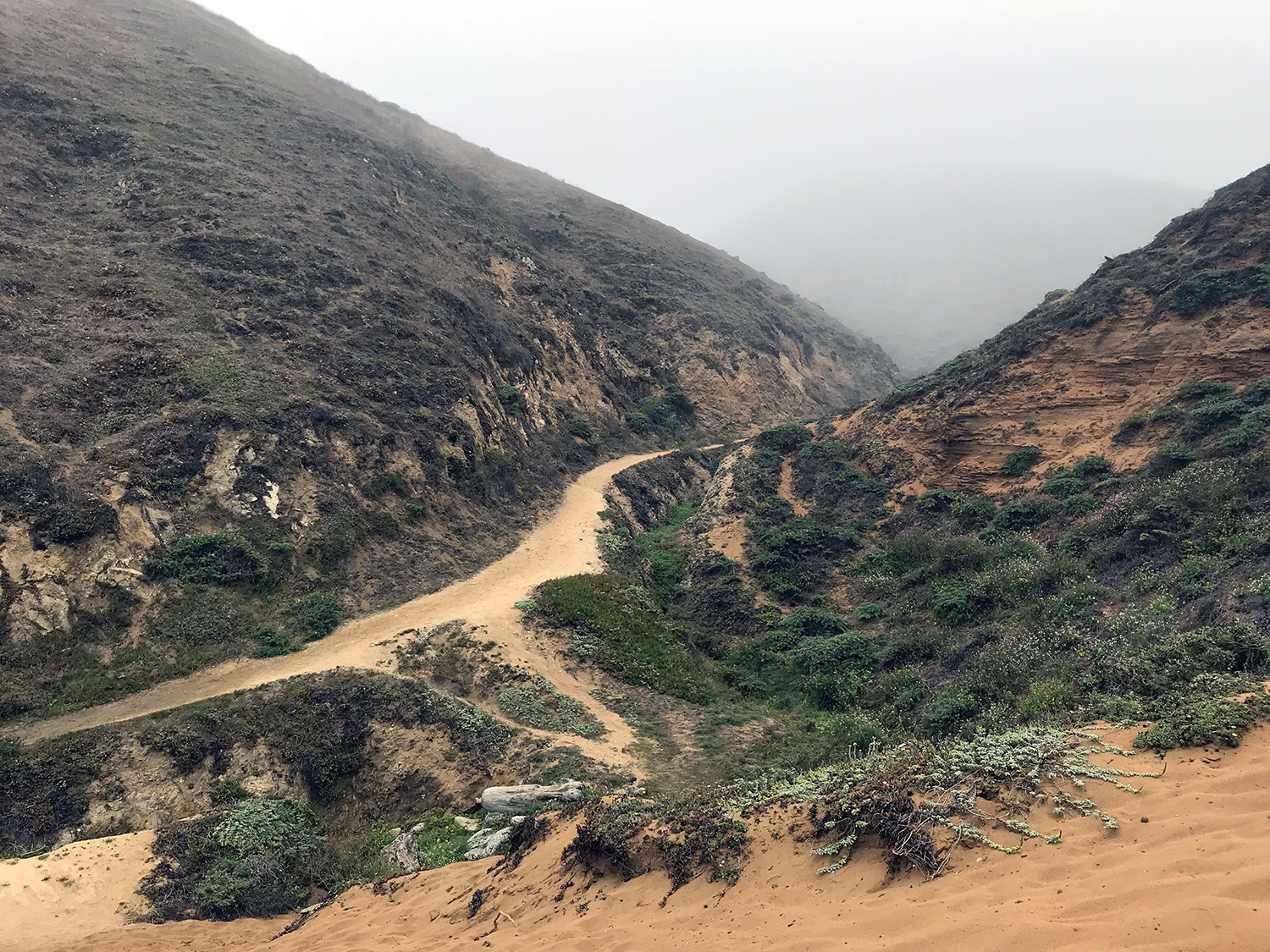
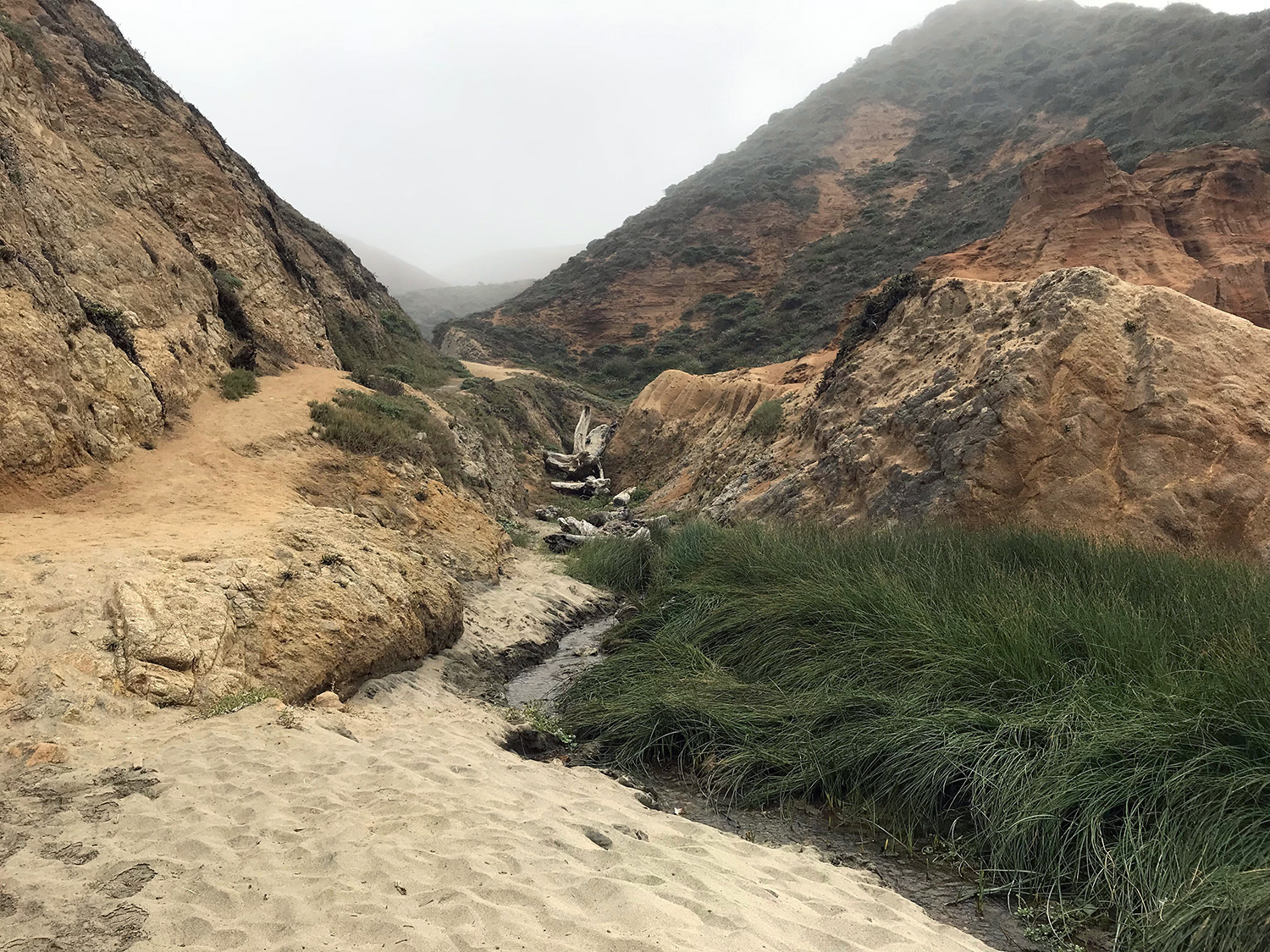
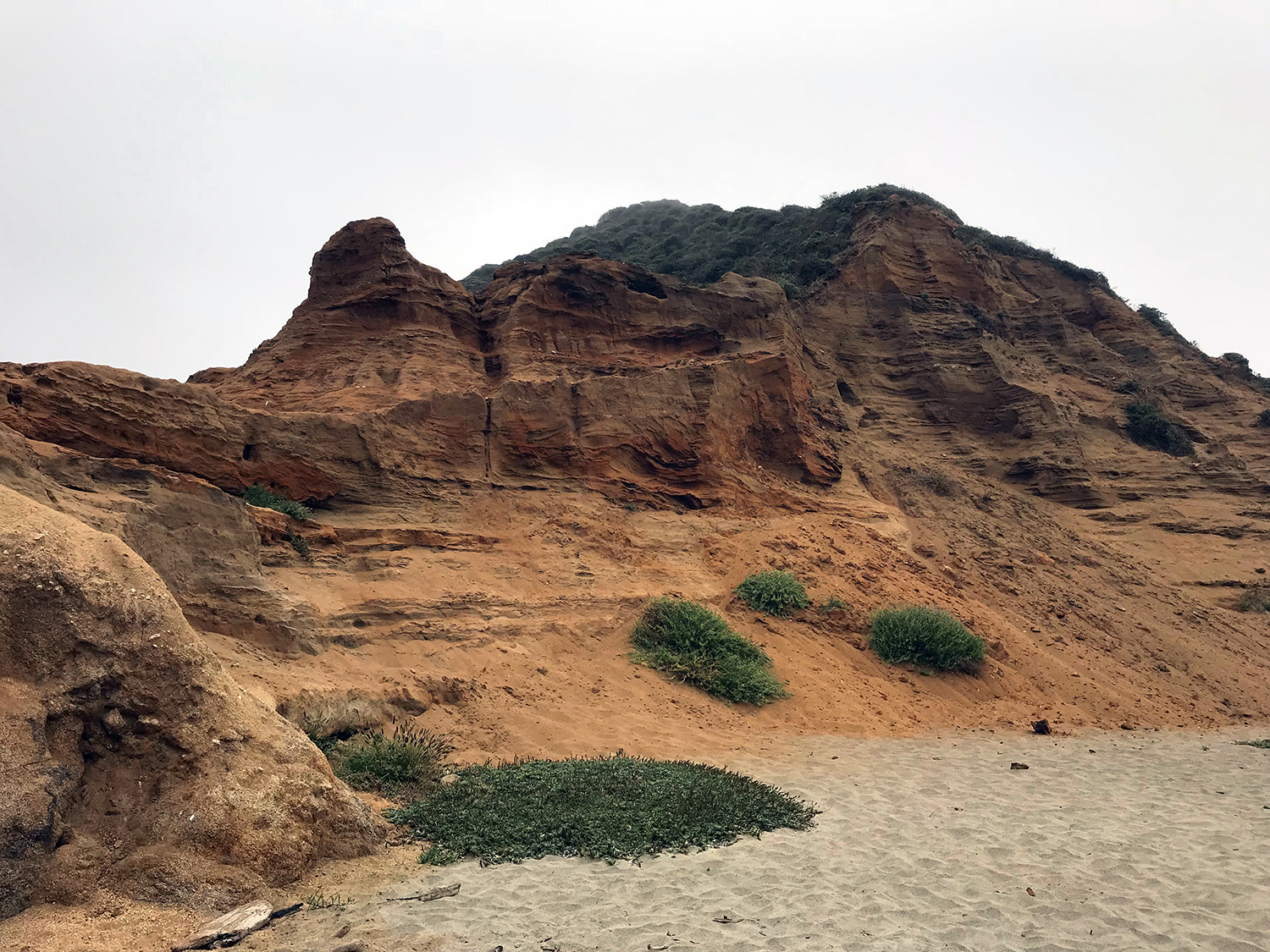
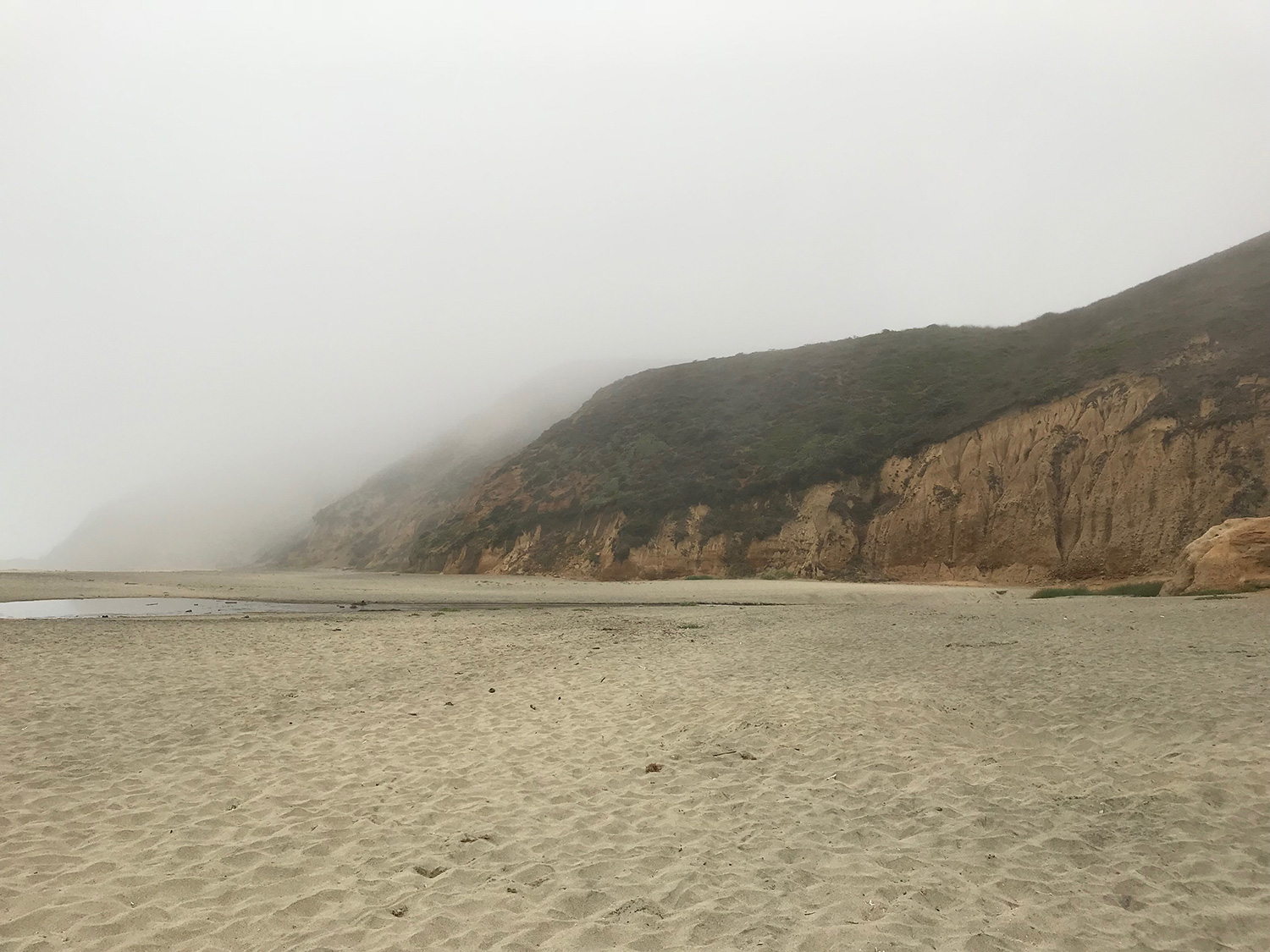
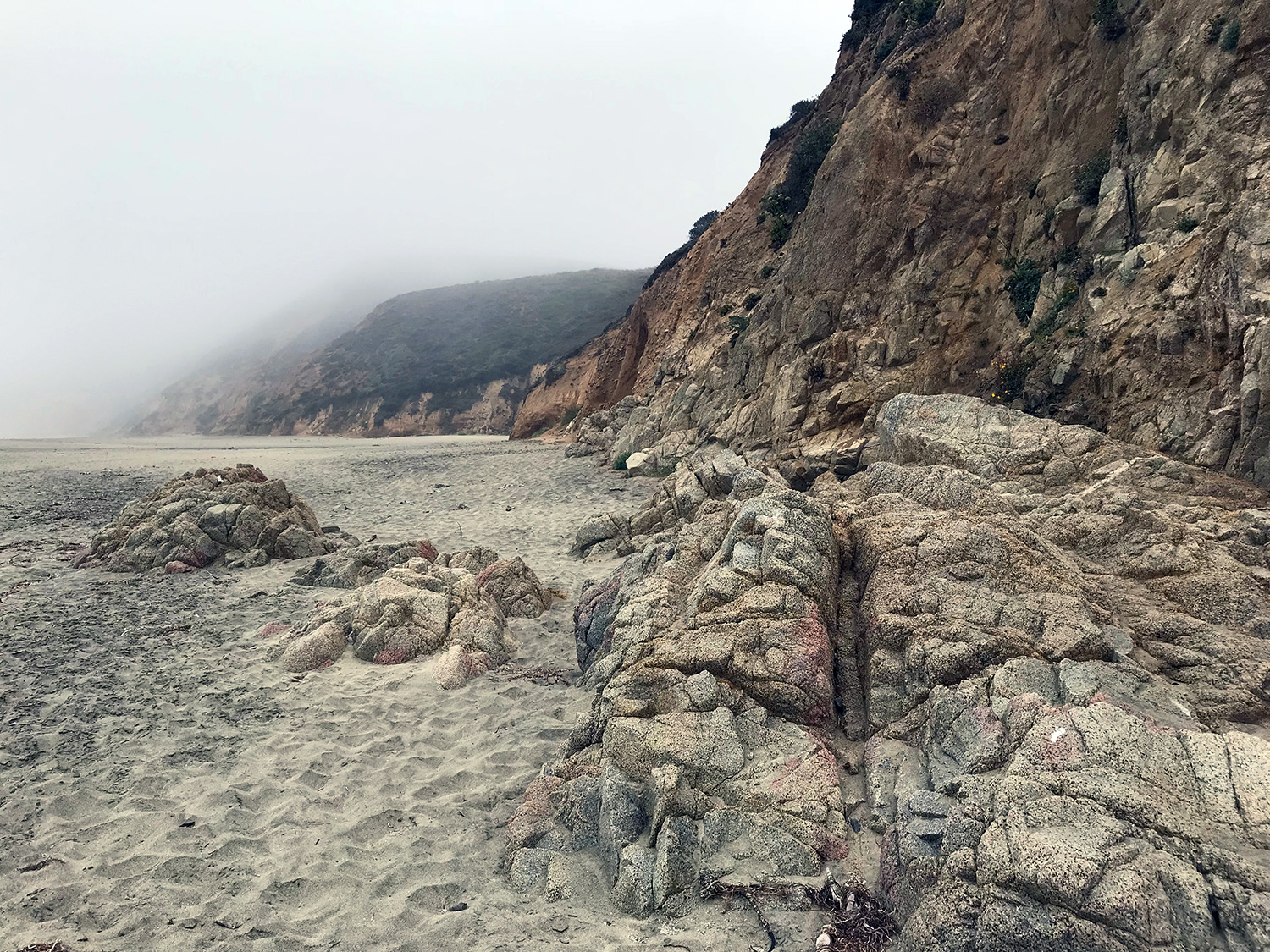
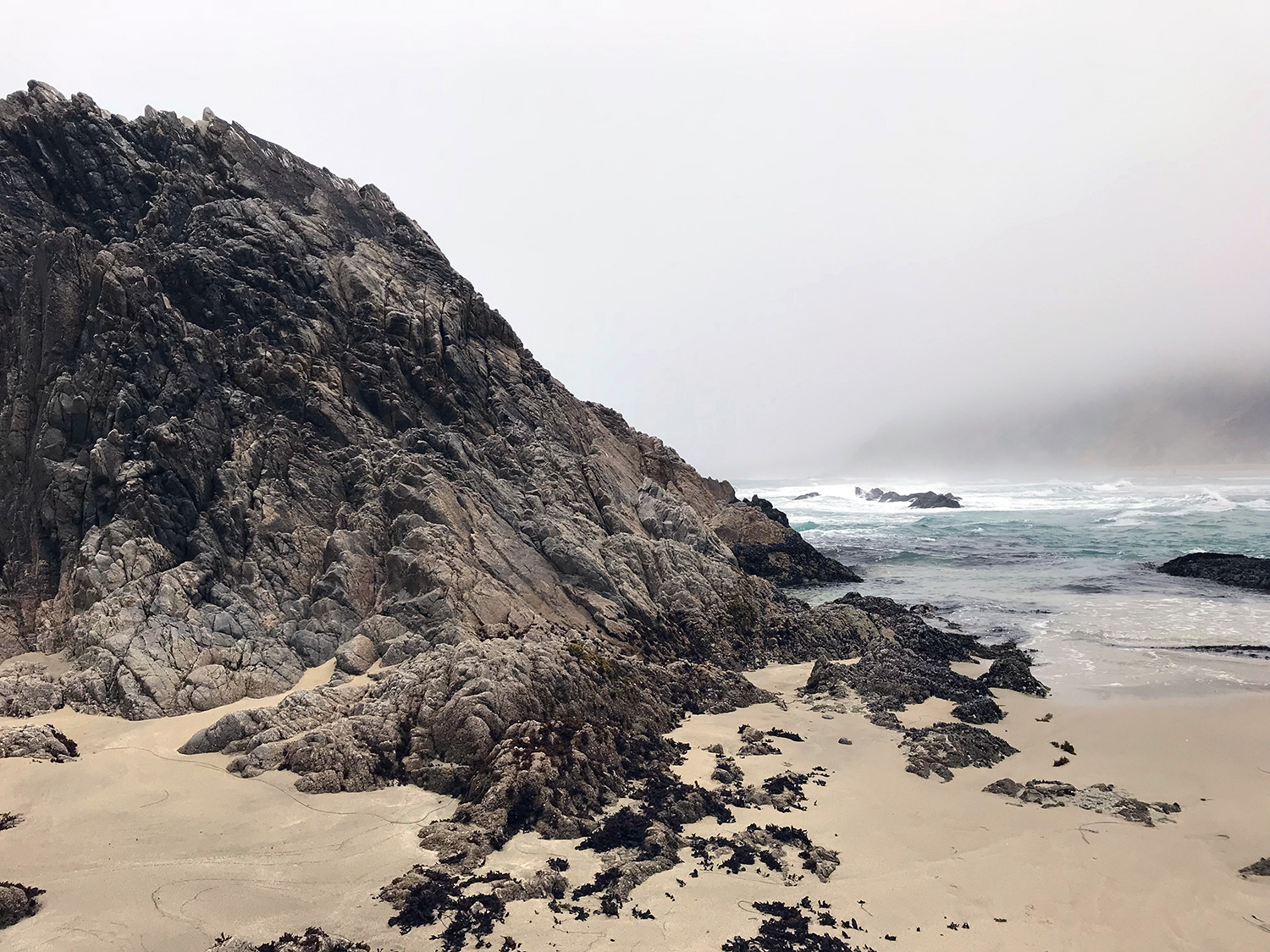
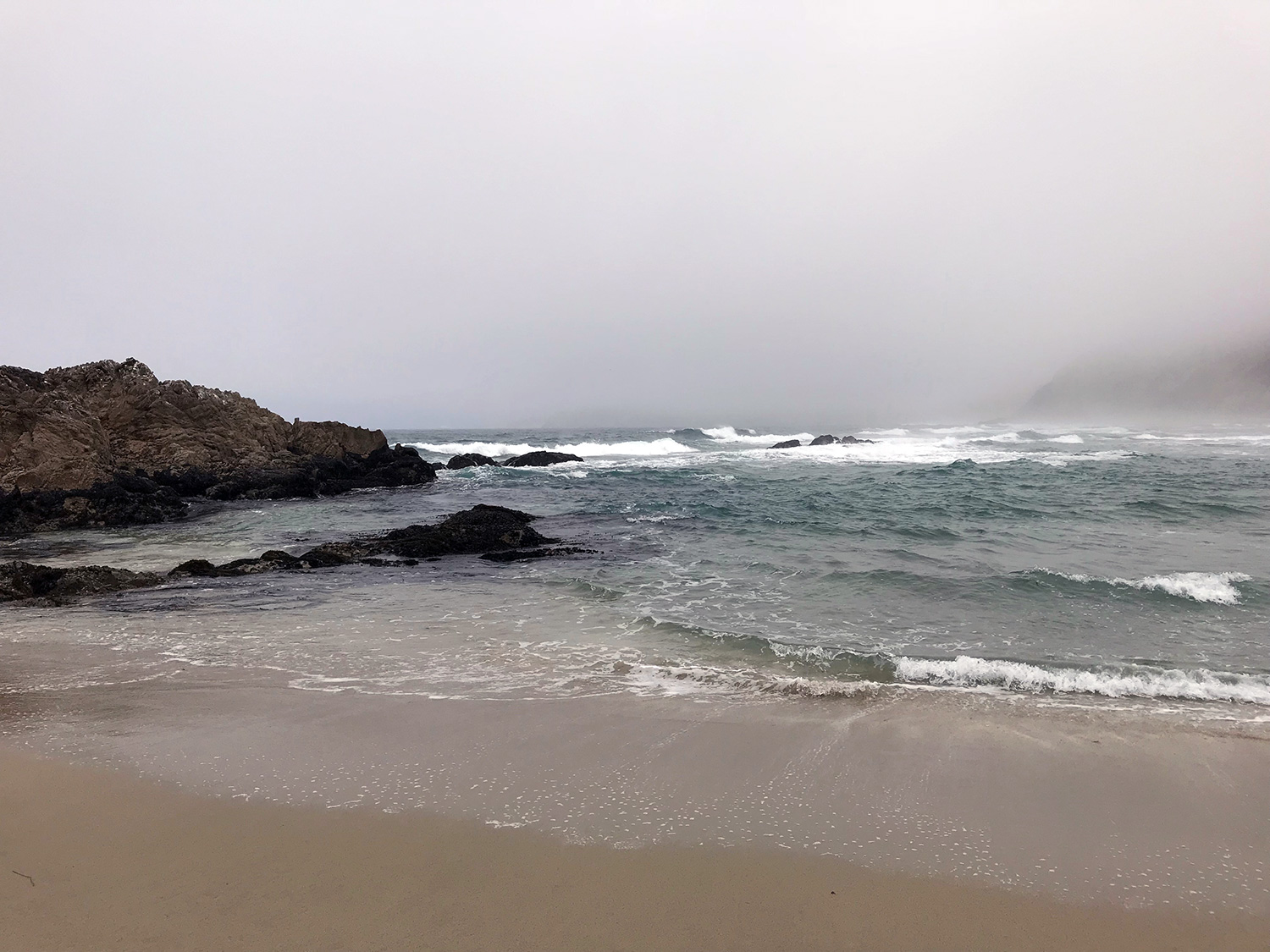
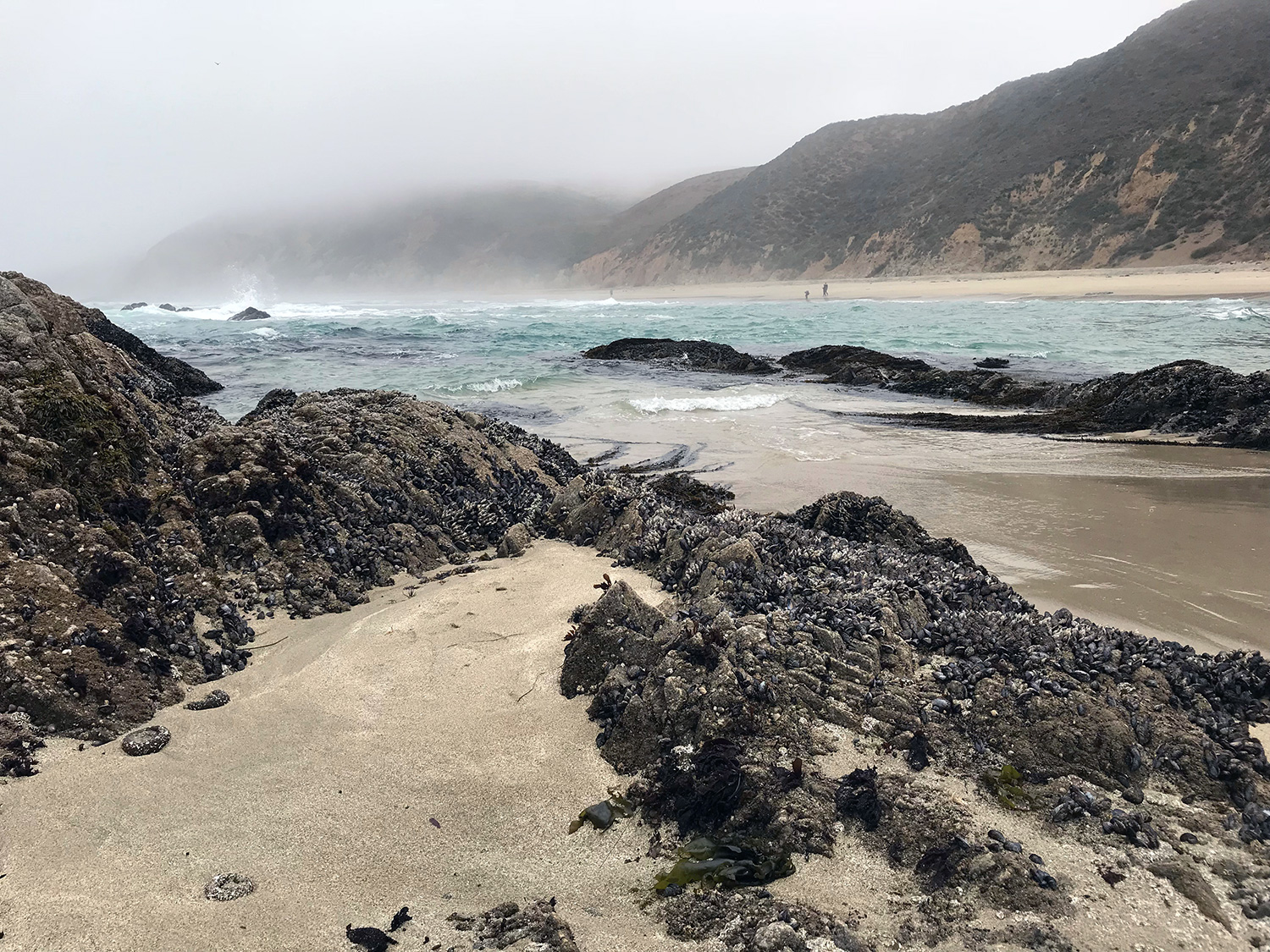
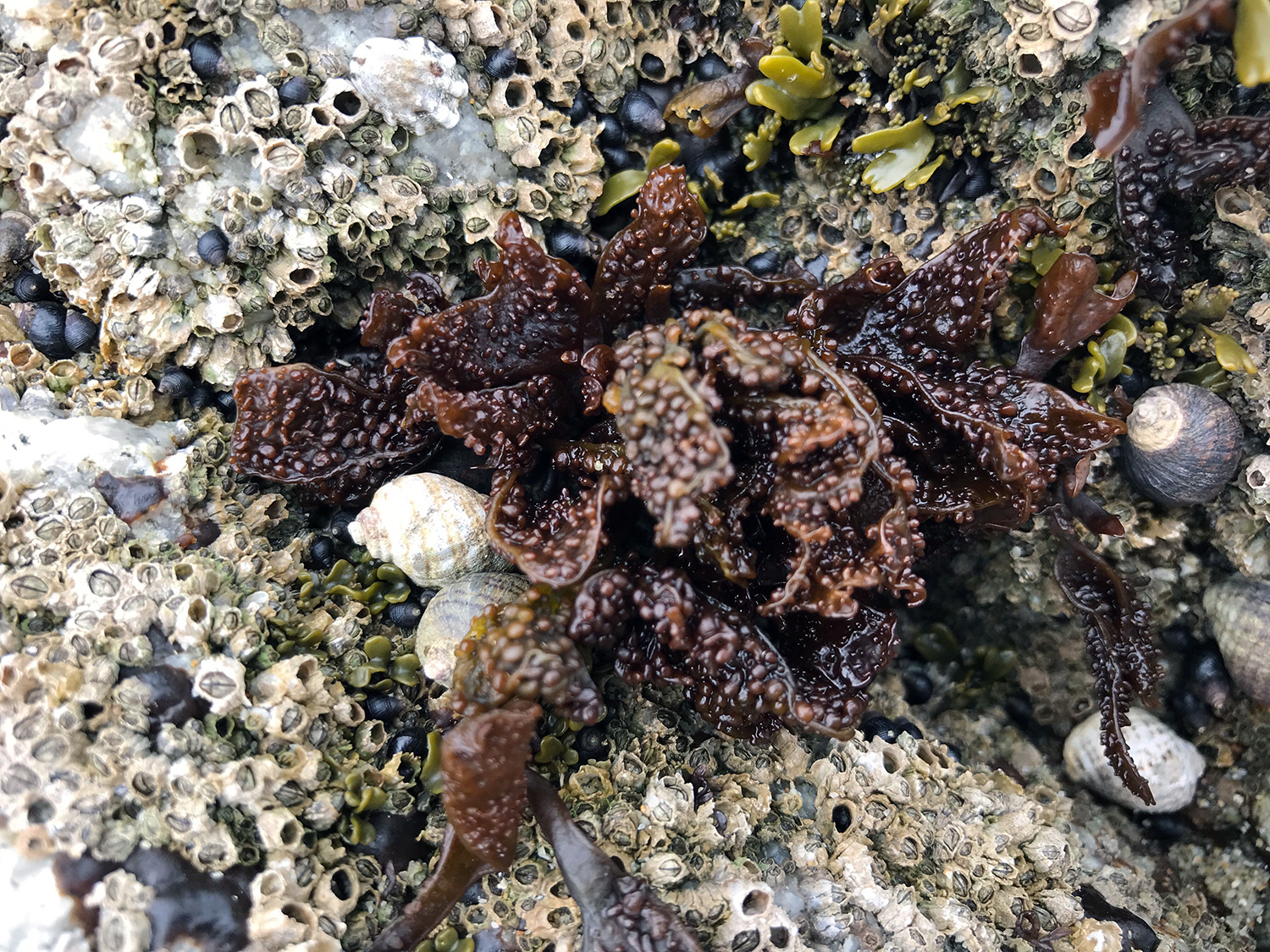

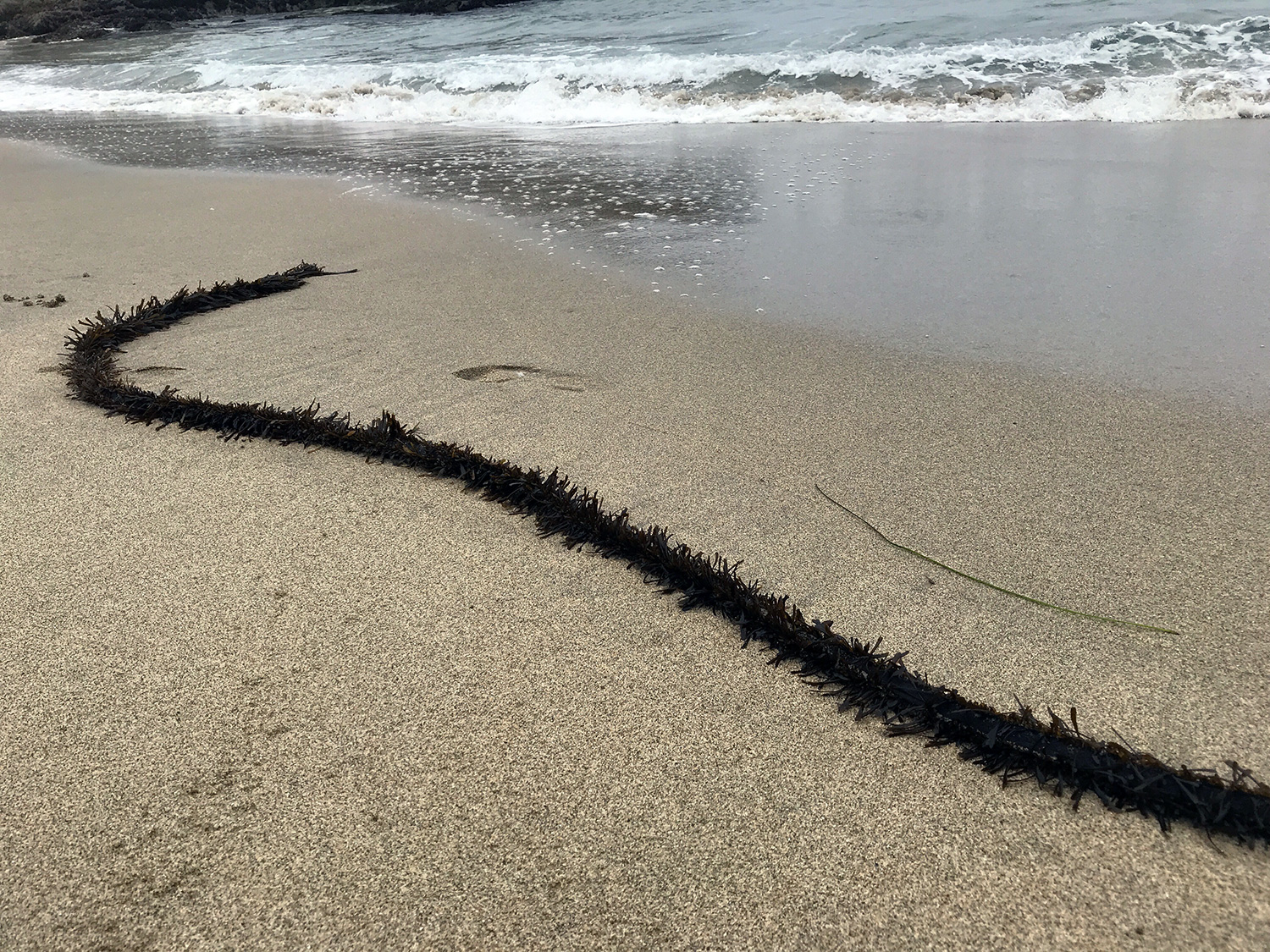

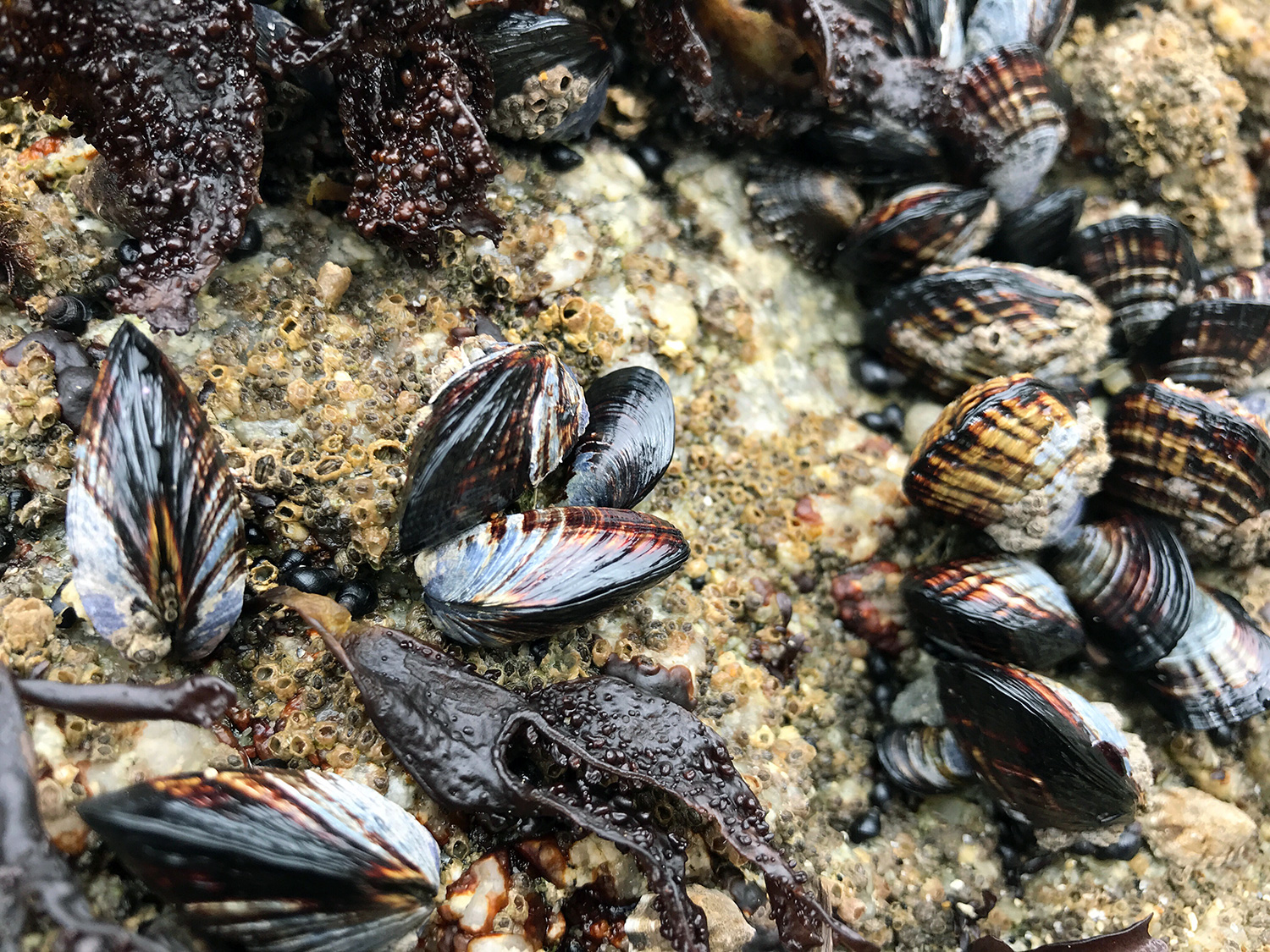

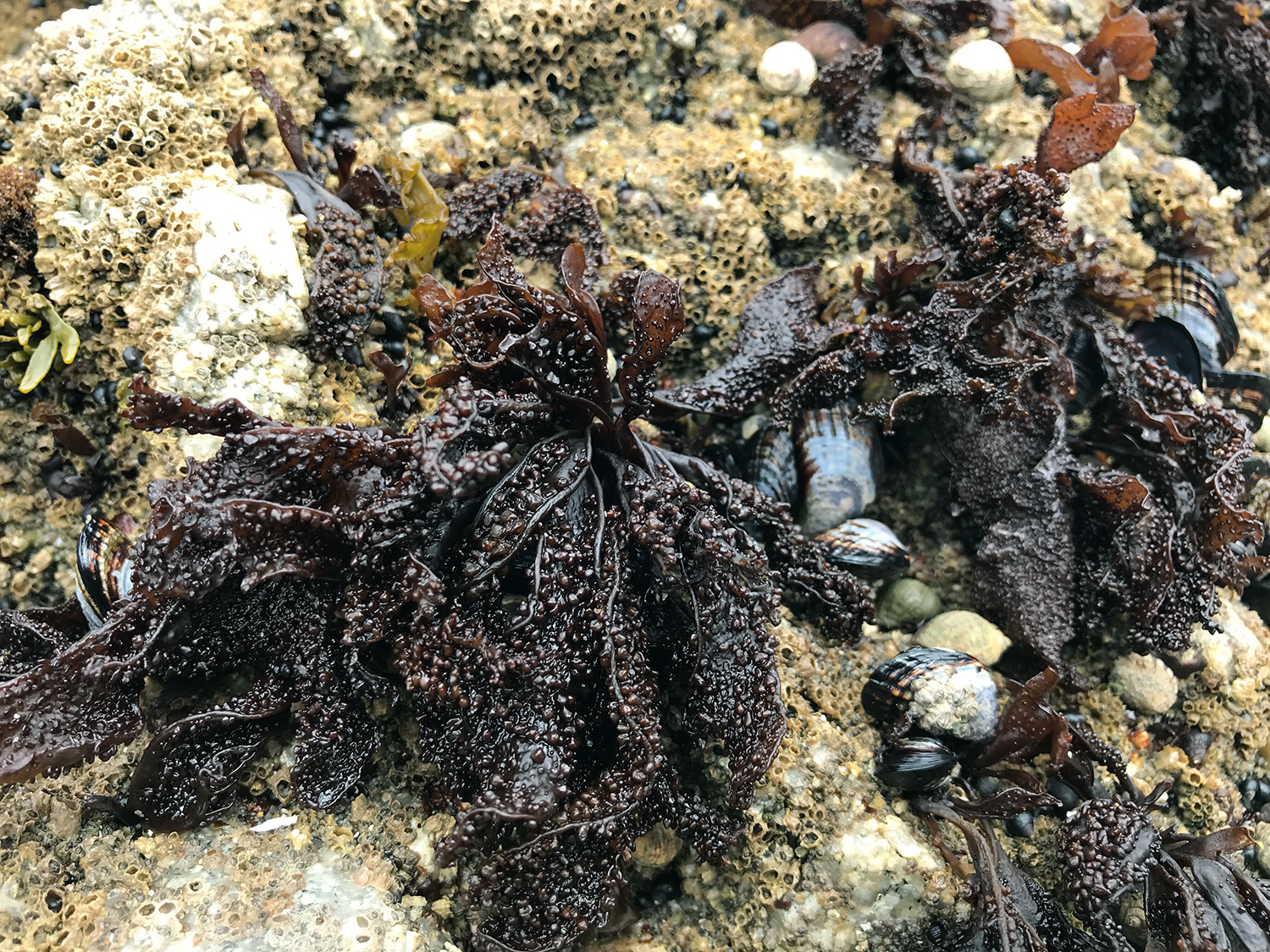
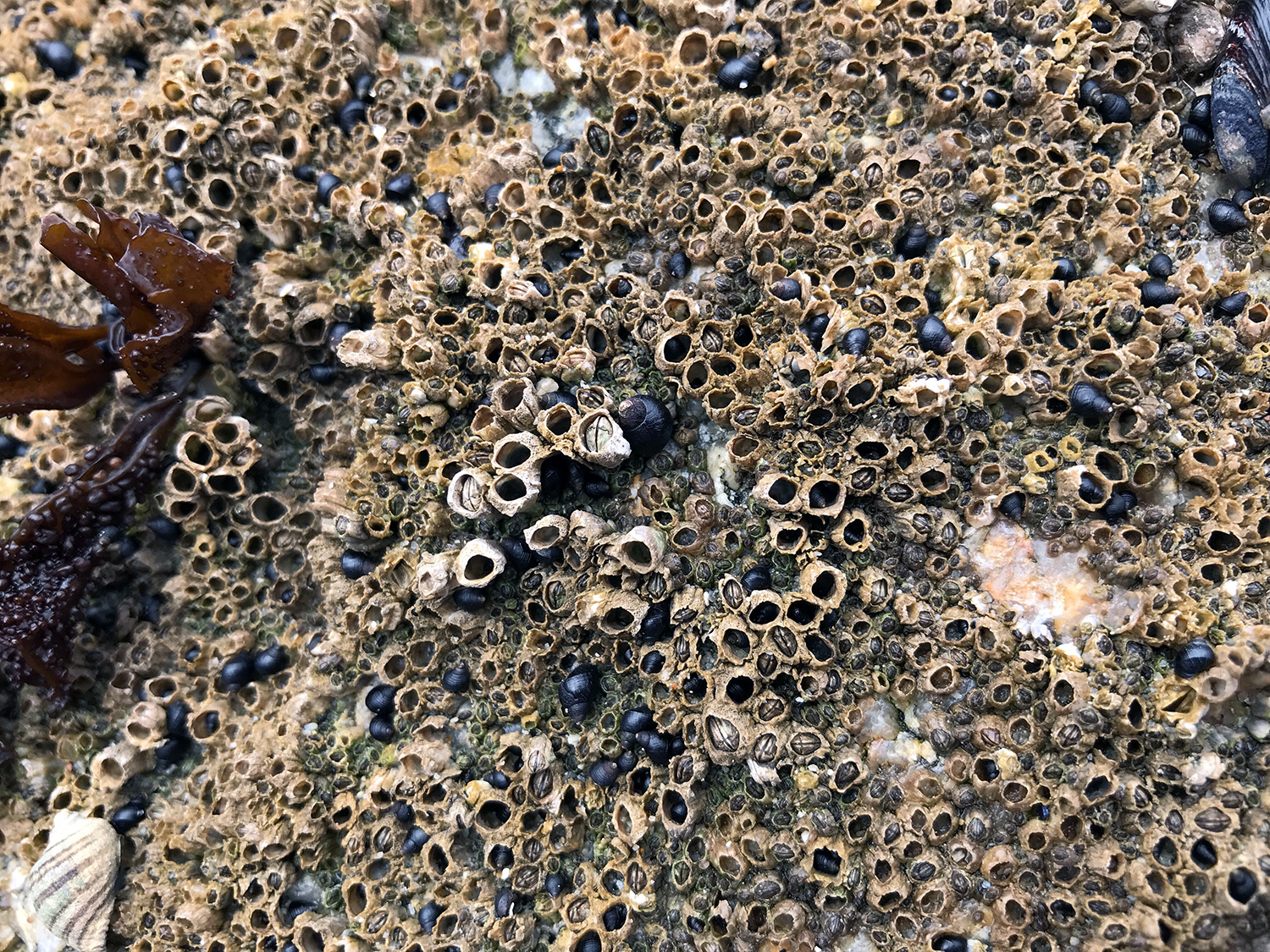
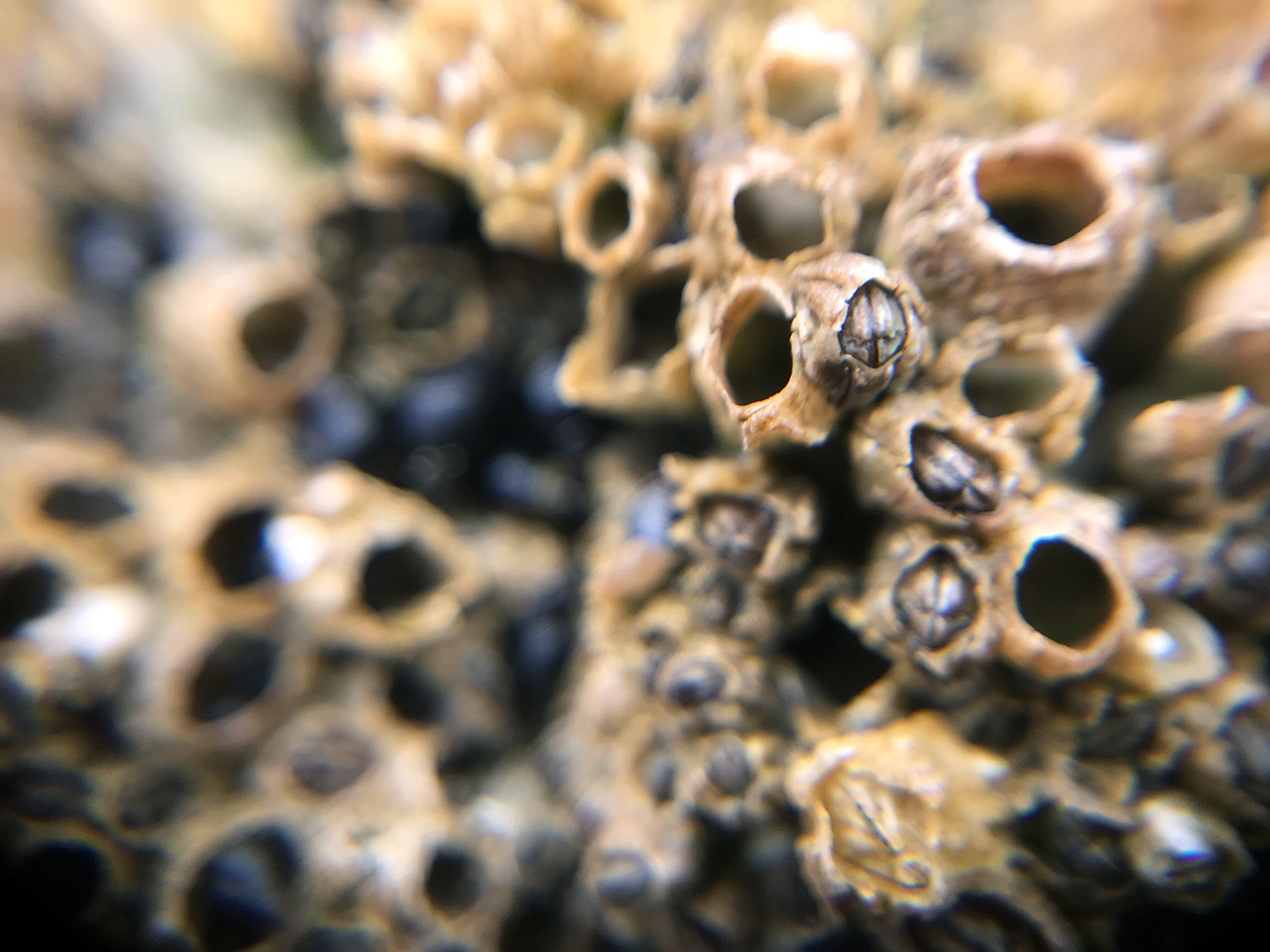
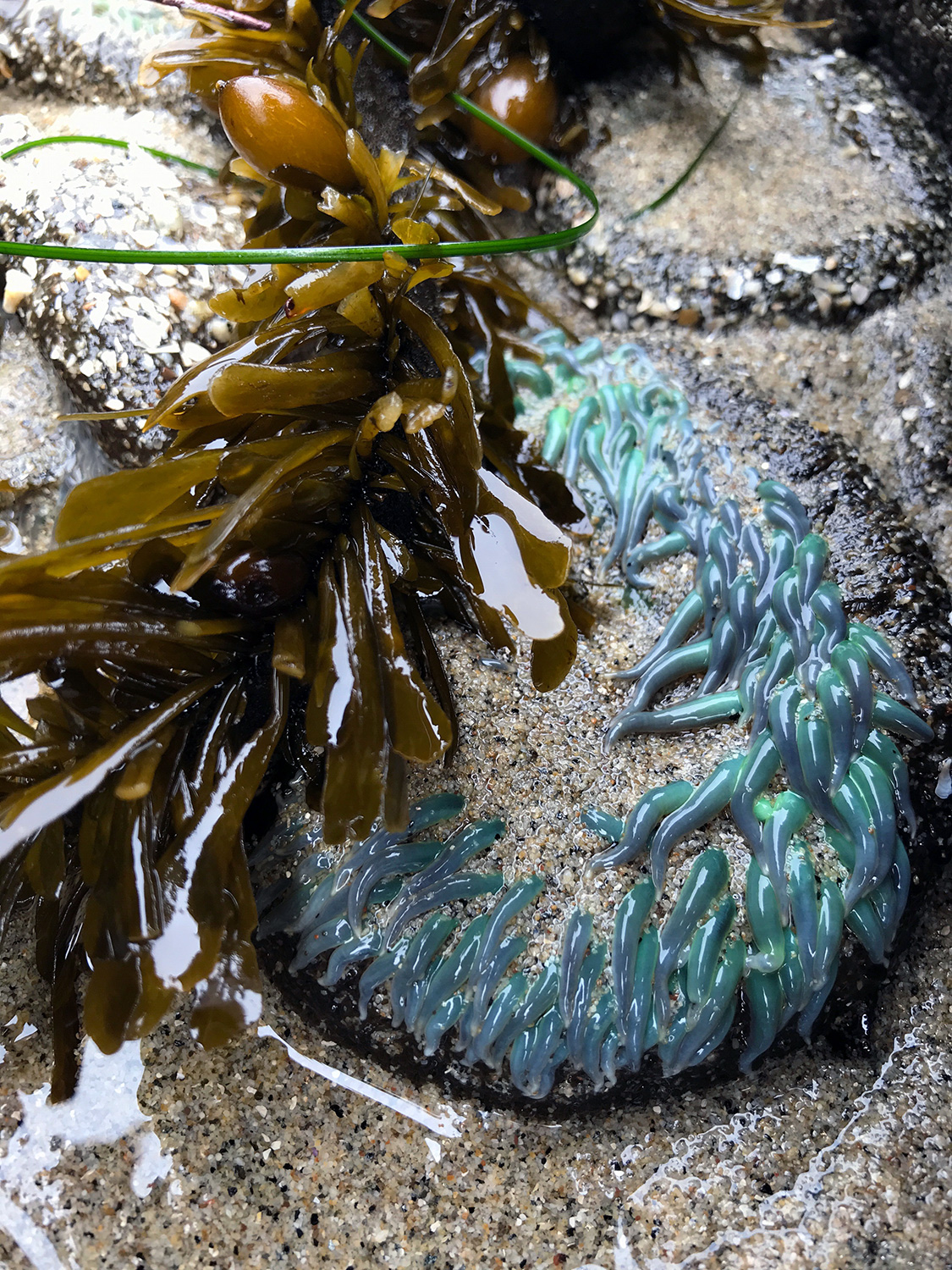

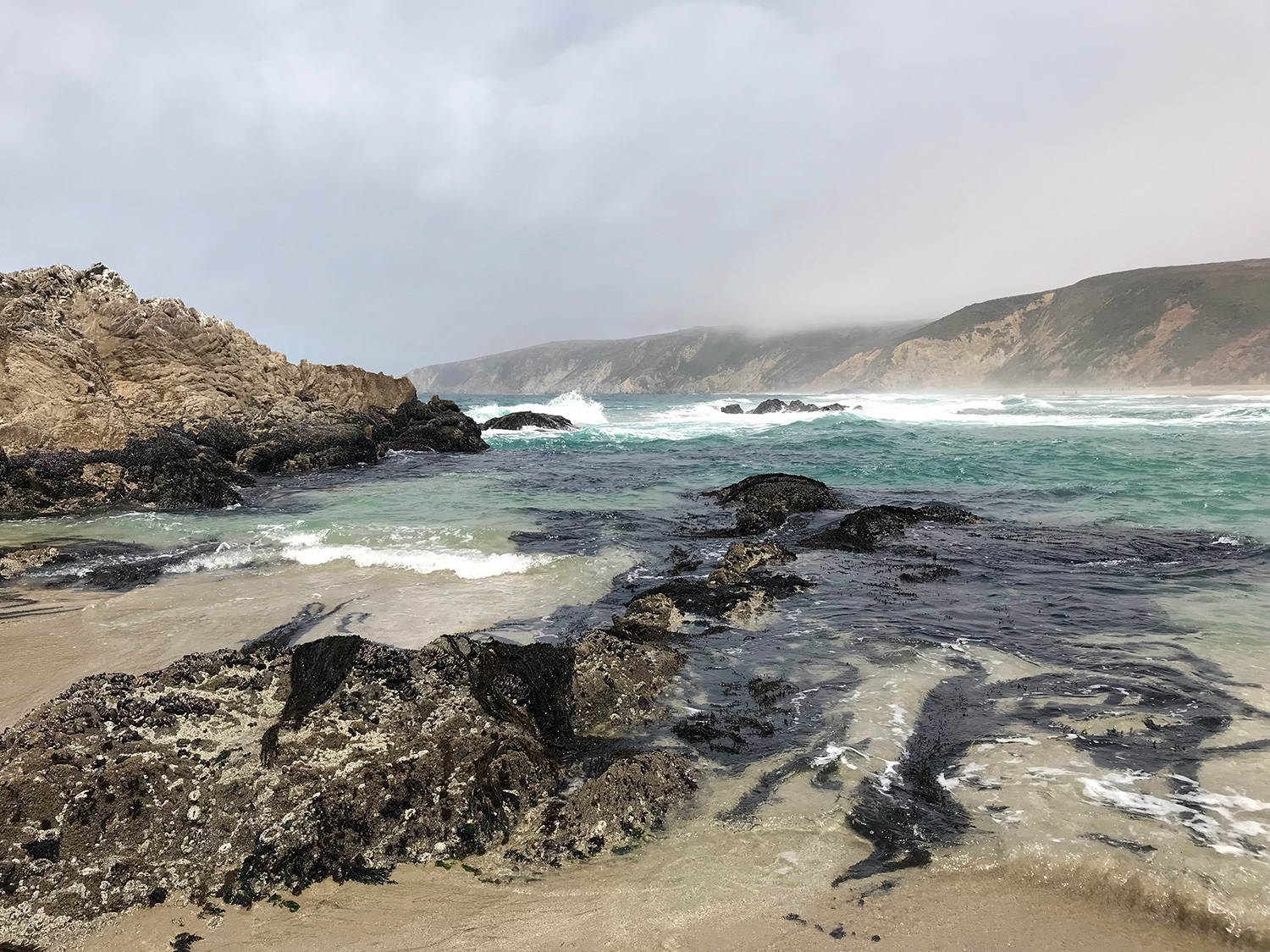
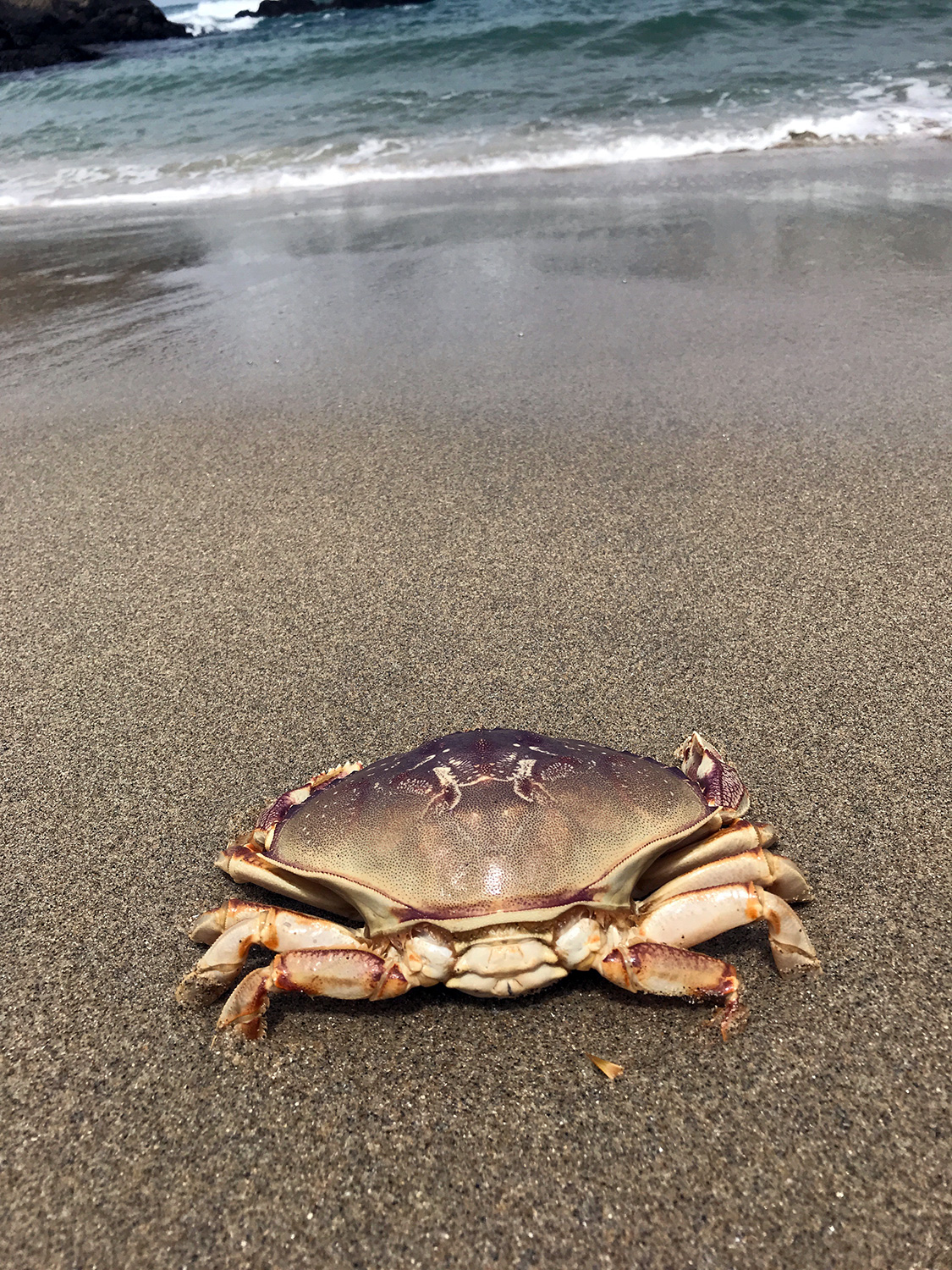

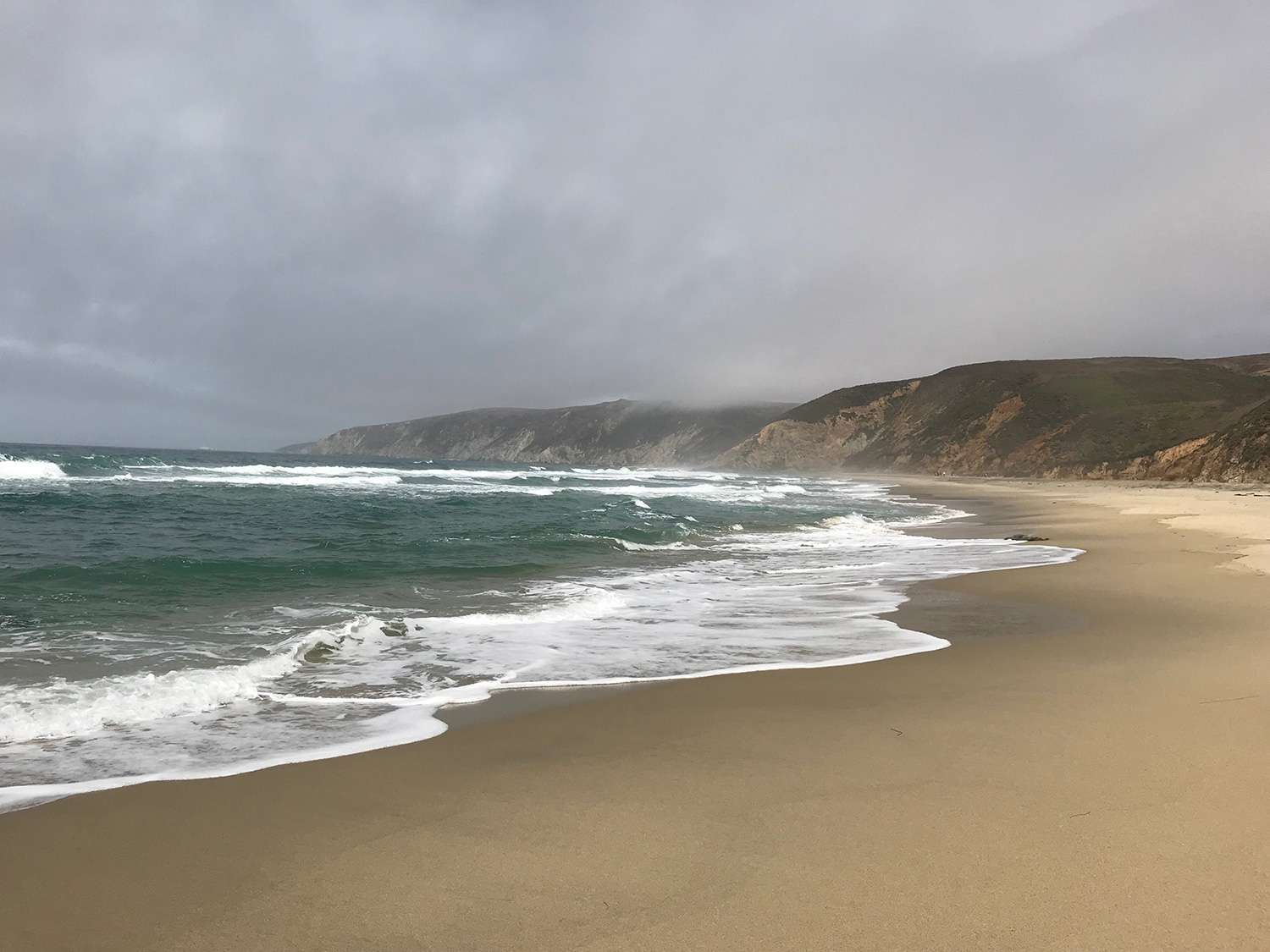
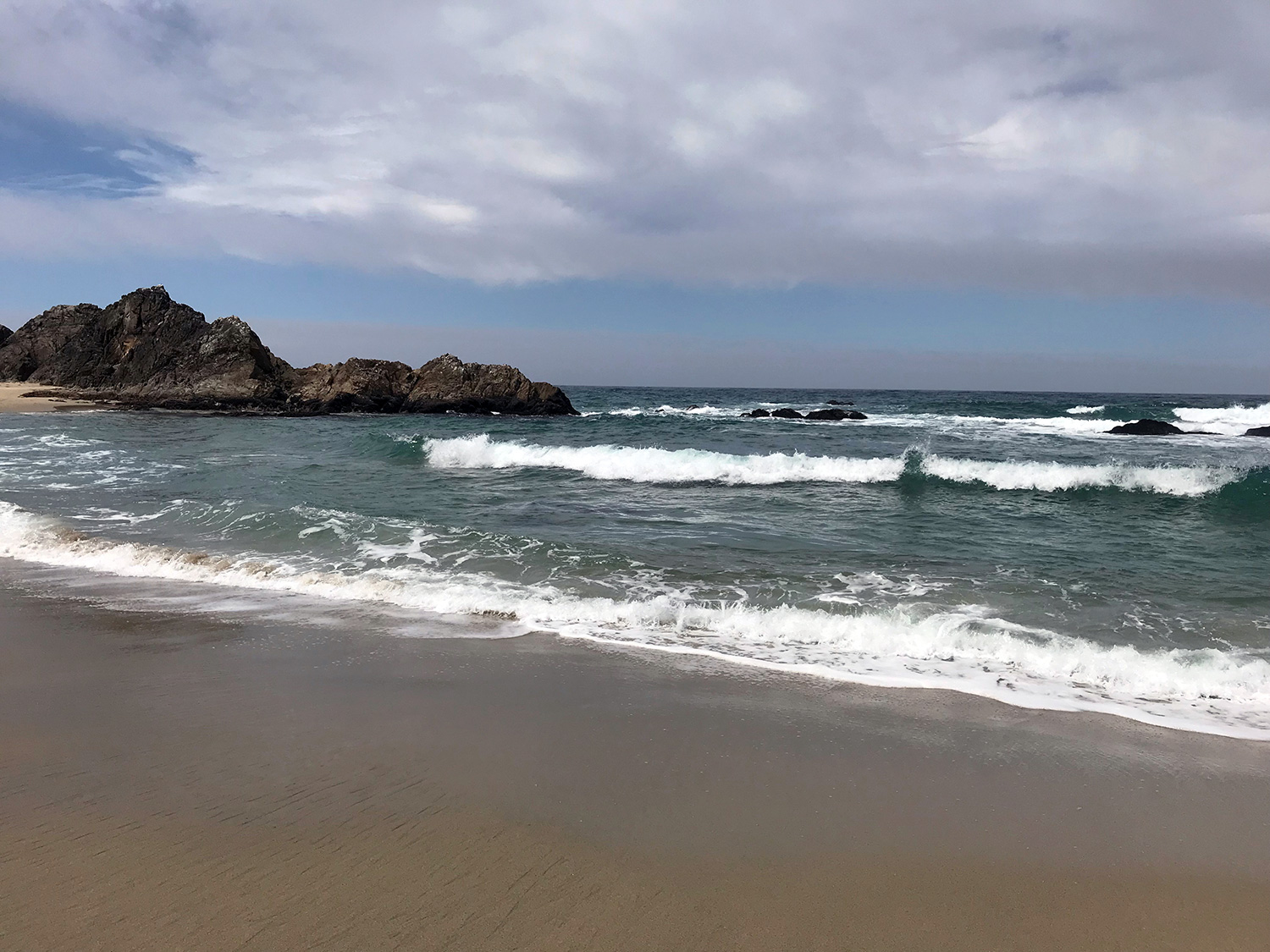
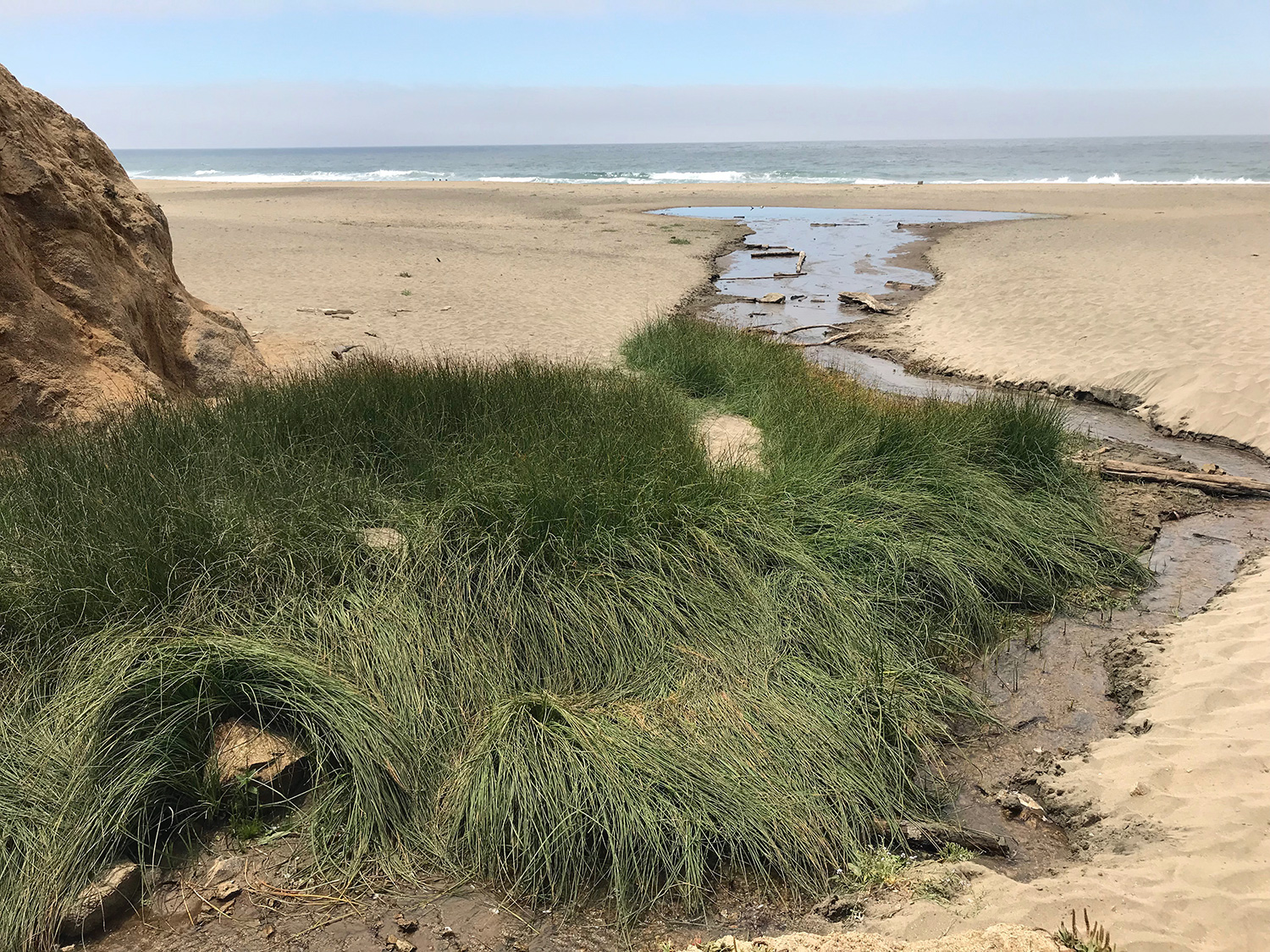
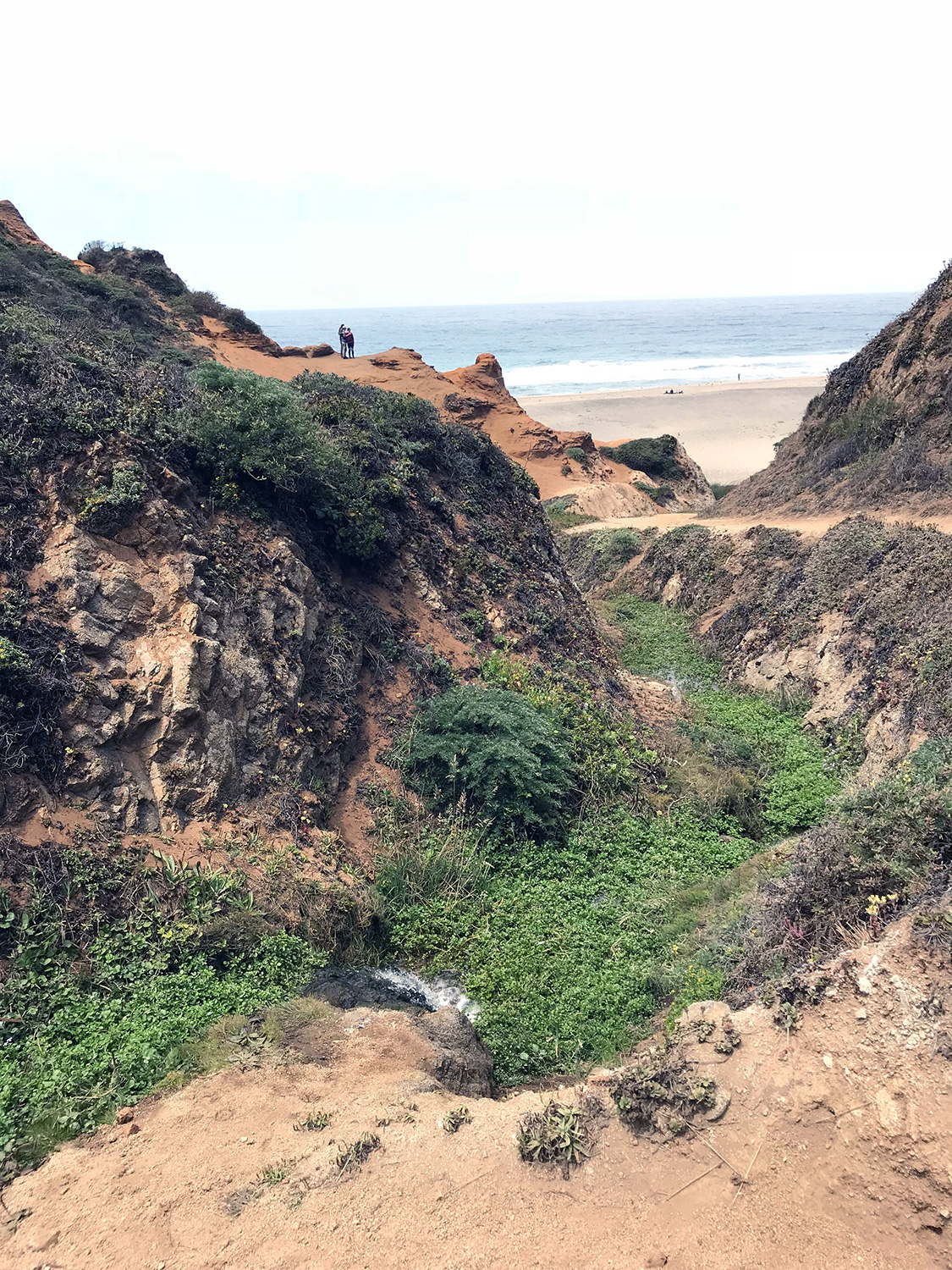
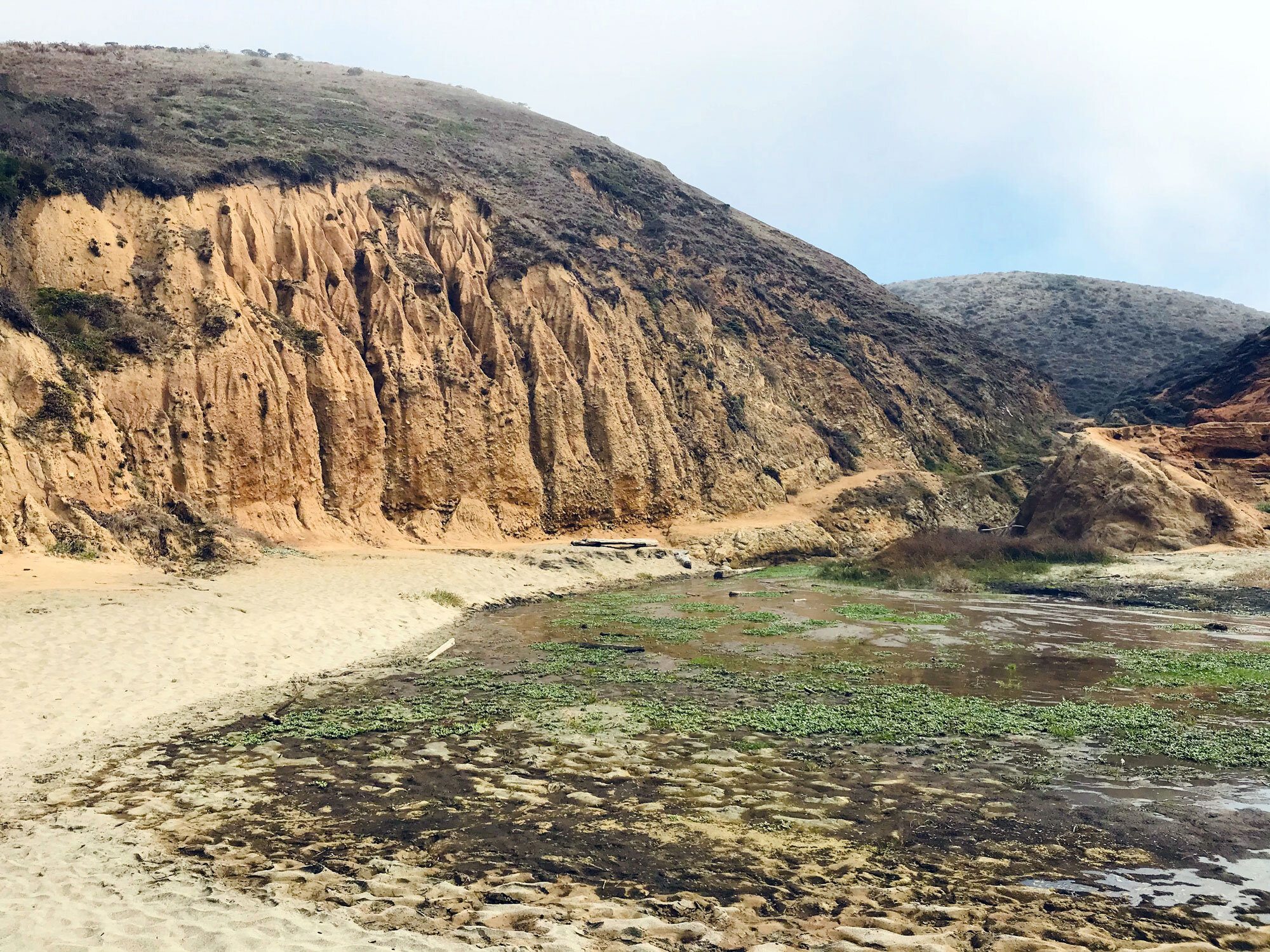
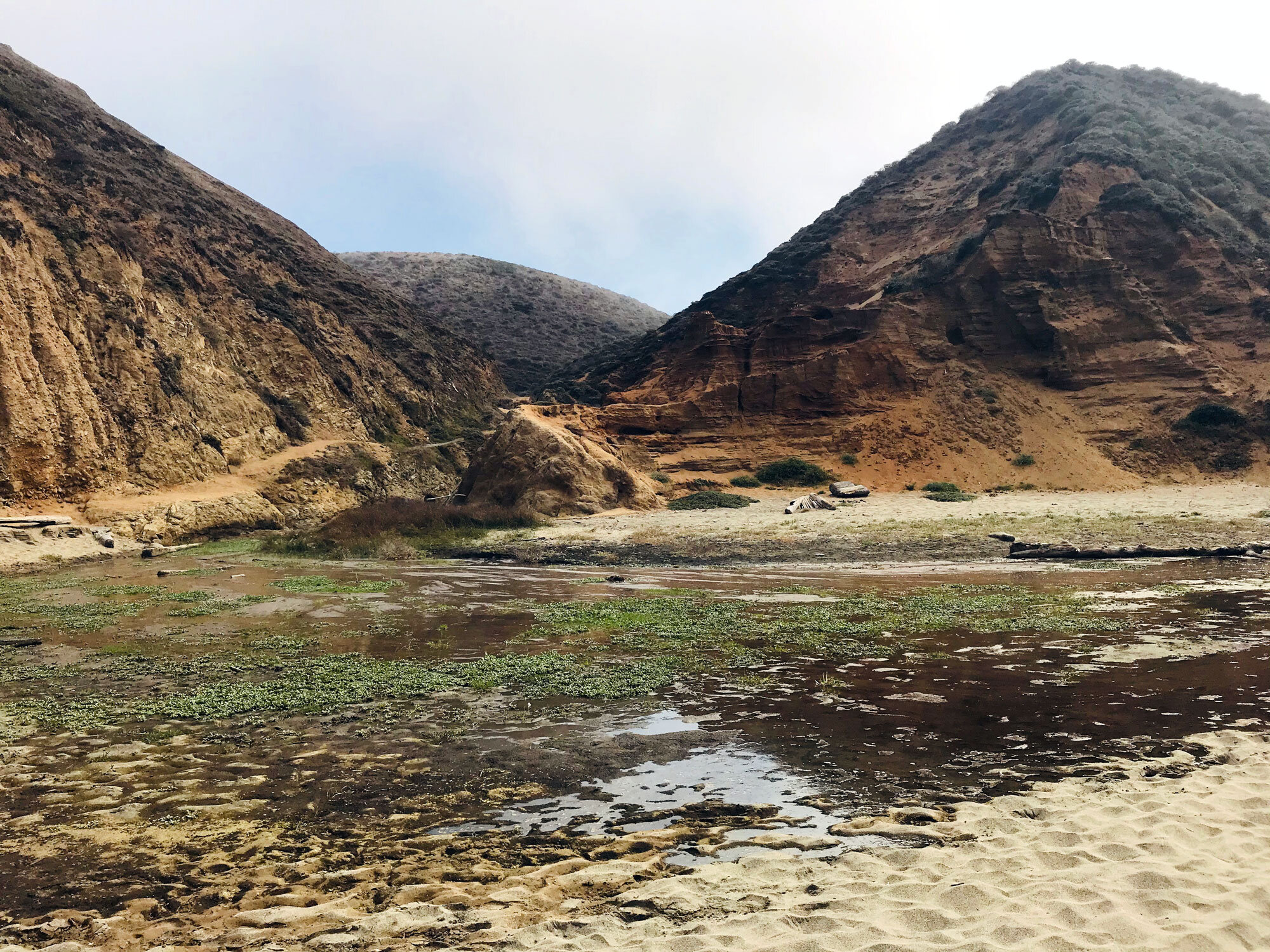
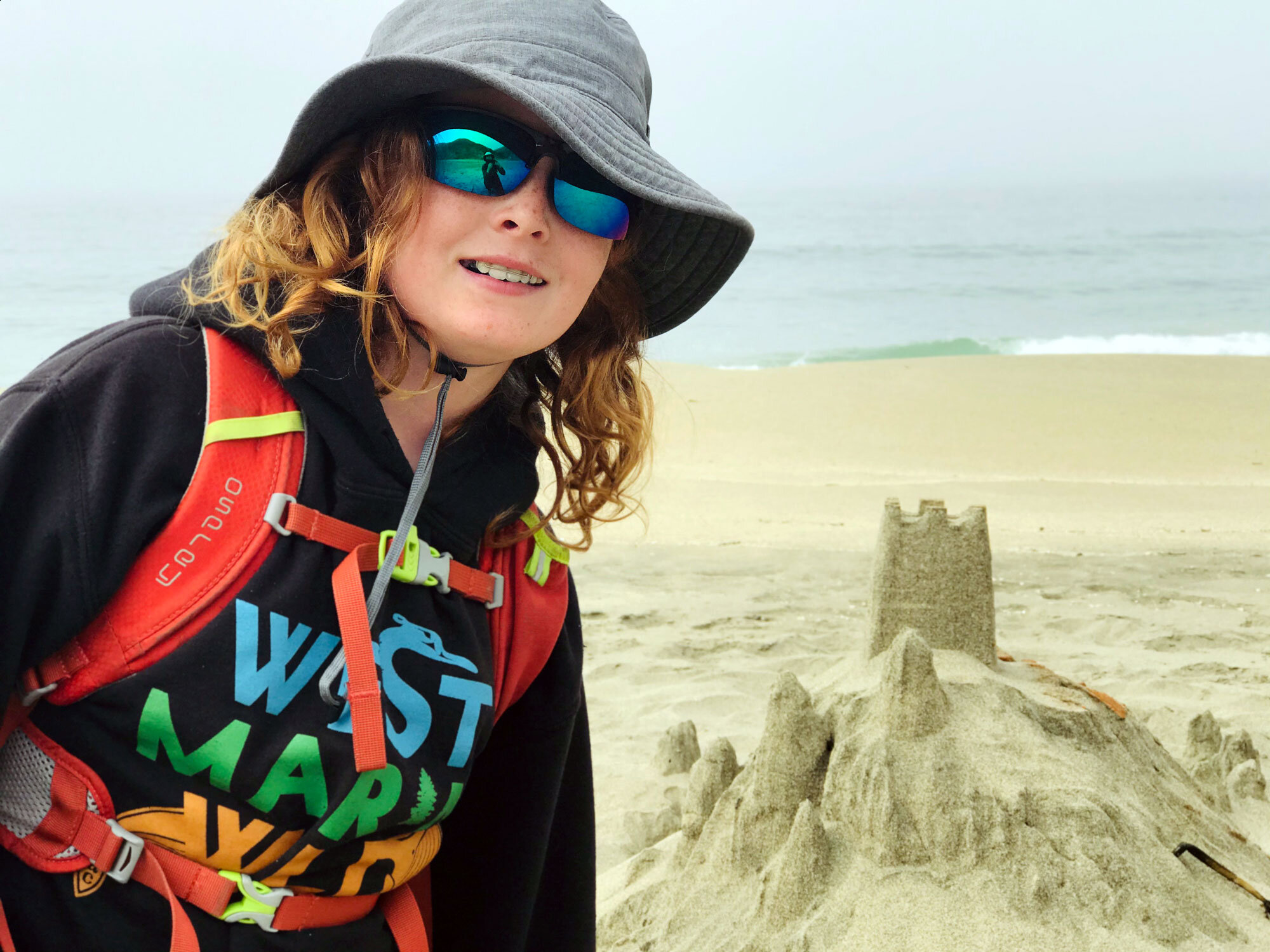
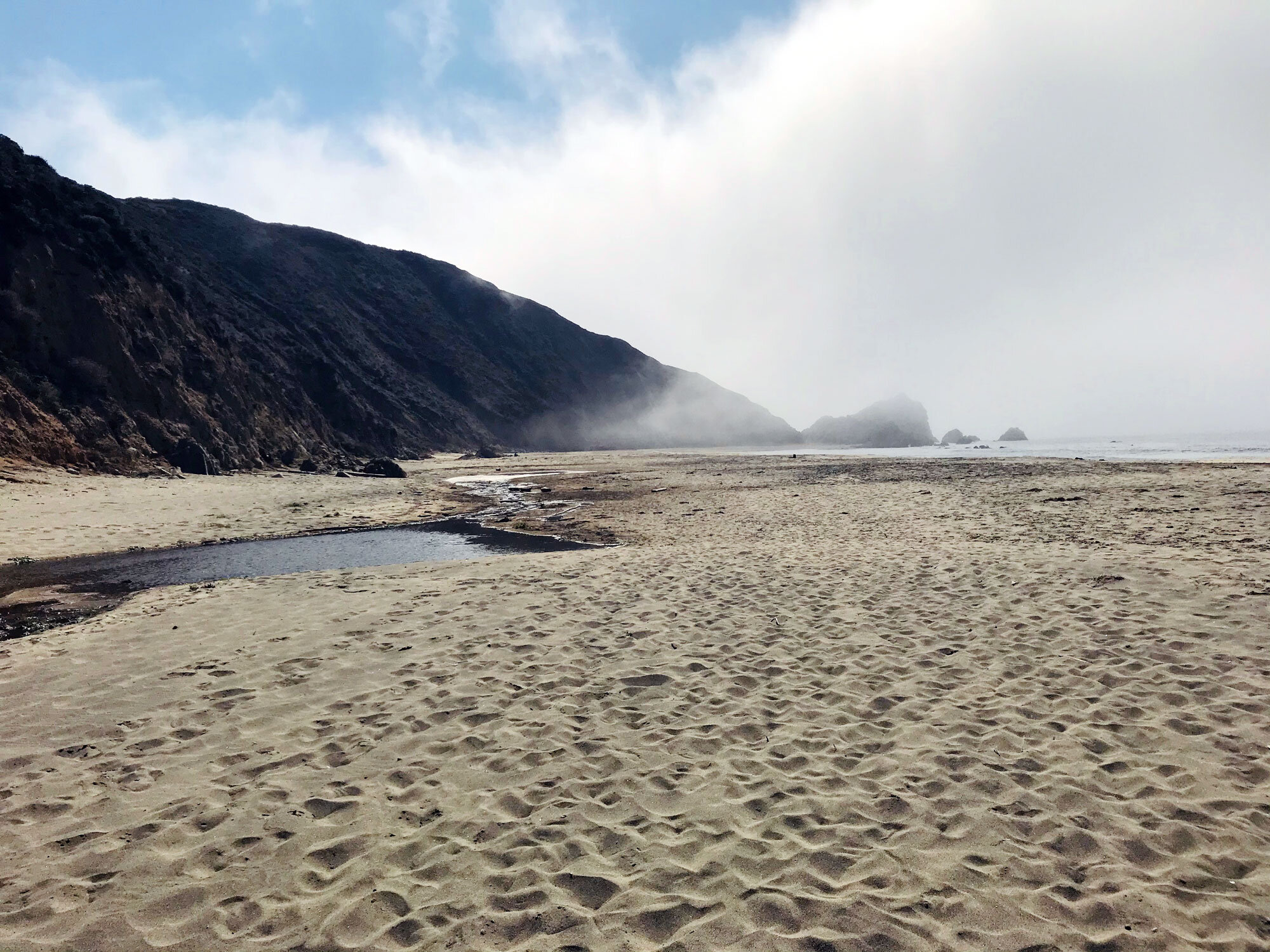
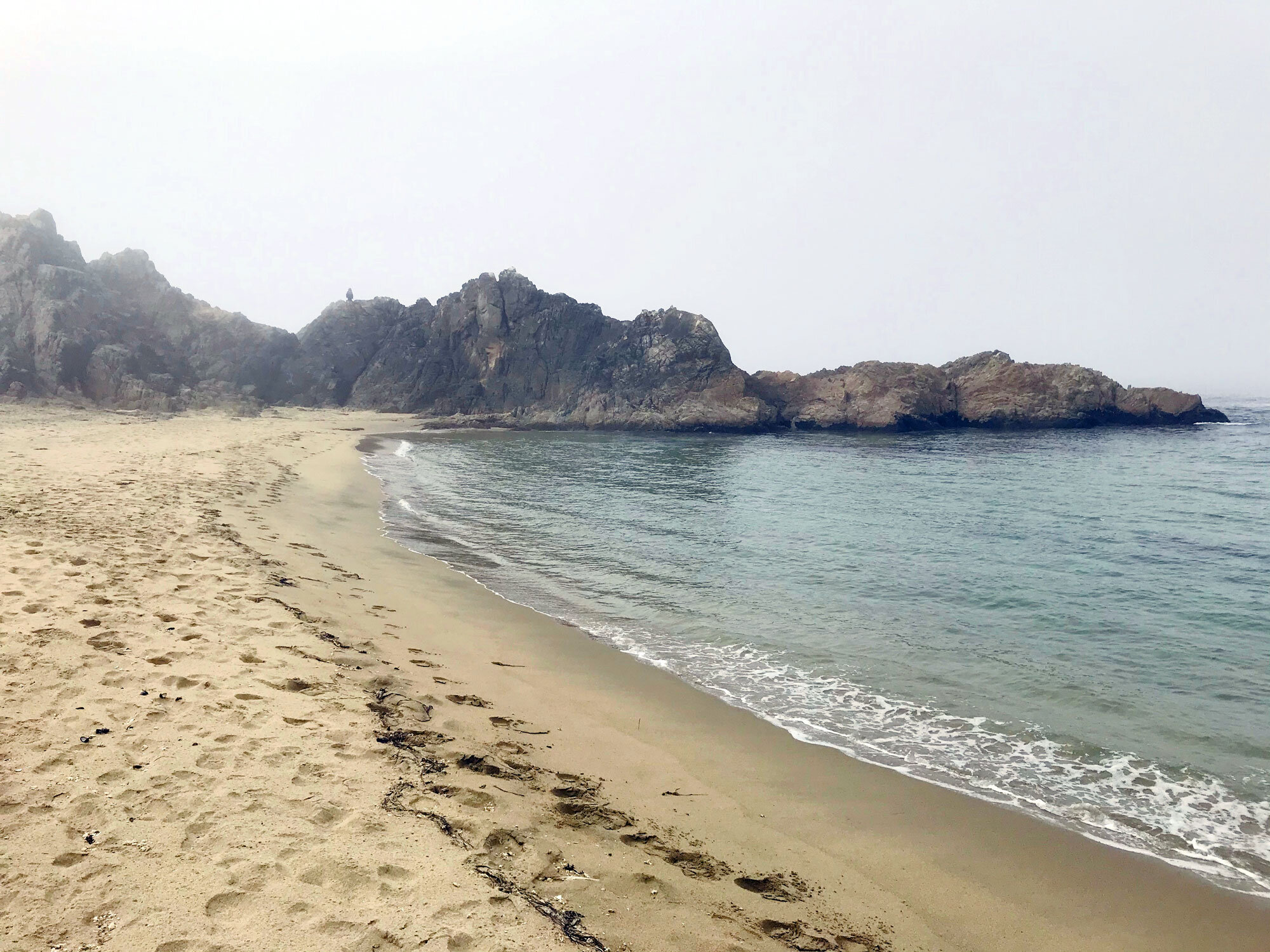

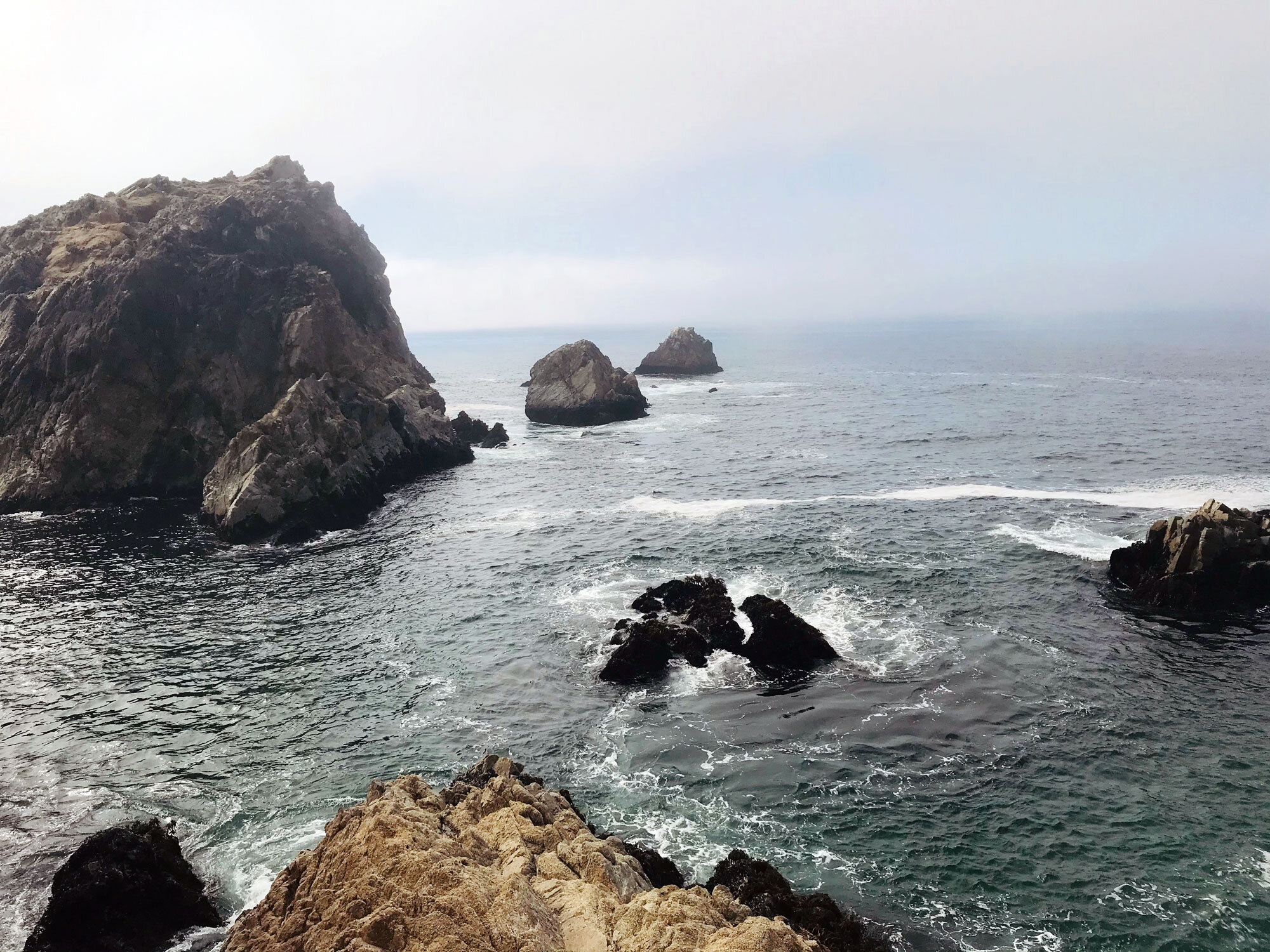

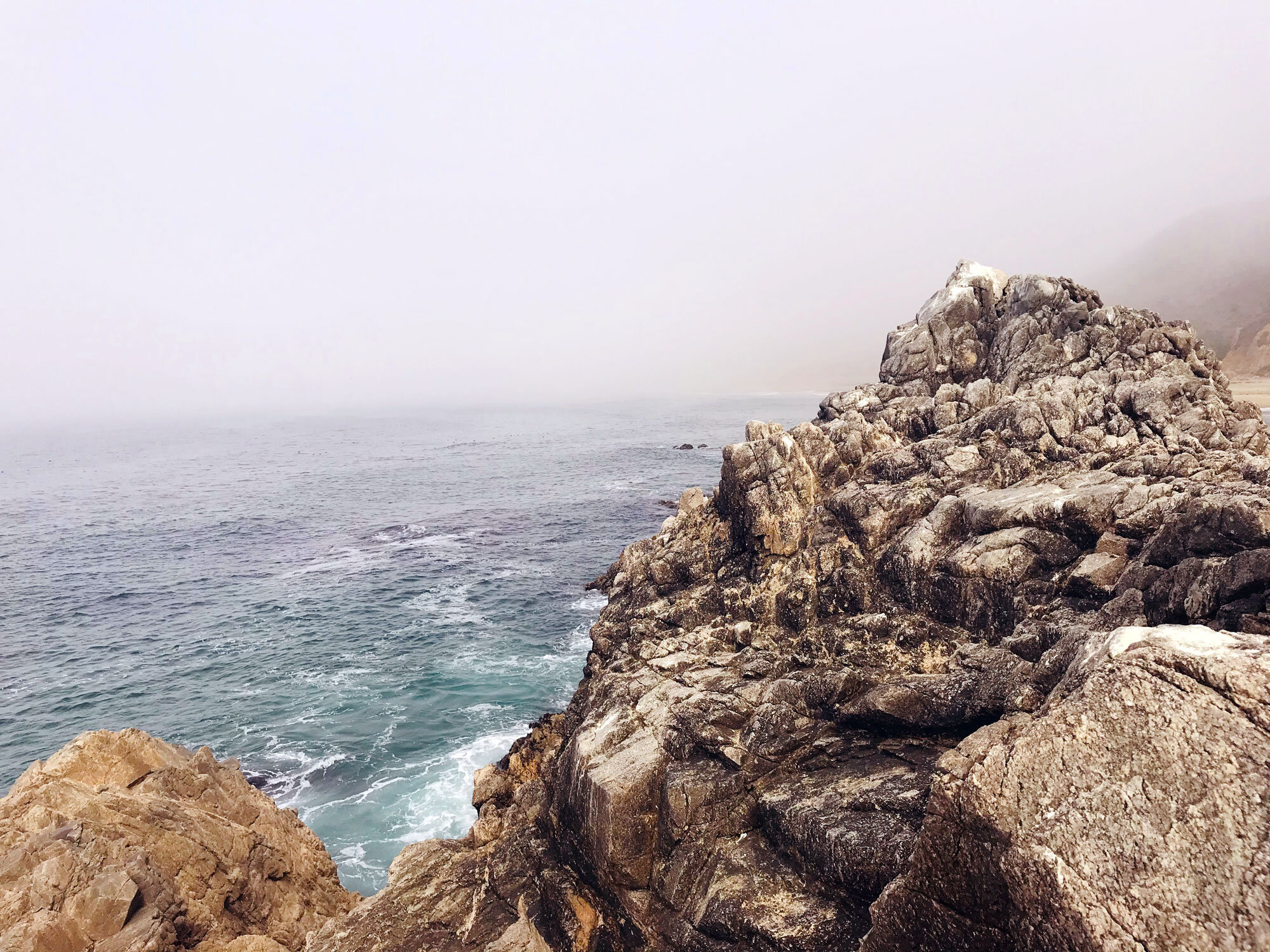
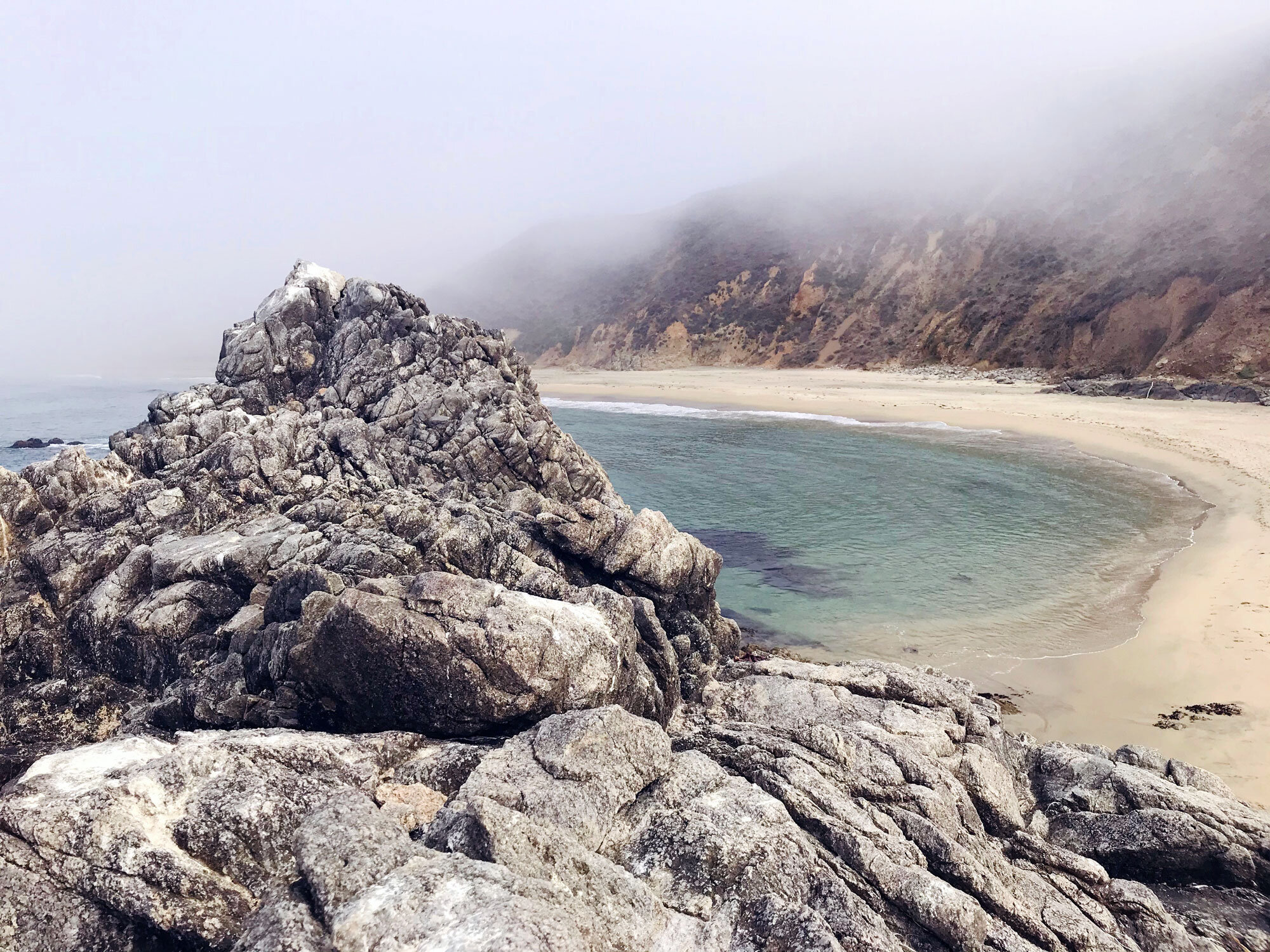
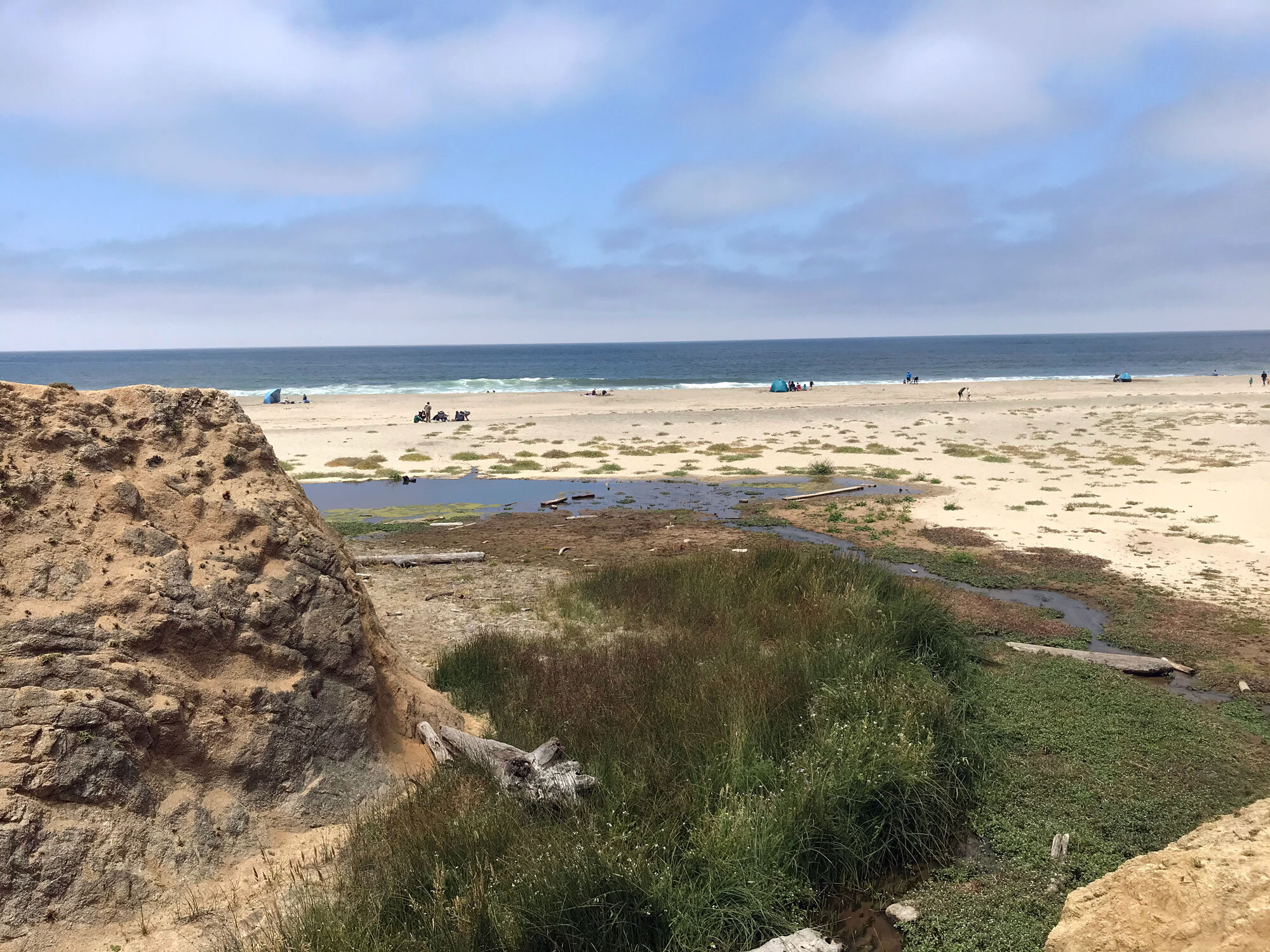
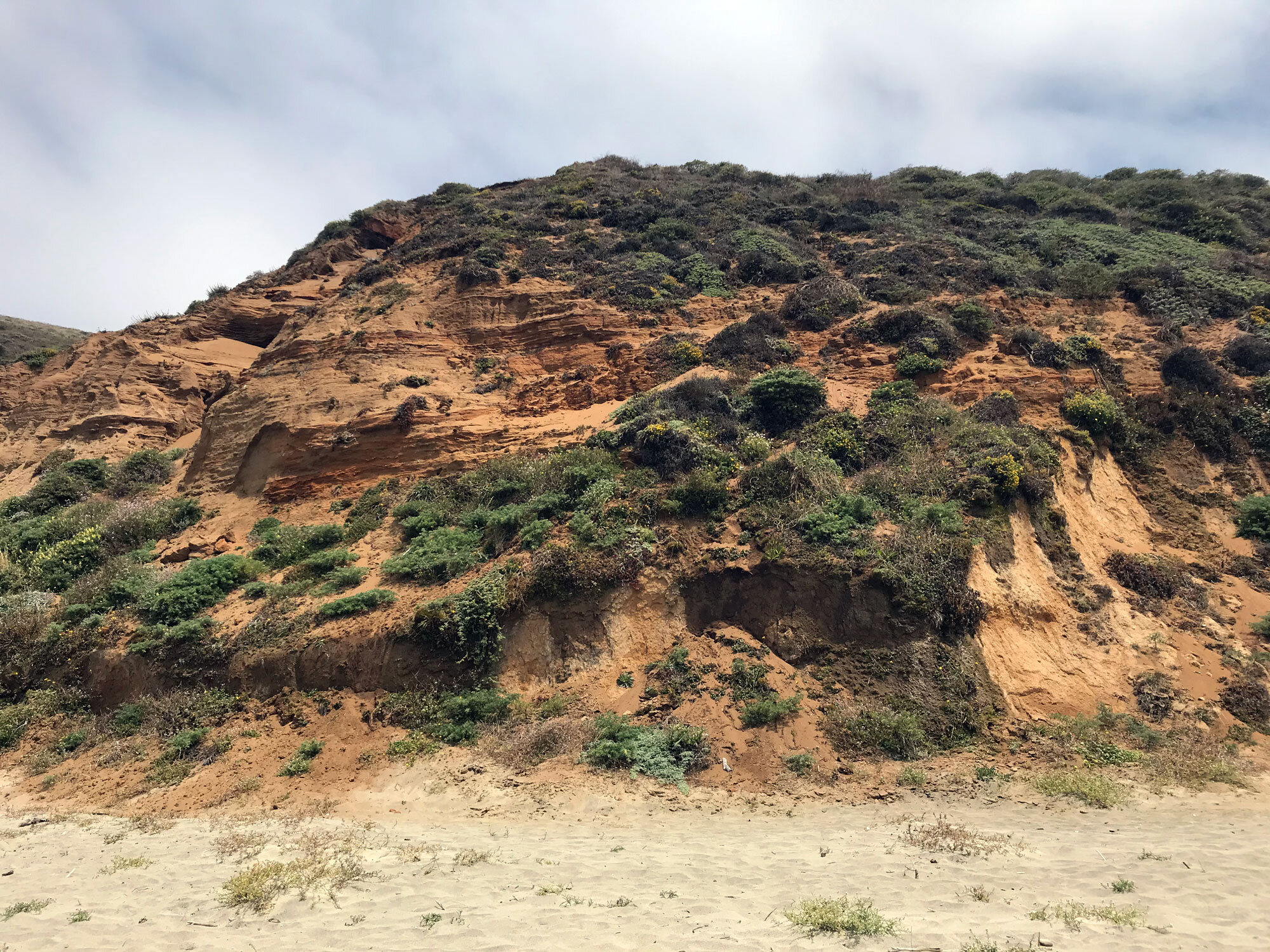
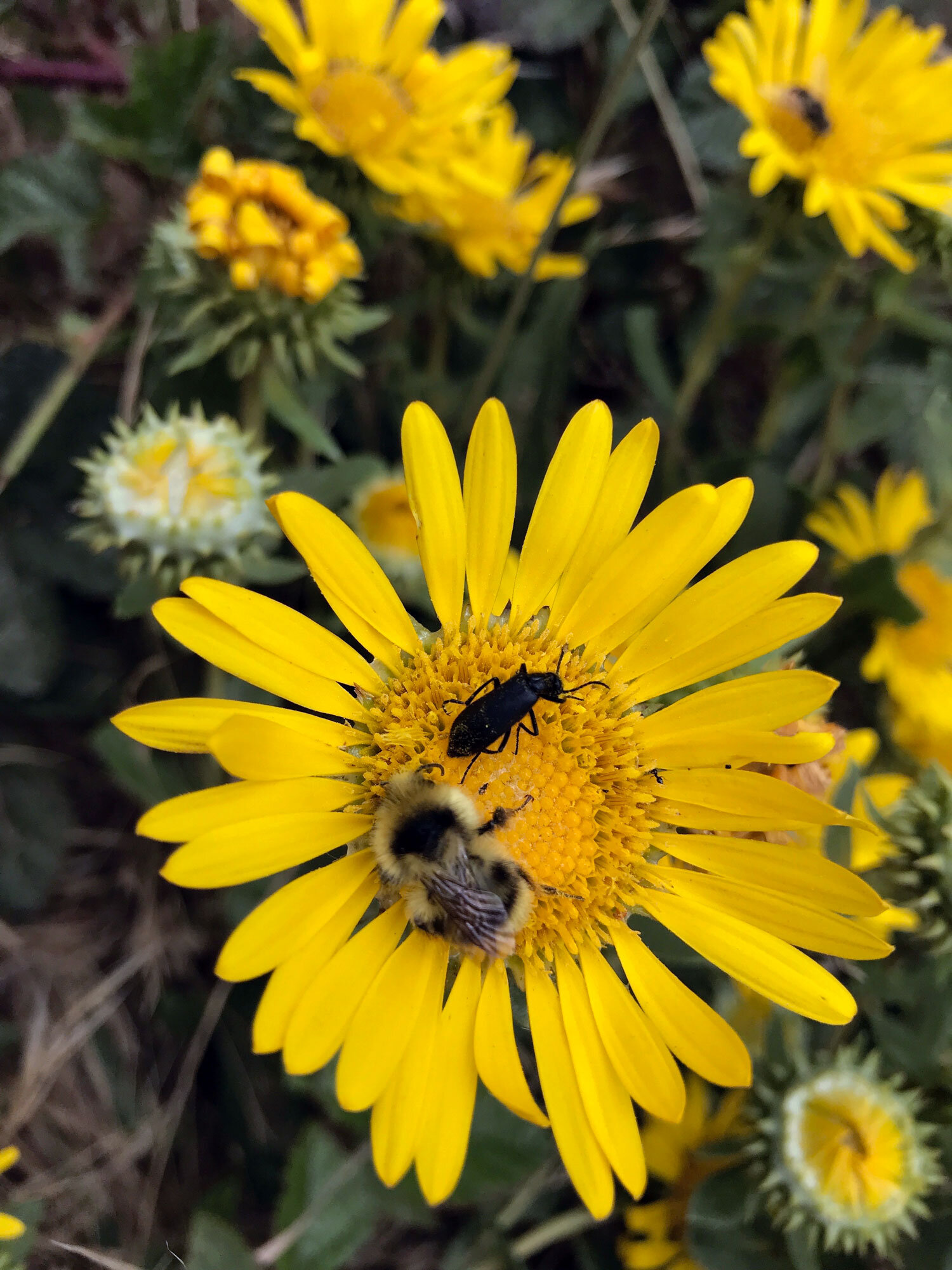
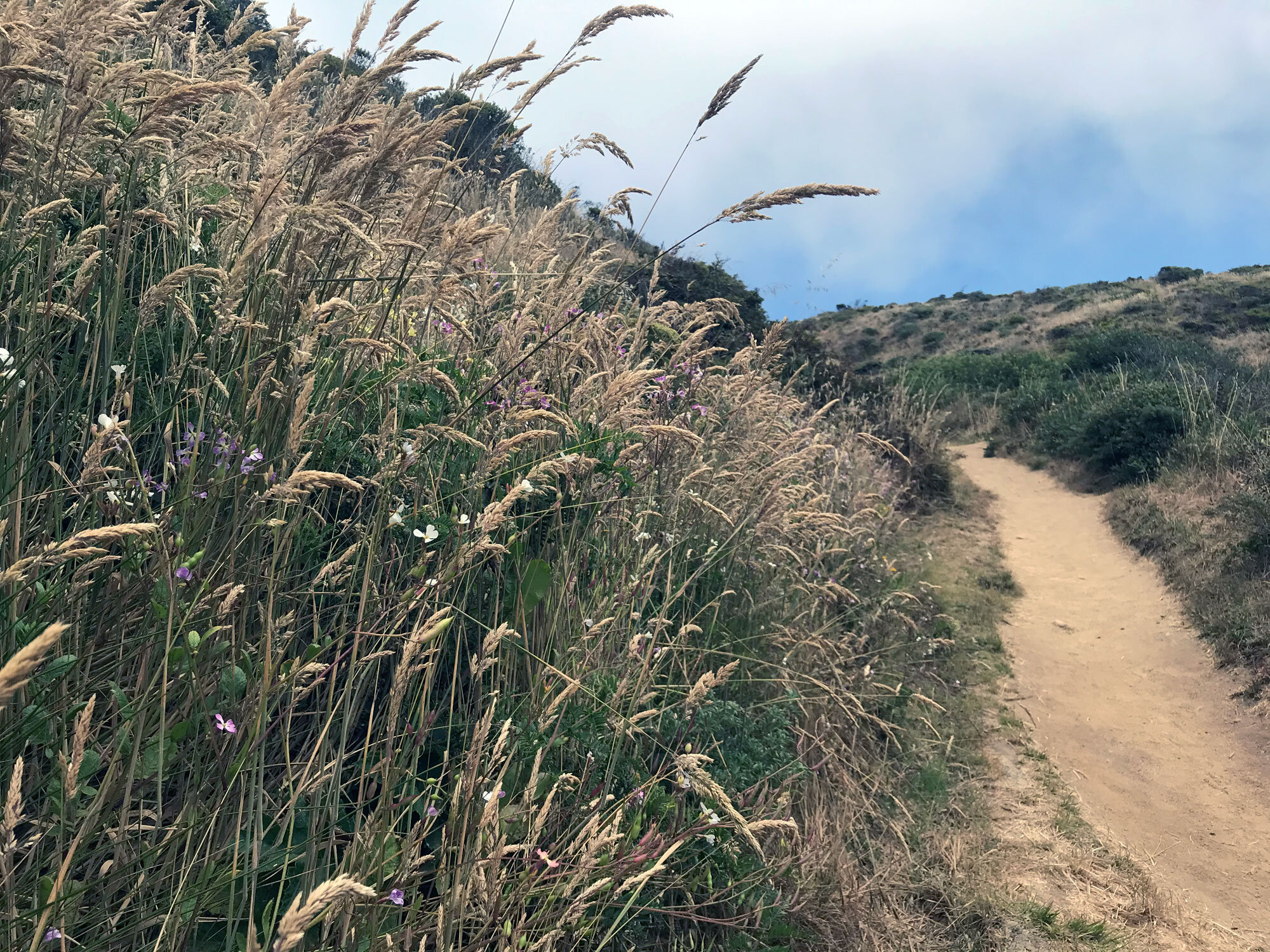
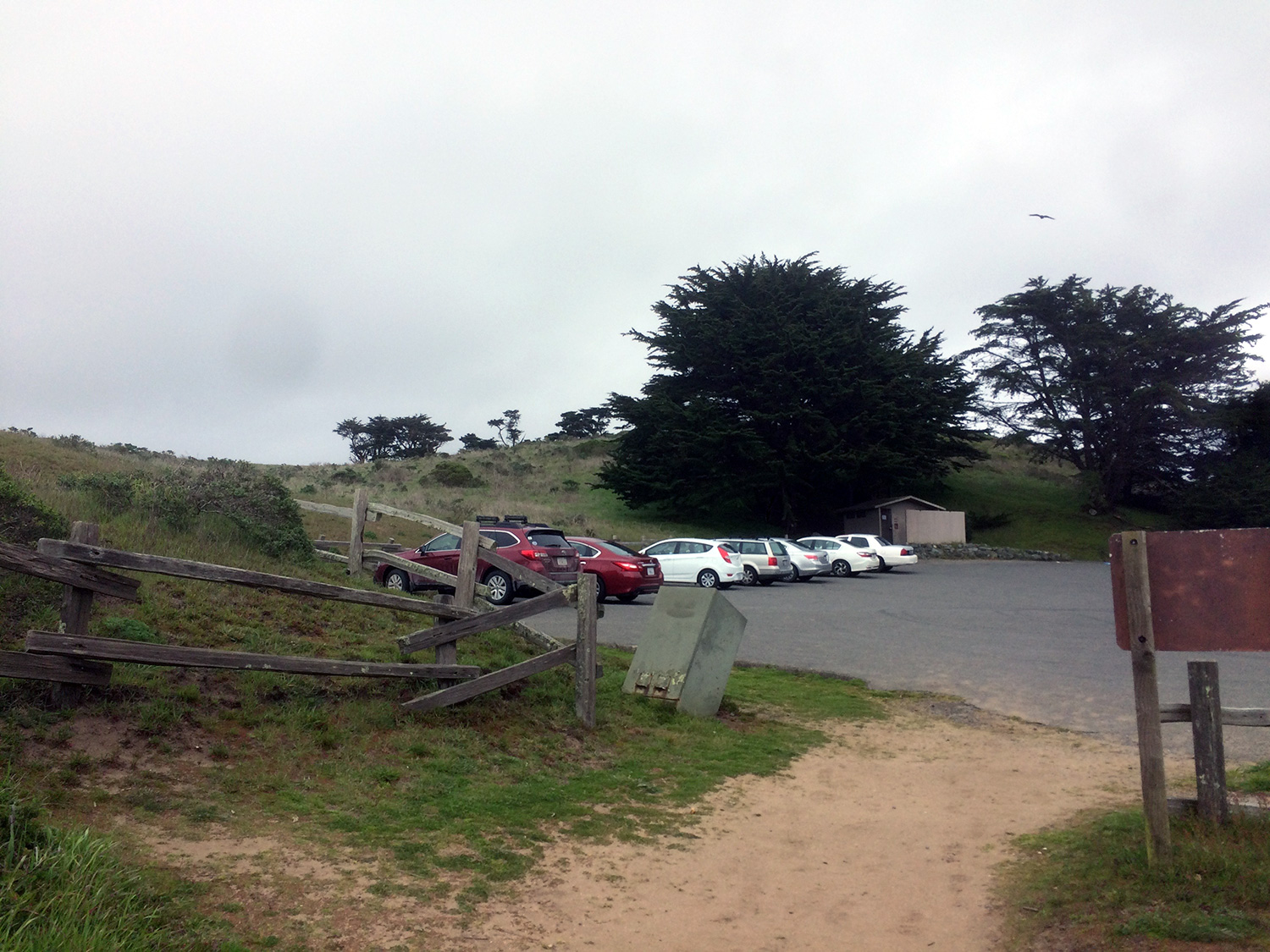
Trail length: .4 miles each way, out and back
Terrain: dunes, rocks on the beach, coastal scrub
Restroom? Yes
Parking: small parking lot
Kid friendly? Yes, it's an easy hike and a beautiful beach
Dates visited: 3/4/17, 7/22/17, 8/5/18, 2/15/19, 10/13/19, 7/3/20
Favorite plants on this trail: Ruby Chalice Clarkia (Clarkia rubicunda), gumplants (filled with bumblebees!)
Favorite spots:
Climbing on the craggy rocks on the beach
Exploring wildflowers growing along the banks of the trail
Visiting the ancient exposed rocks on the beach, some of the oldest in the Bay Area!
McClures Beach is a geologic wonderland. Some of the most ancient rocks in the Bay Area are exposed here. It's a short hike starting on a sandy path, remains of ice age sand dunes. The path becomes decomposed granite and winds gradually down a wide ravine. Wildflowers dot the banks and a seasonal creek carries water to the beach. I was surprised to see a magnificent Cobwebby Thistle growing on the cliff near the beach. Rather than looking chalky and white, it was a moist vibrant green. I visited here with naturalist Michael Ellis who guided us up onto the rocks for a spectacular view of the crashing waves. Another time, I ventured here on a Point Reyes Field Institute geology class with John Karachewski.
Geology: wondrous rocks and formations
McClures (and Kehoe) beaches are rich places to explore ancient rocks -- laird sandstone, schist, gneiss, and more. According to John Karachewski, the red sand dune cliffs at the beach are "Colma formation" dating back 120 million years. The oldest rock exposed on the beach is Sur Series metamorphic rock, possibly as old as 1.7 billion years.
Learn more about the geology of Point Reyes:
Geology at Point Reyes National Seashore (US Geological Survey, PDF). Read Stop 8 McClures Beach on page 20 of the PDF to learn how the rocks on the north and south ends of the beach are different.
Local Bay Area geologist, Doris Sloan, discusses what and where are the oldest rocks in the bay area, including Point Reyes (Bay Nature).
“You have to look carefully for these oldest rocks because not many have survived transport and erosion. The most accessible exposures are on Point Reyes, occurring with the granitics that altered them. One good site is at the south end of McClure’s Beach, where beautiful quartzites and schists are among the large boulders lying at the foot of the cliff. Visit them and pay your respects to these elders of the Bay Area’s rocky foundation.”
McClures Beach south end (through the opening between the rocks)
This section of beach is only accessible at low tide. Climbing through a narrow passage between the rocks you encounter a shallow beach covered in rocks and mussels, and featuring several small sea caves carved into the rock. Seaweed is abundant.
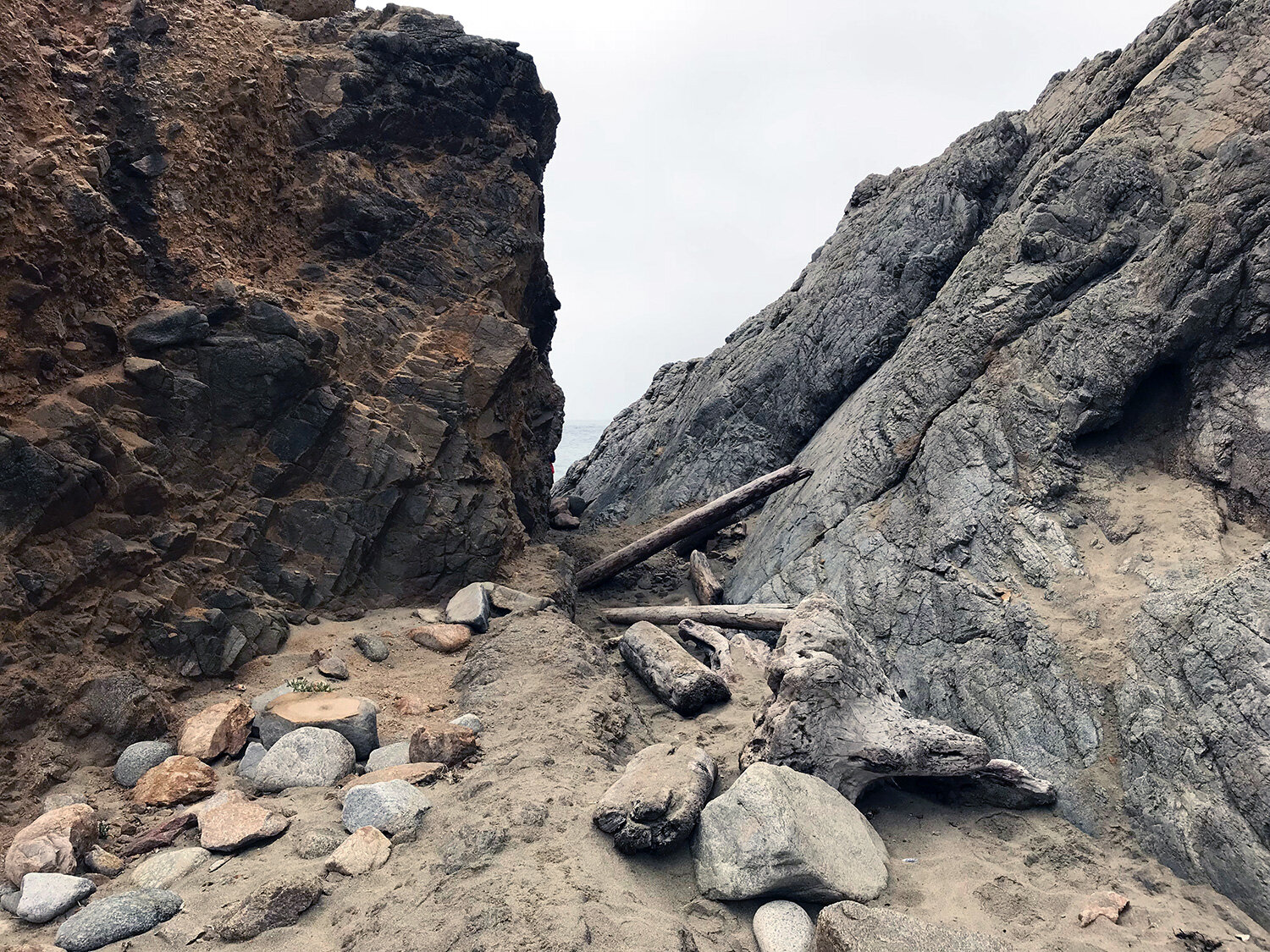
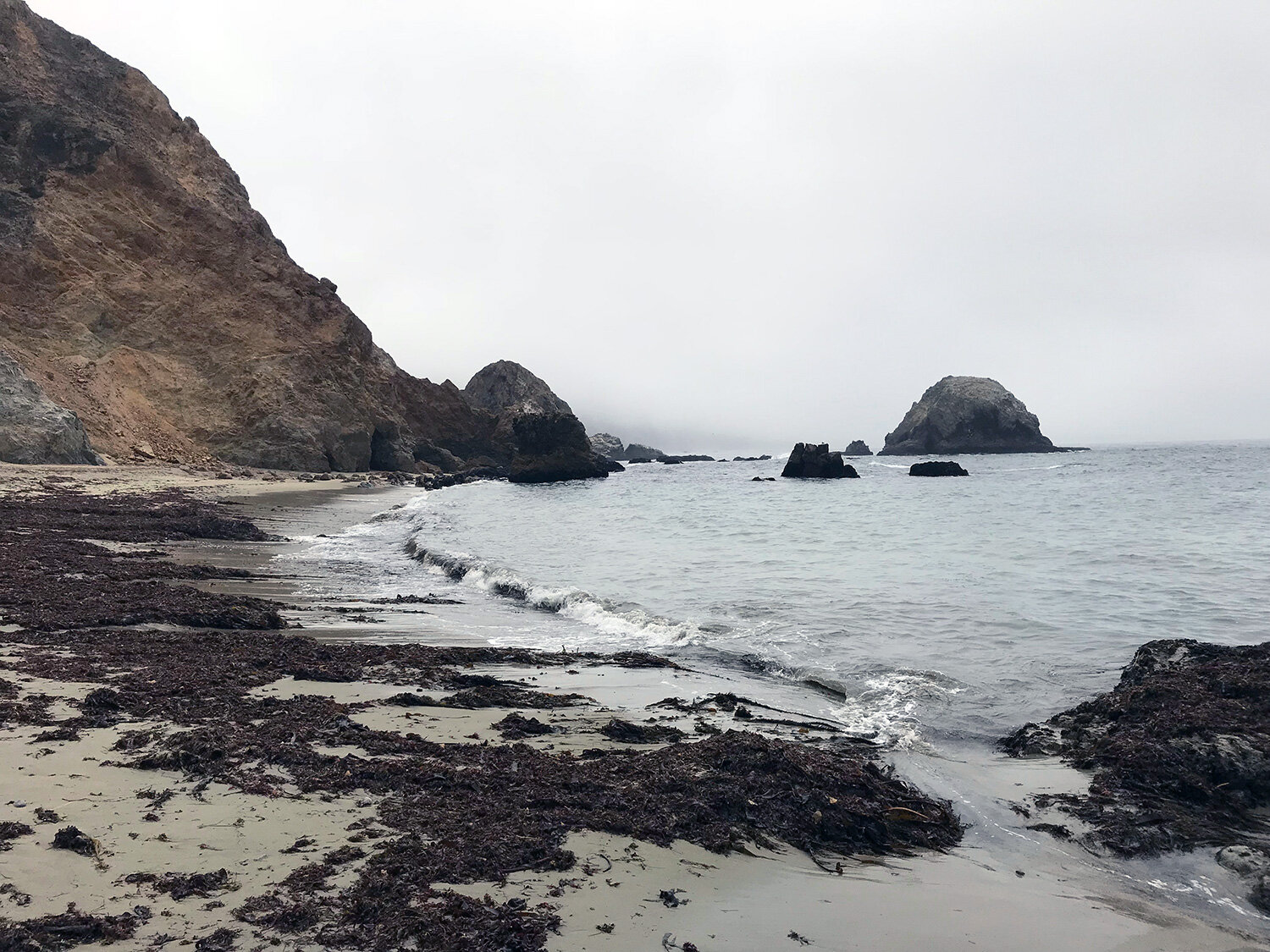
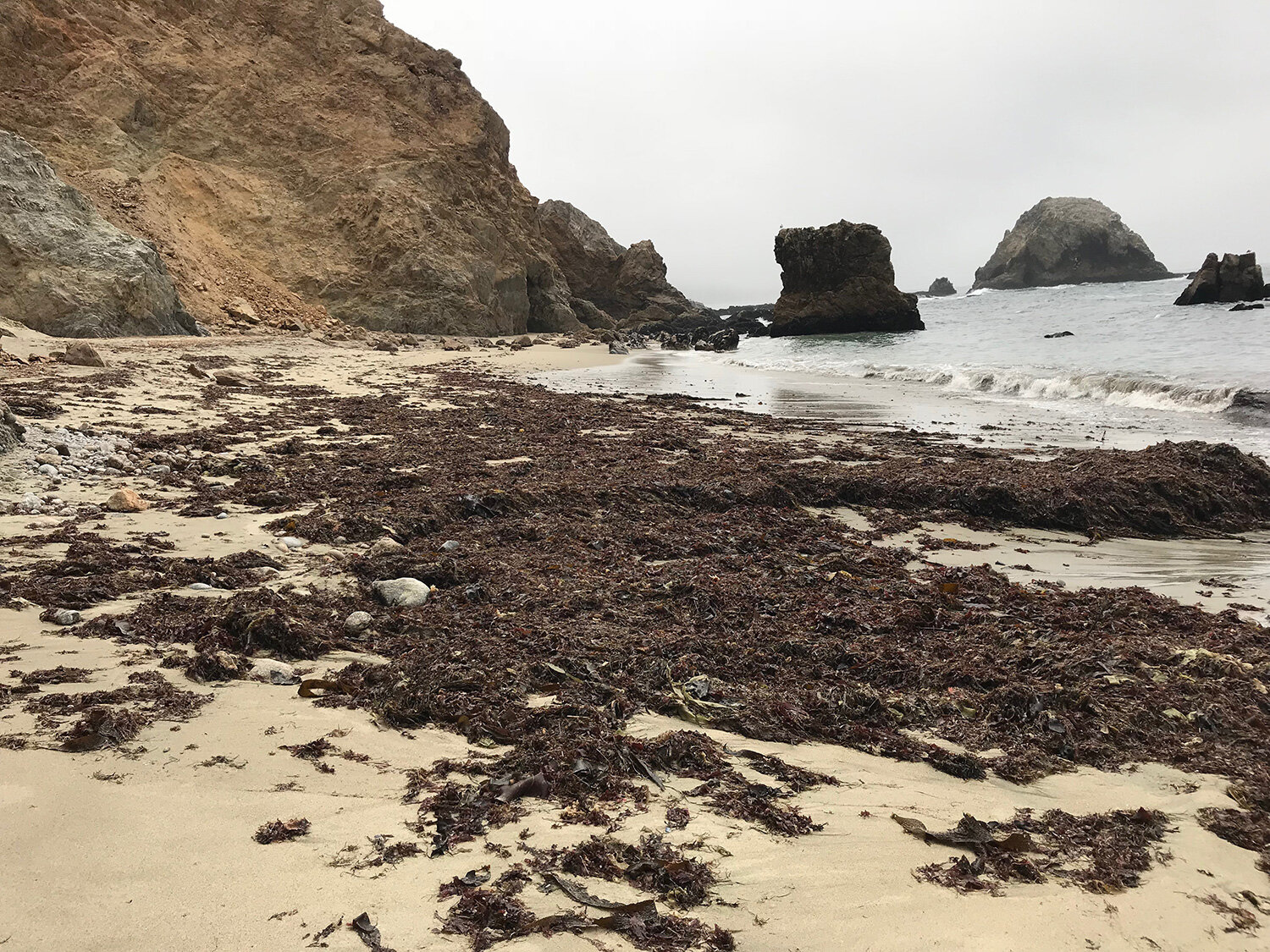
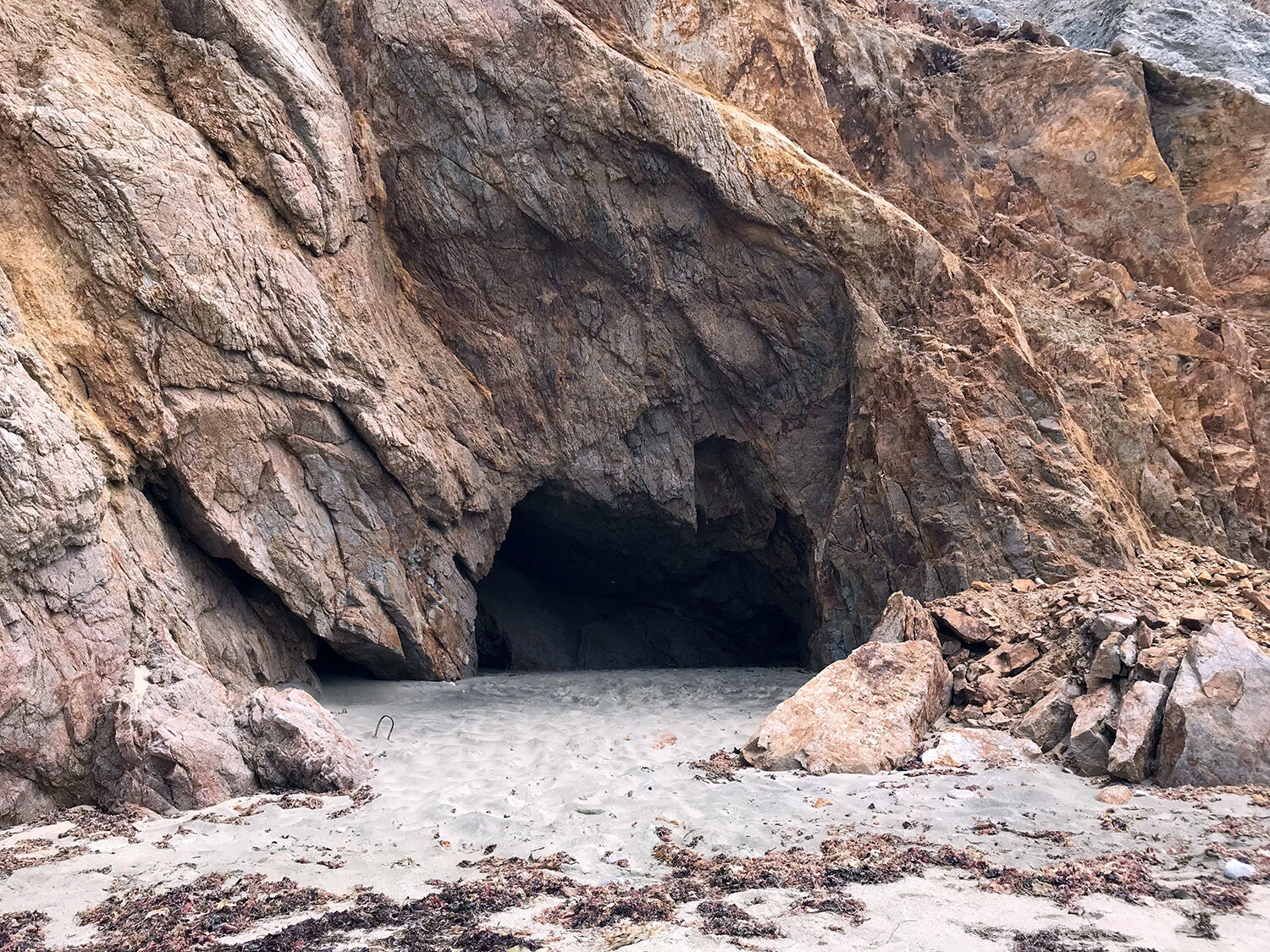
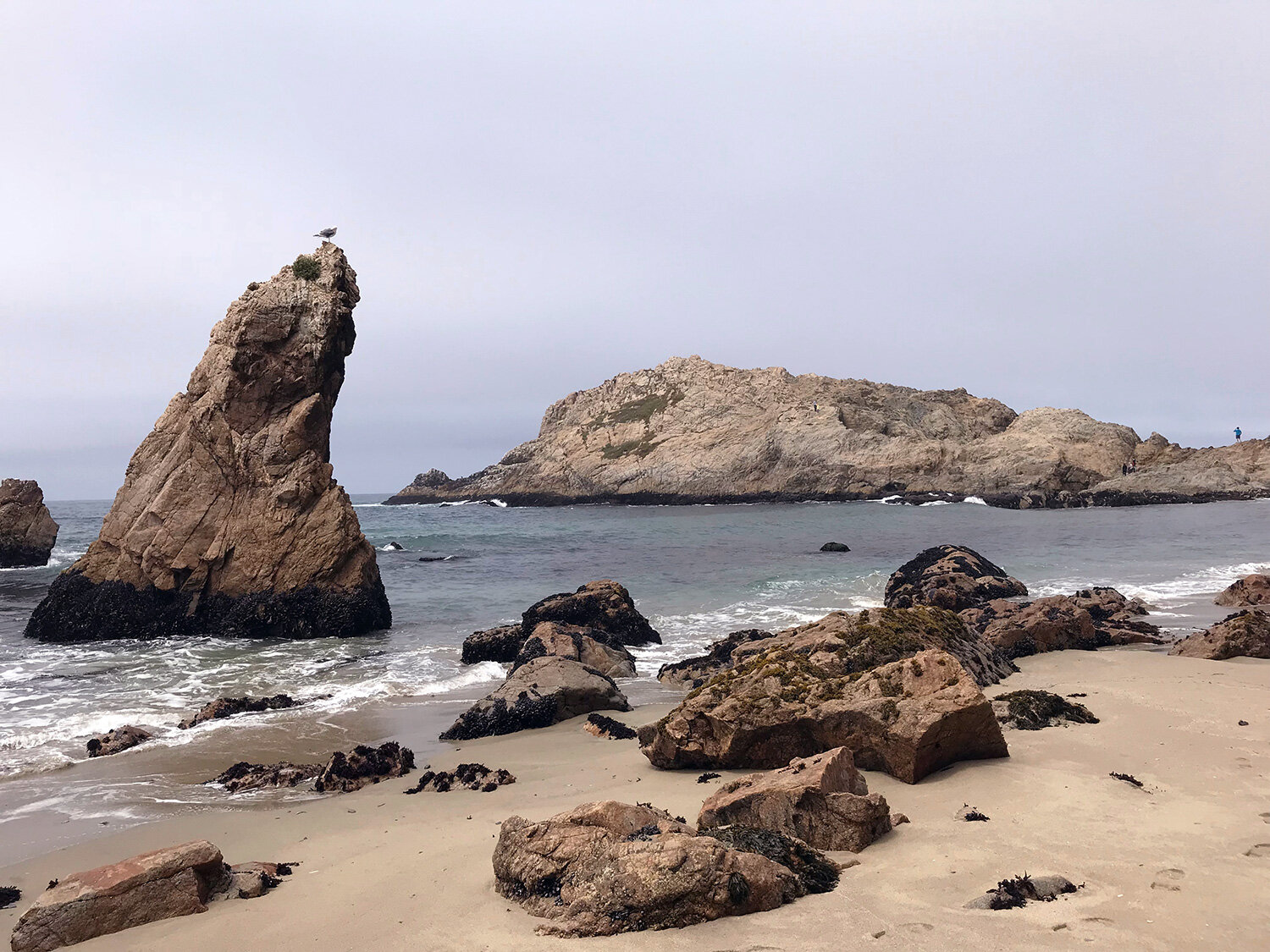



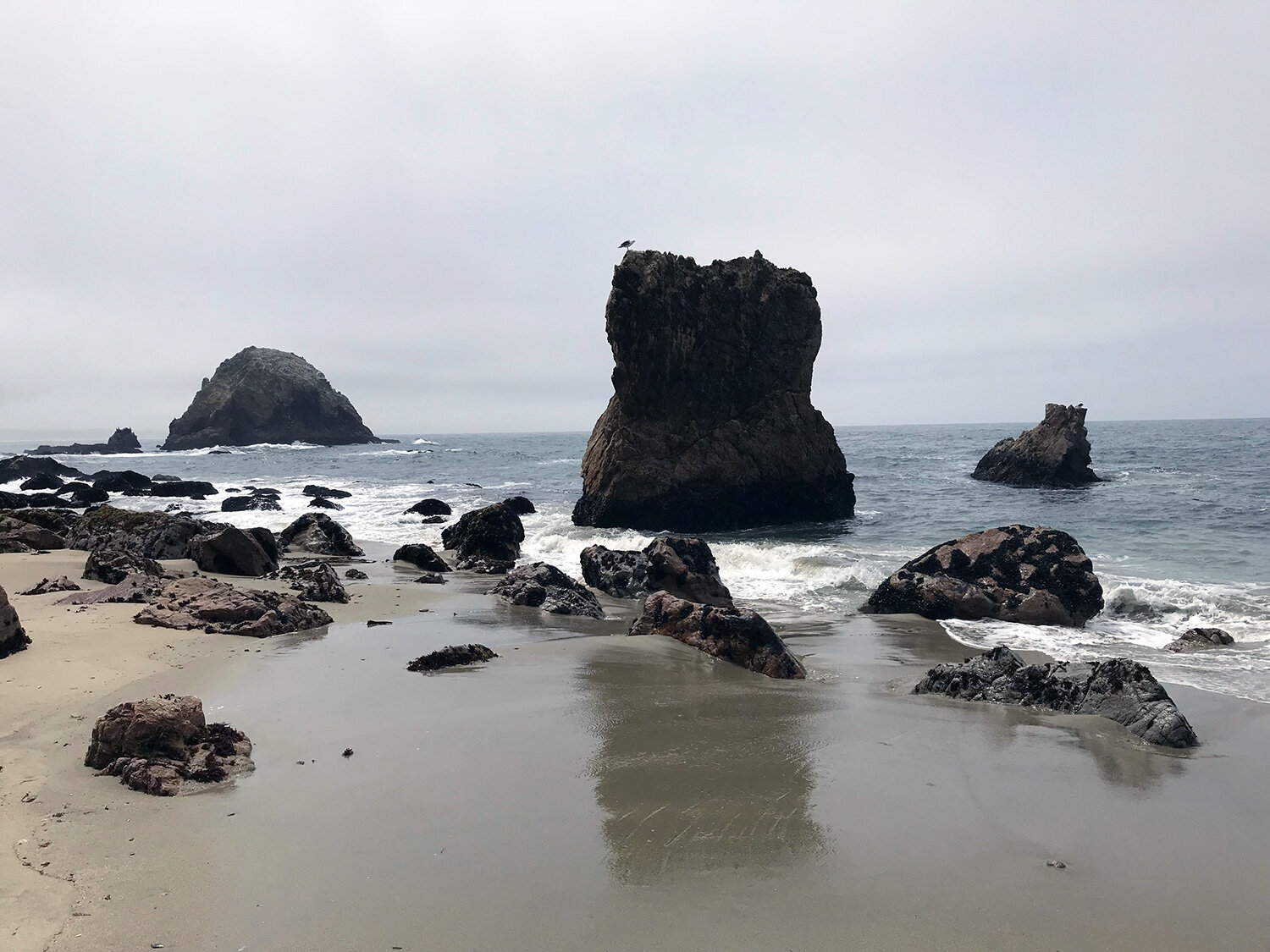
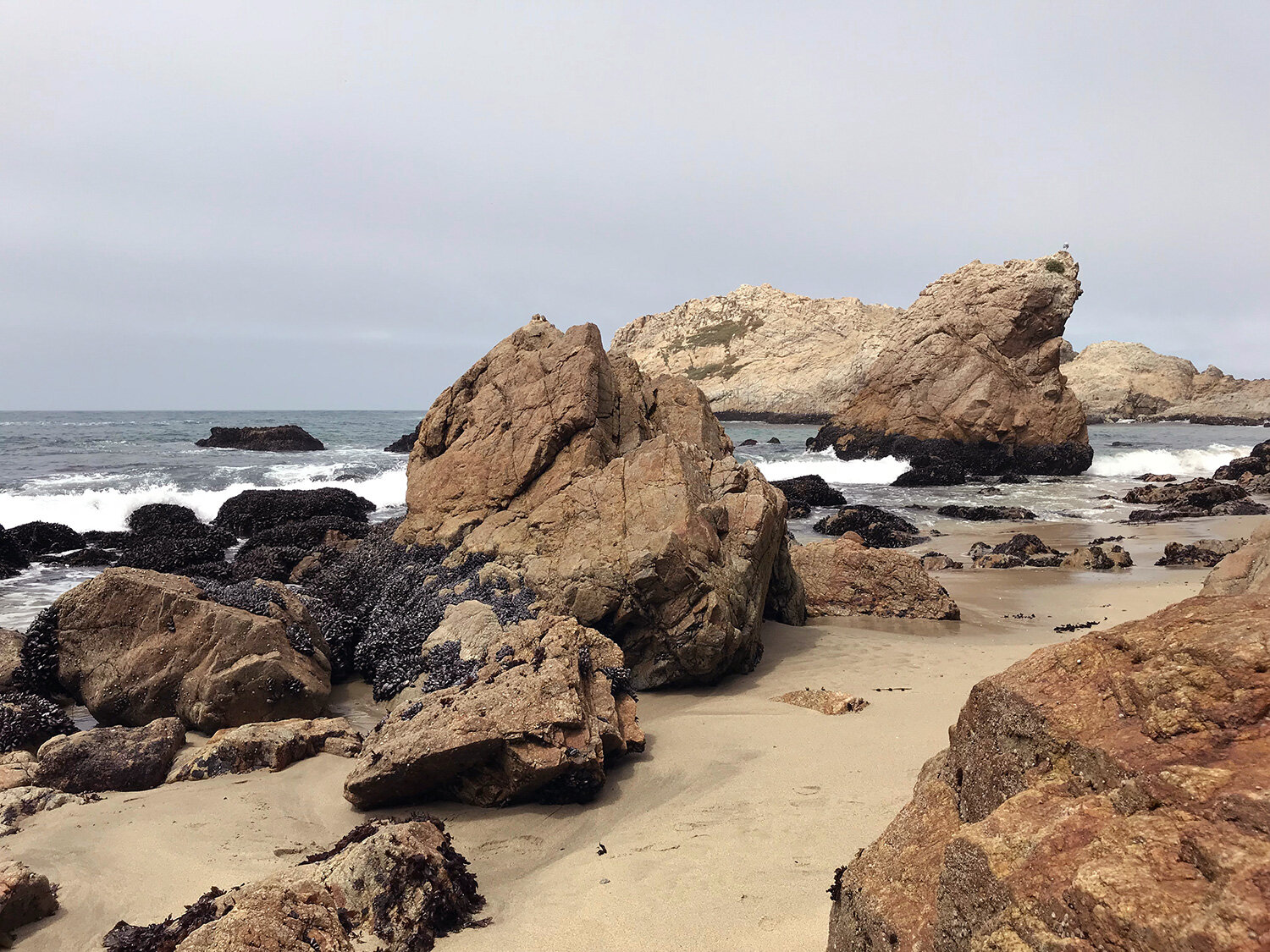
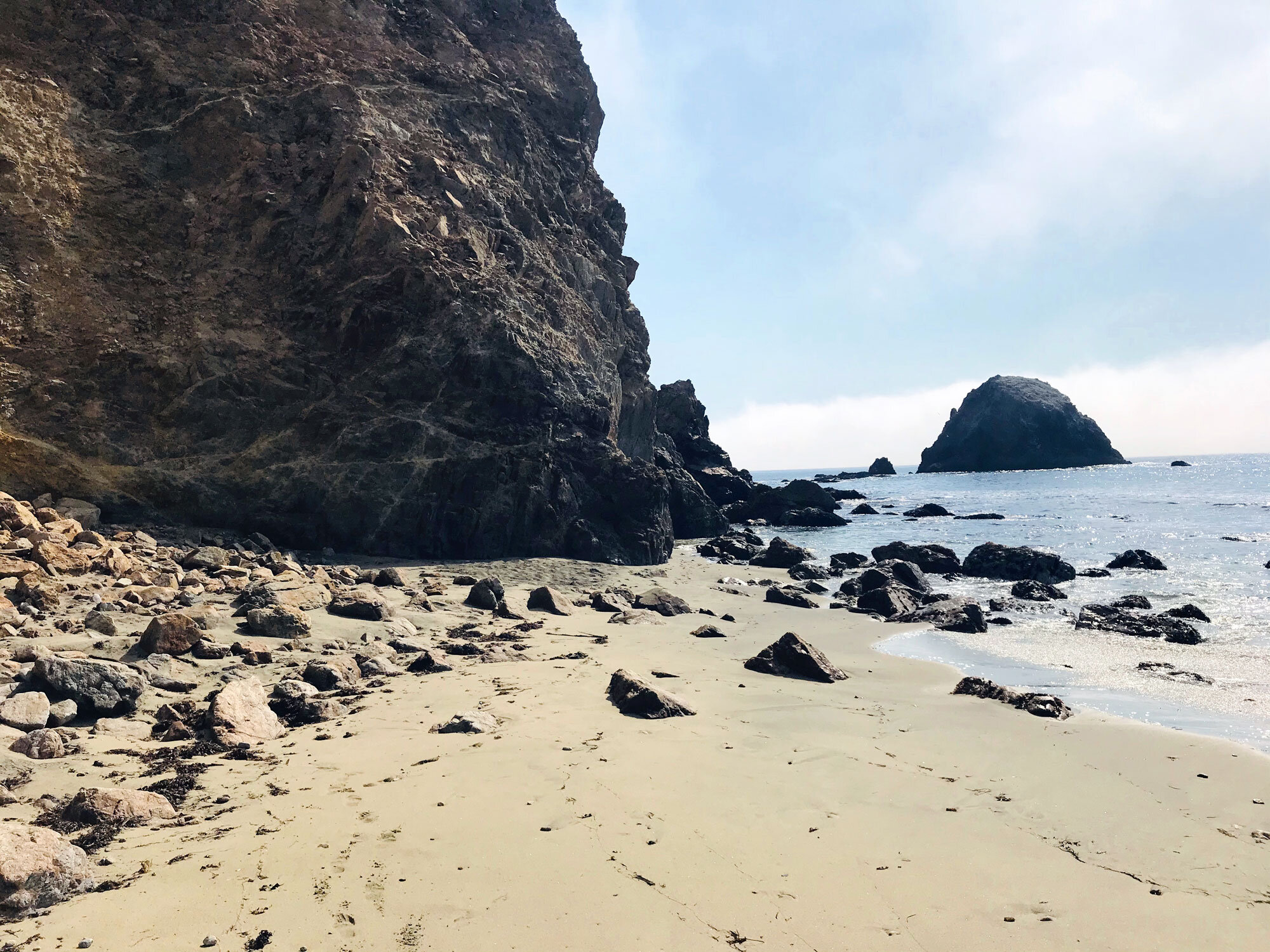
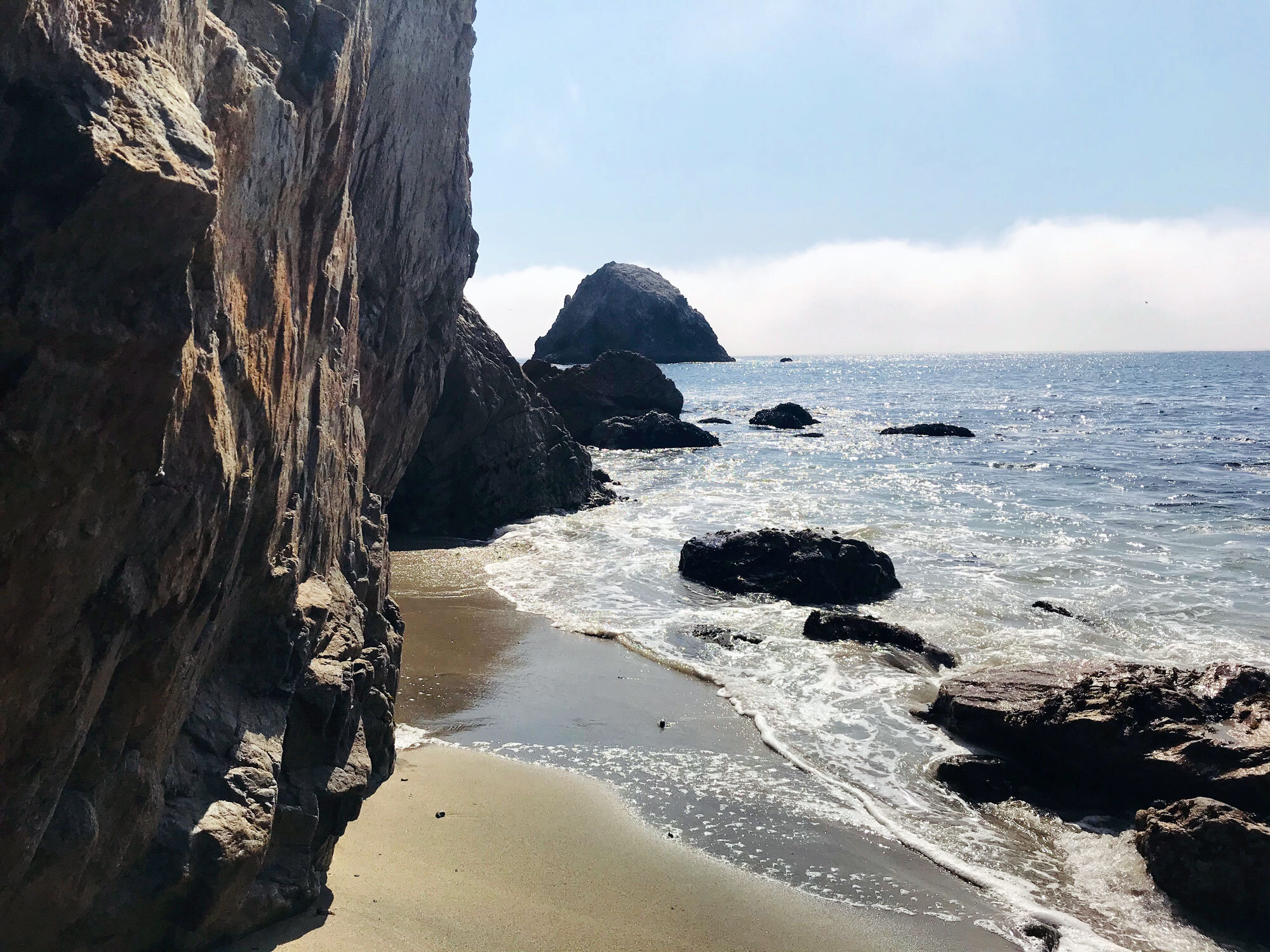
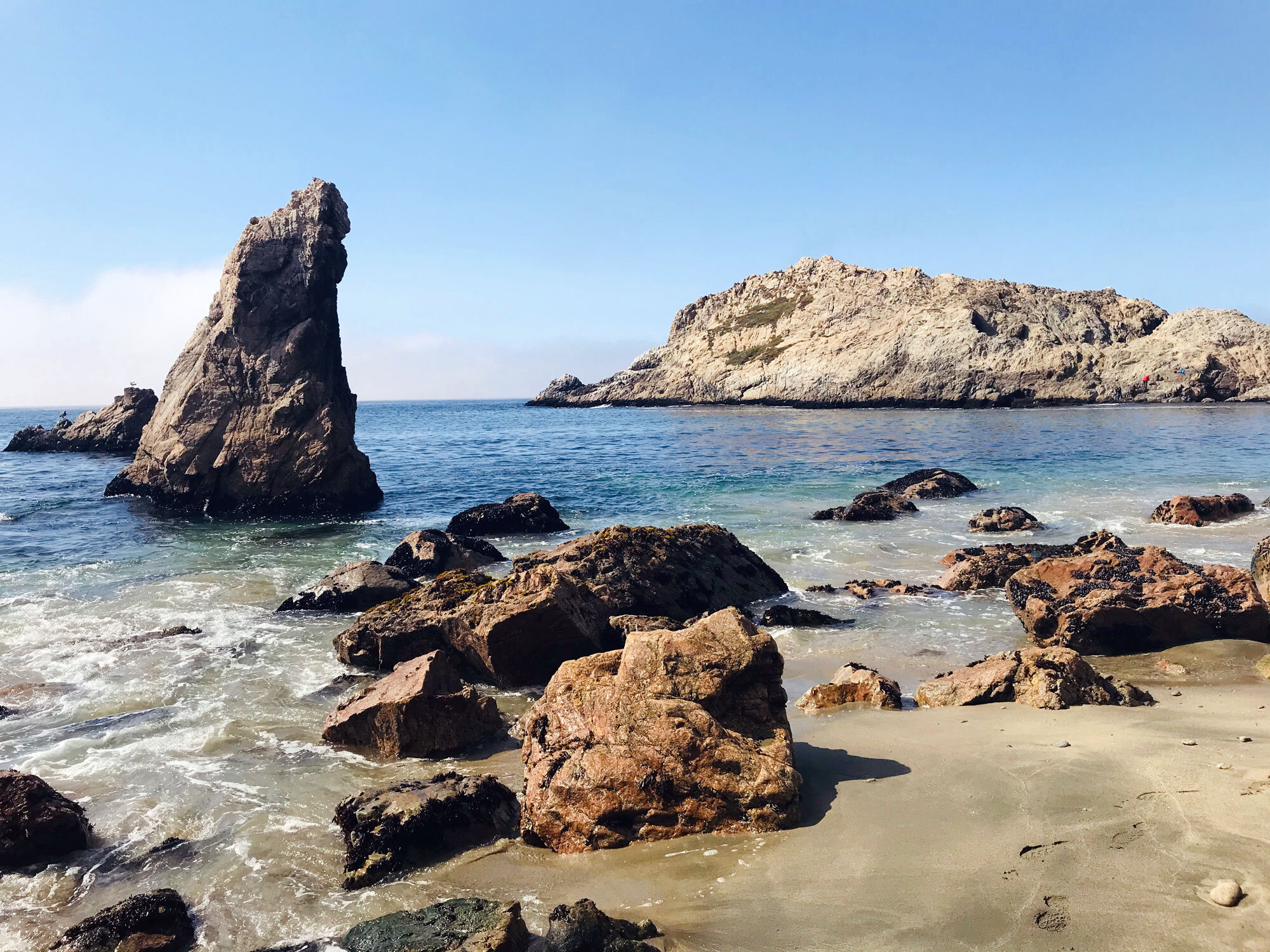
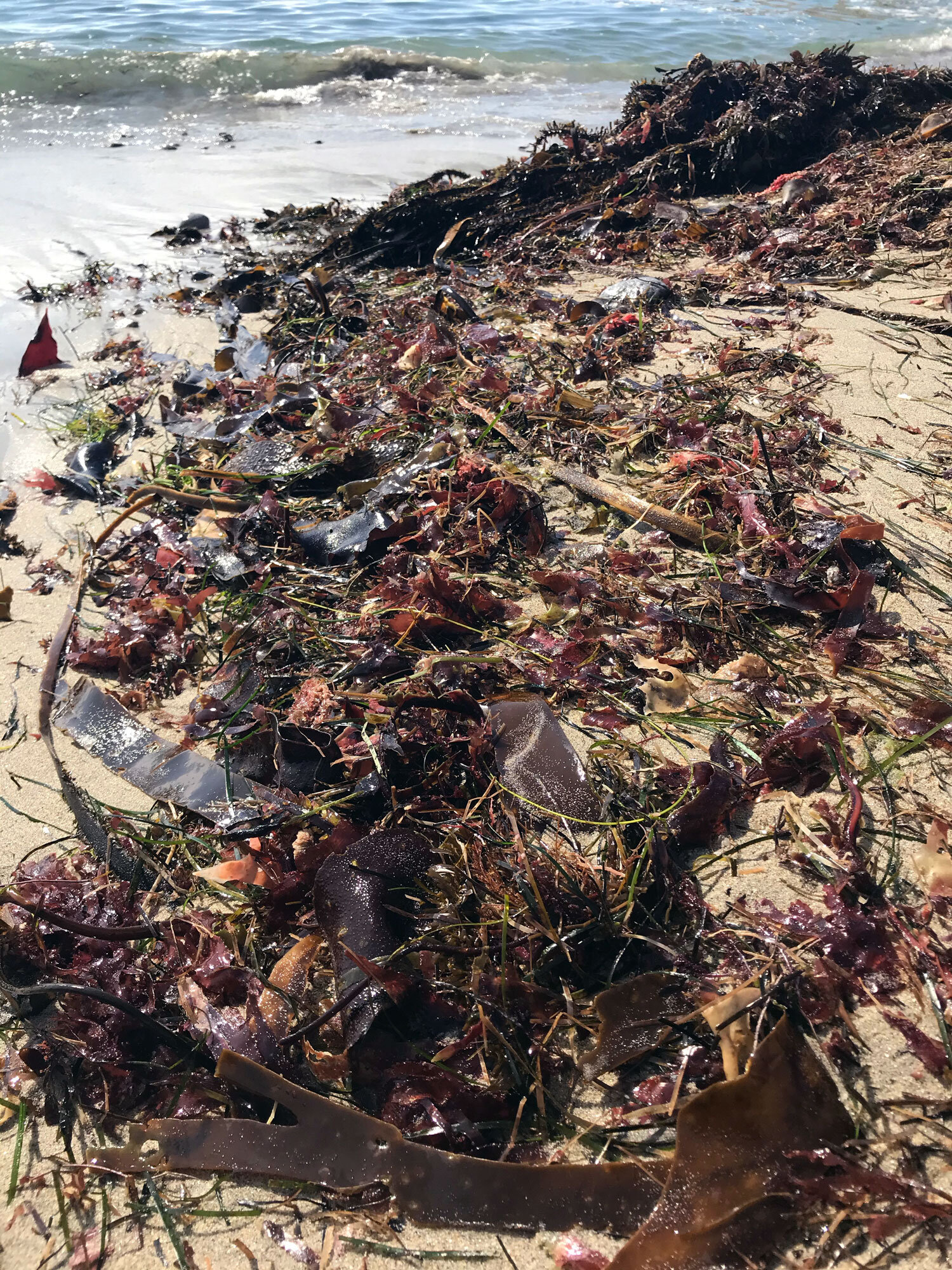
McClures Beach north end
A less-traveled part of the beach with a small rocky outcropping at the end covered in mussels and barnacles.
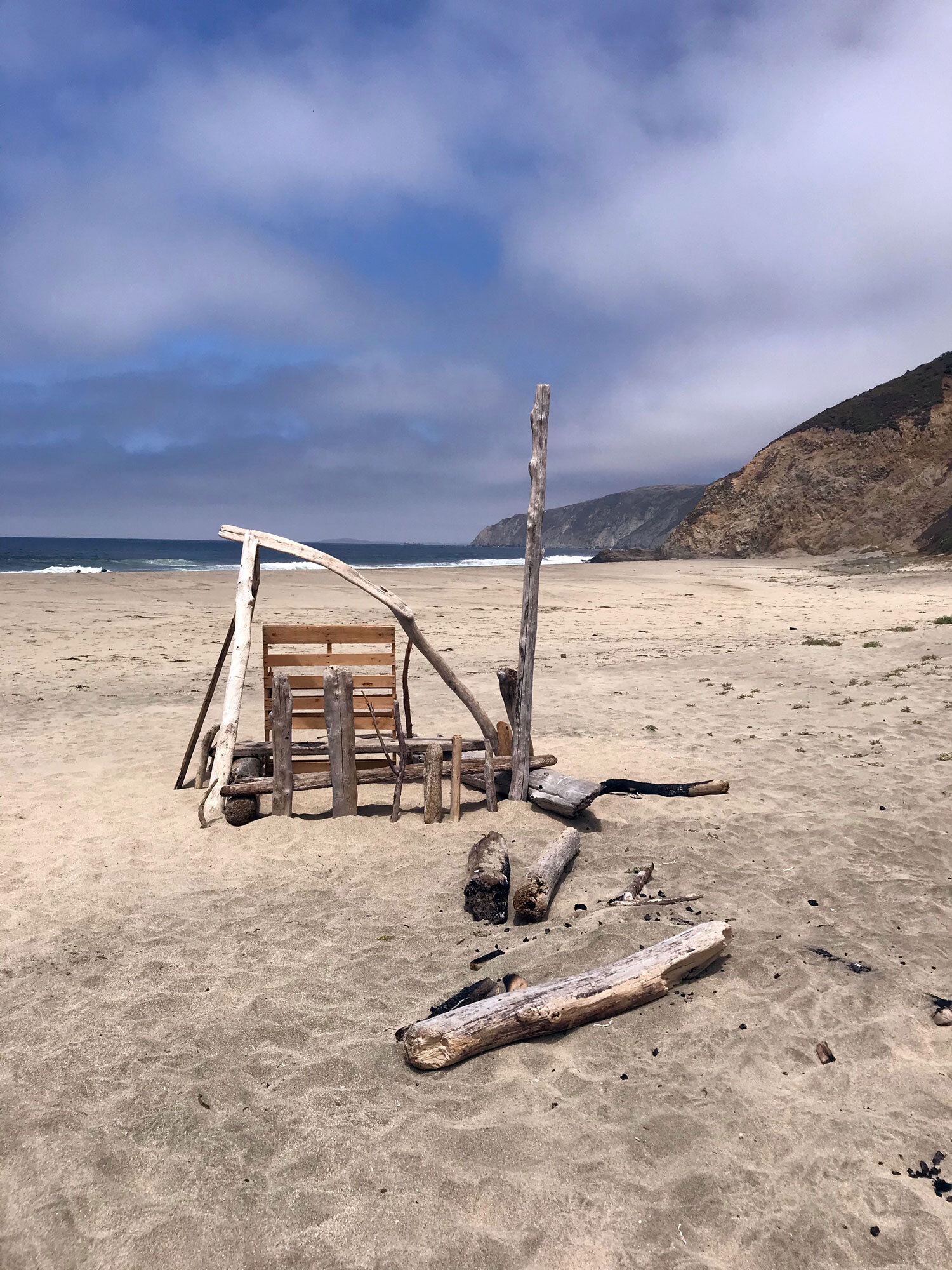
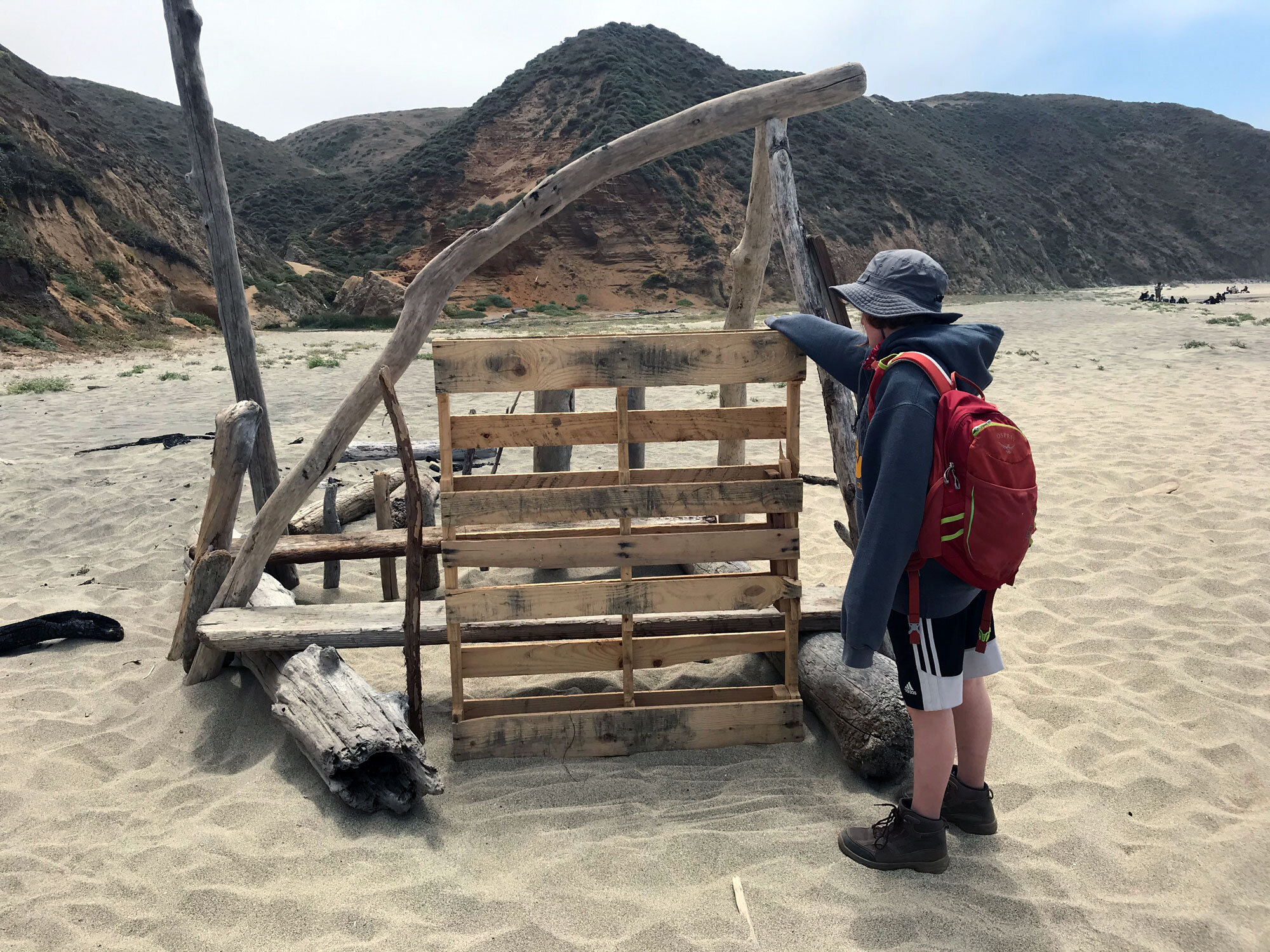
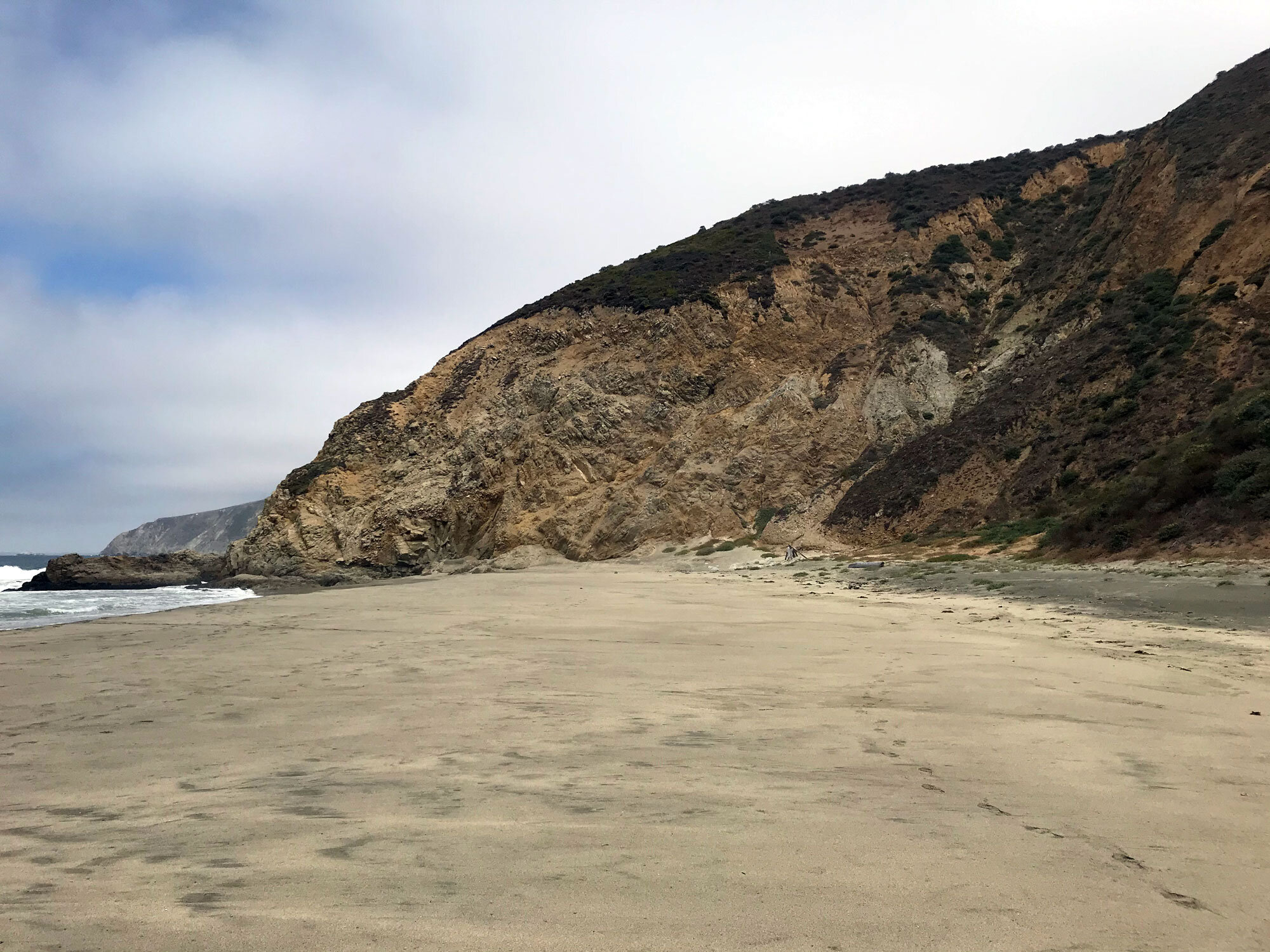
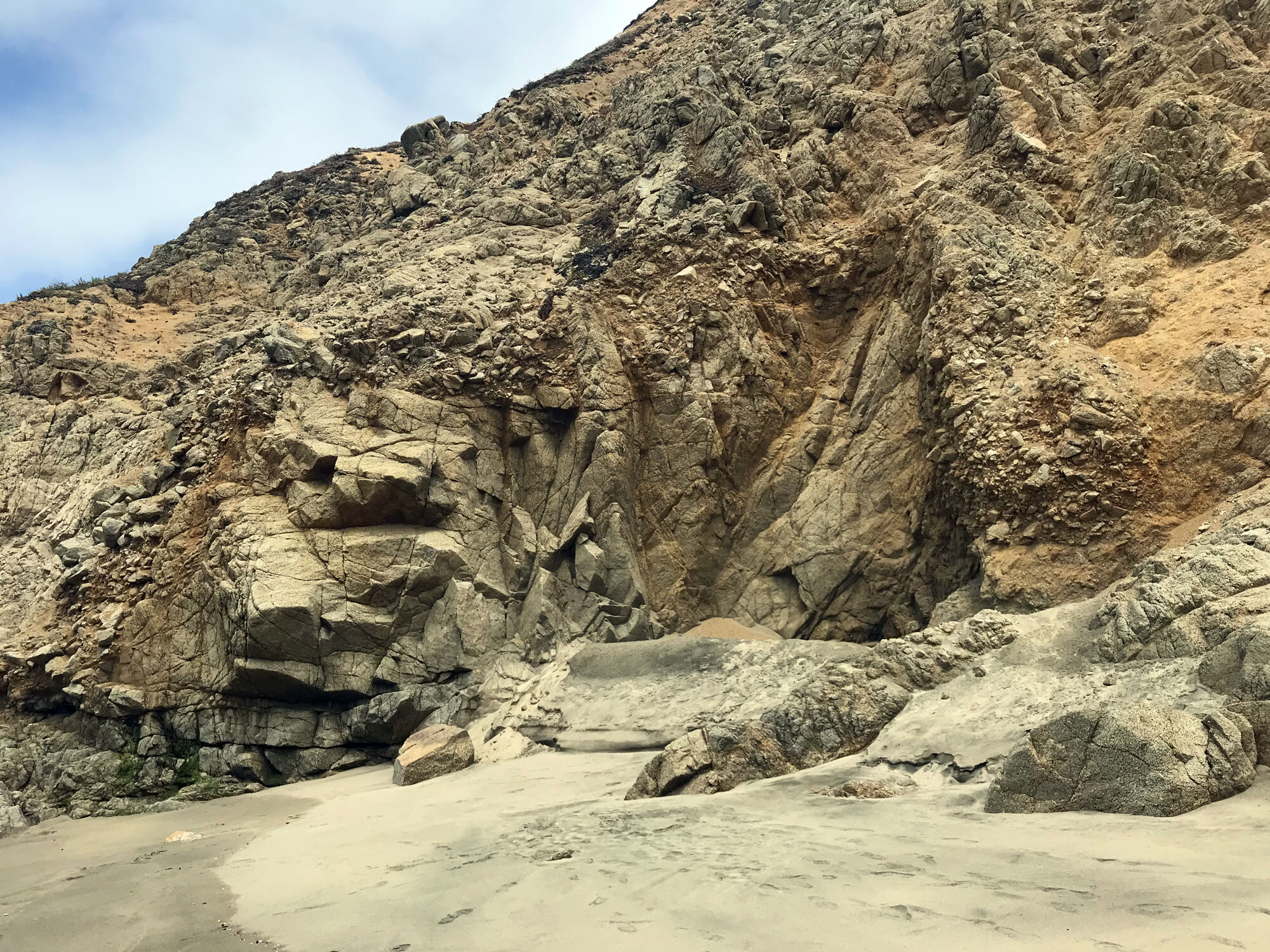
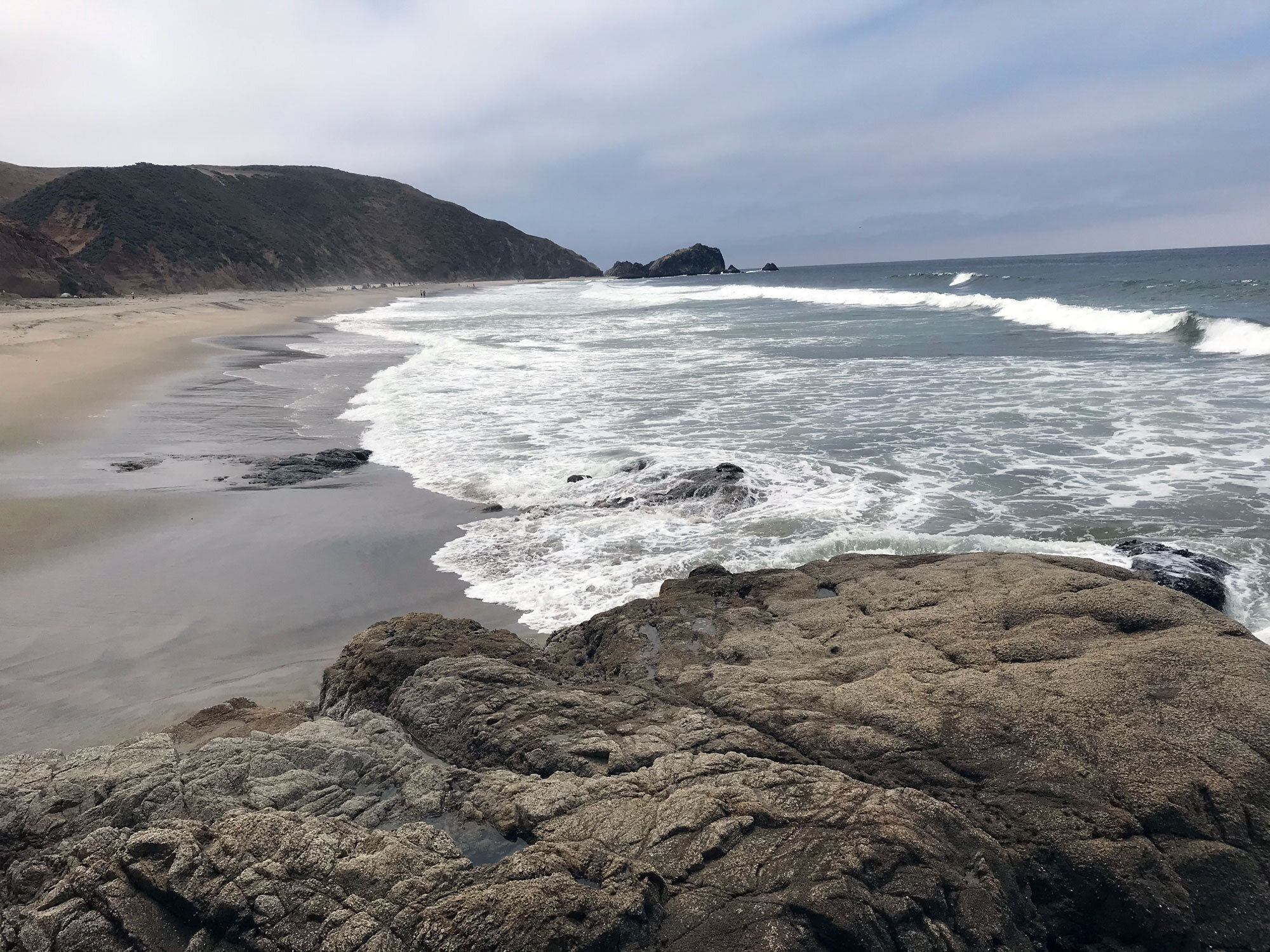

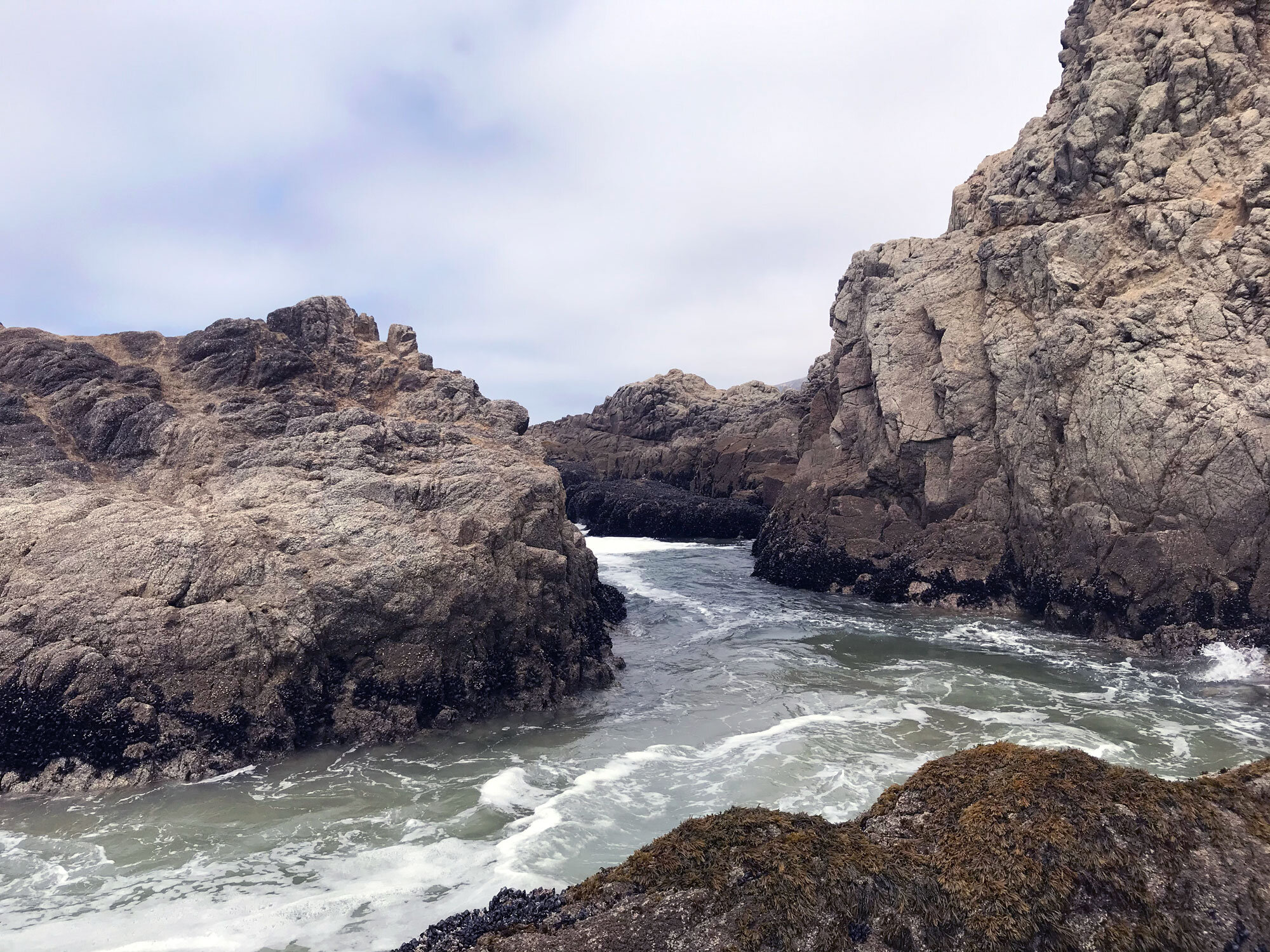
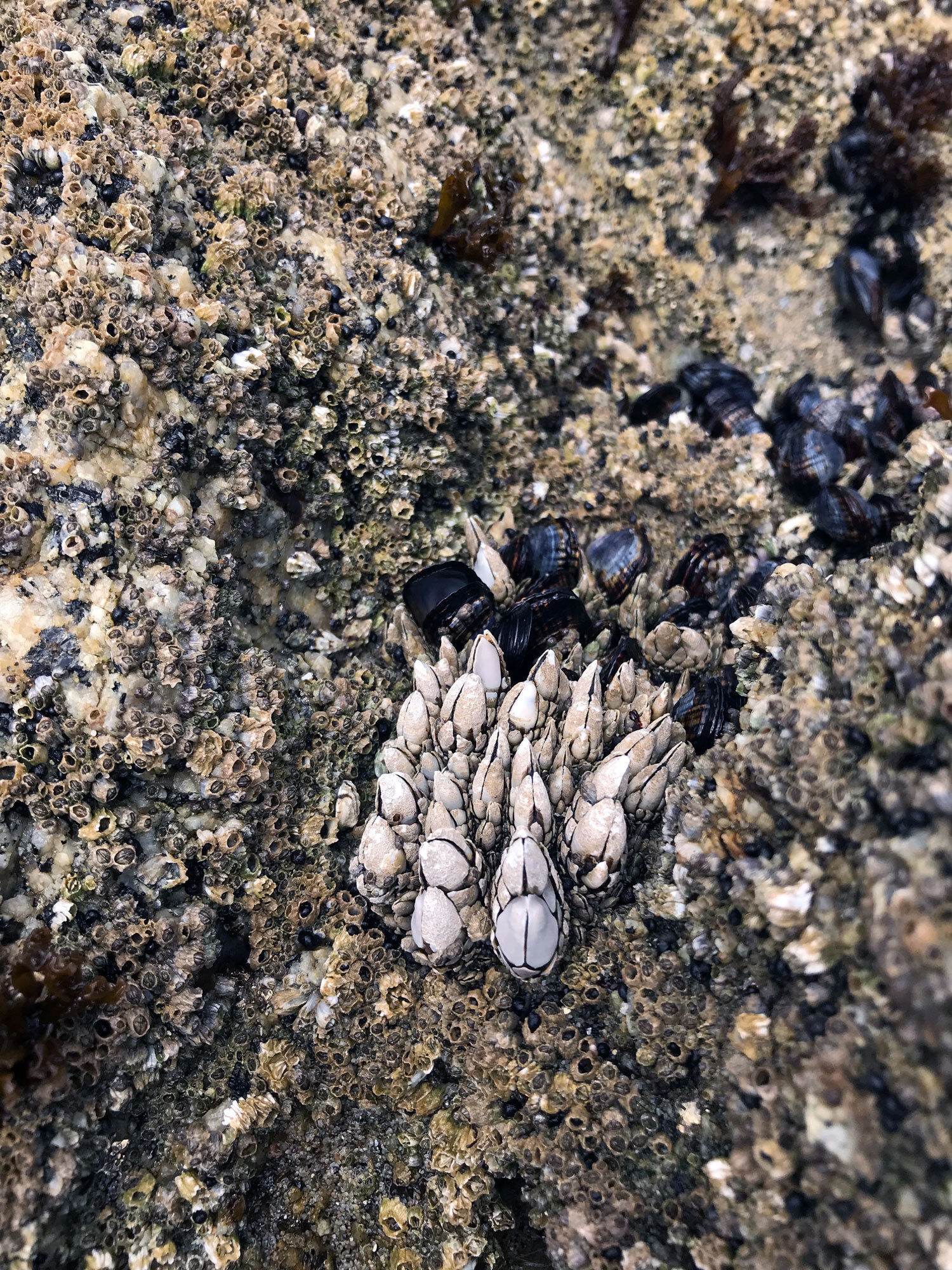

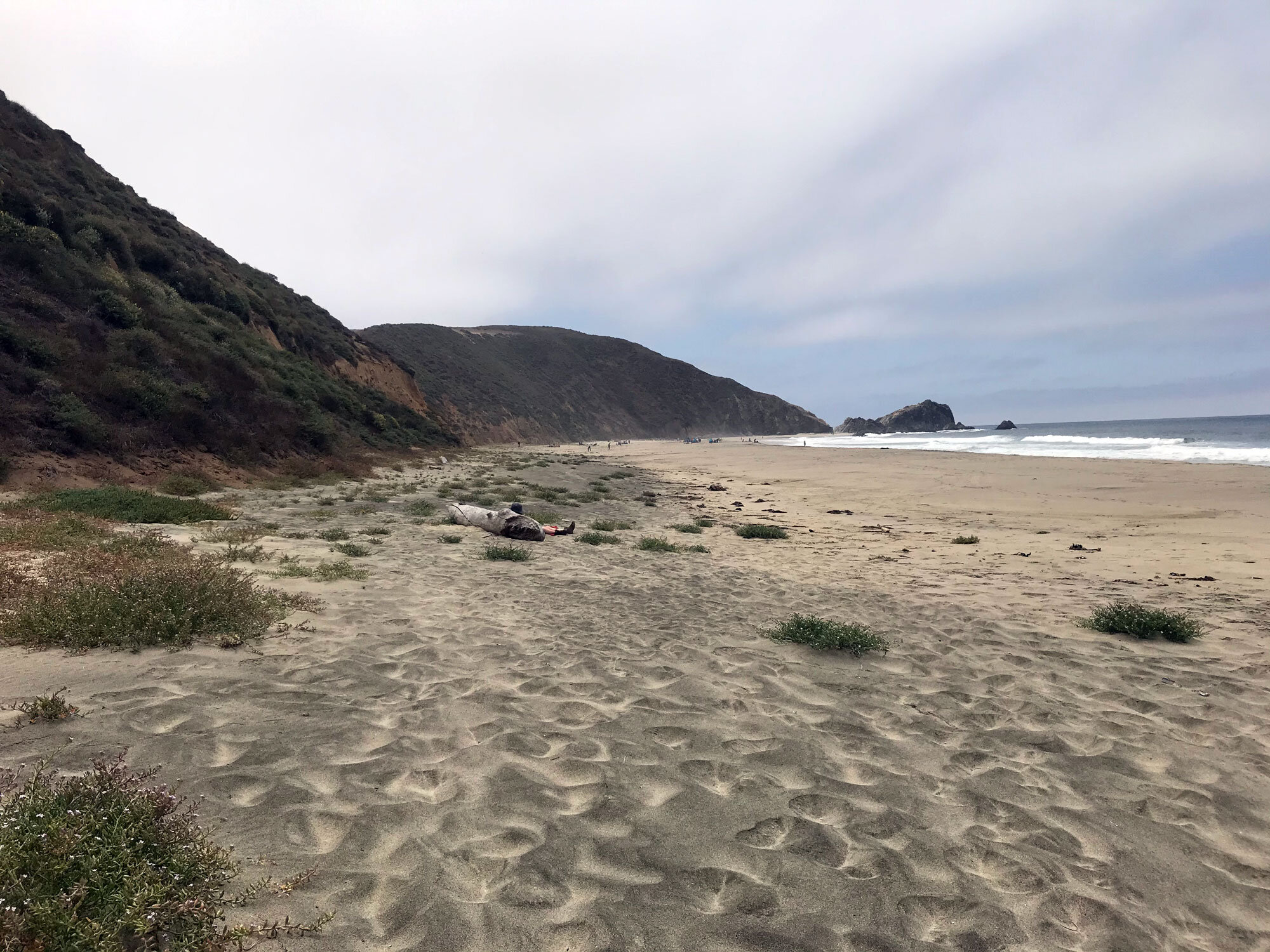
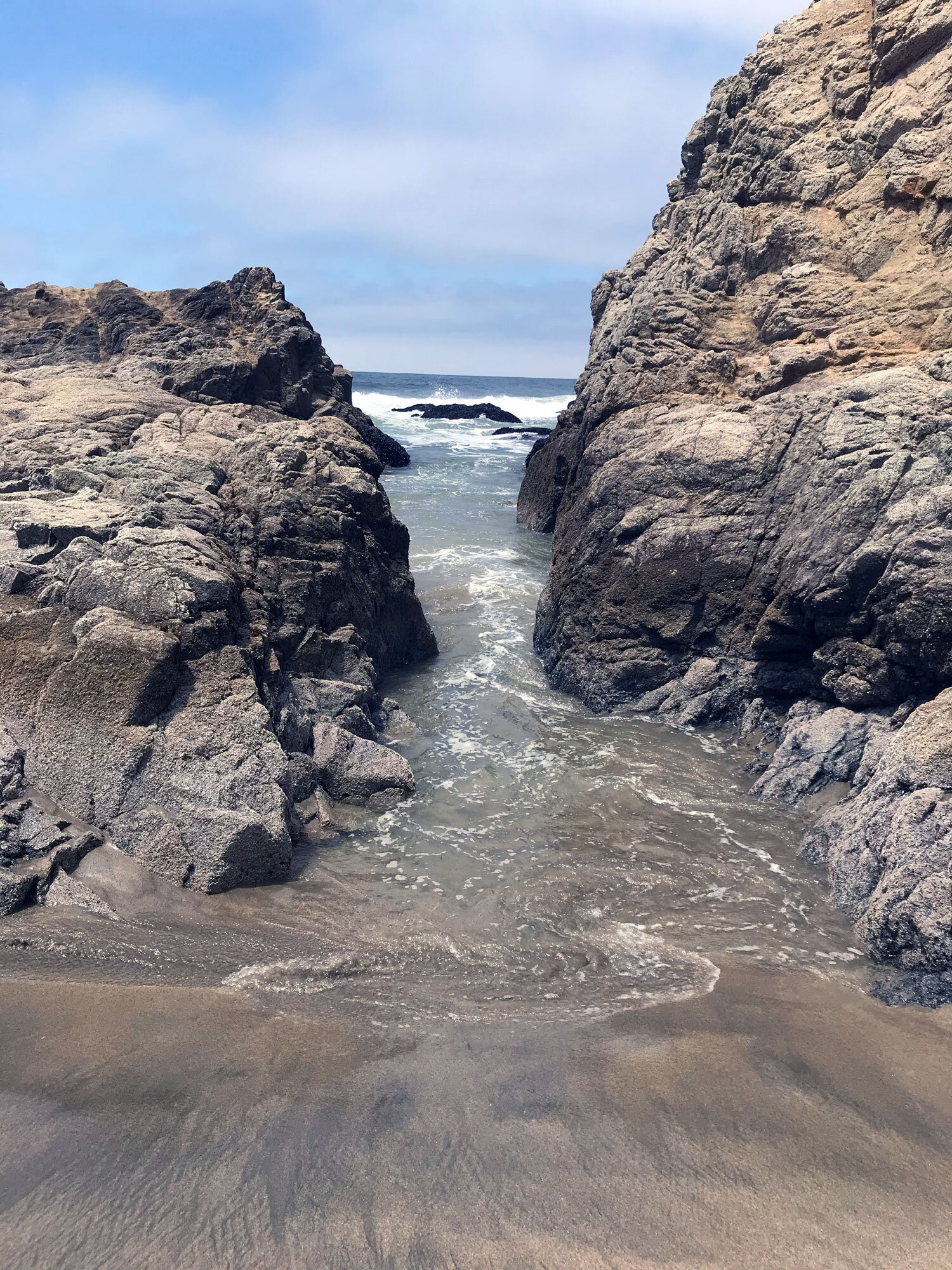
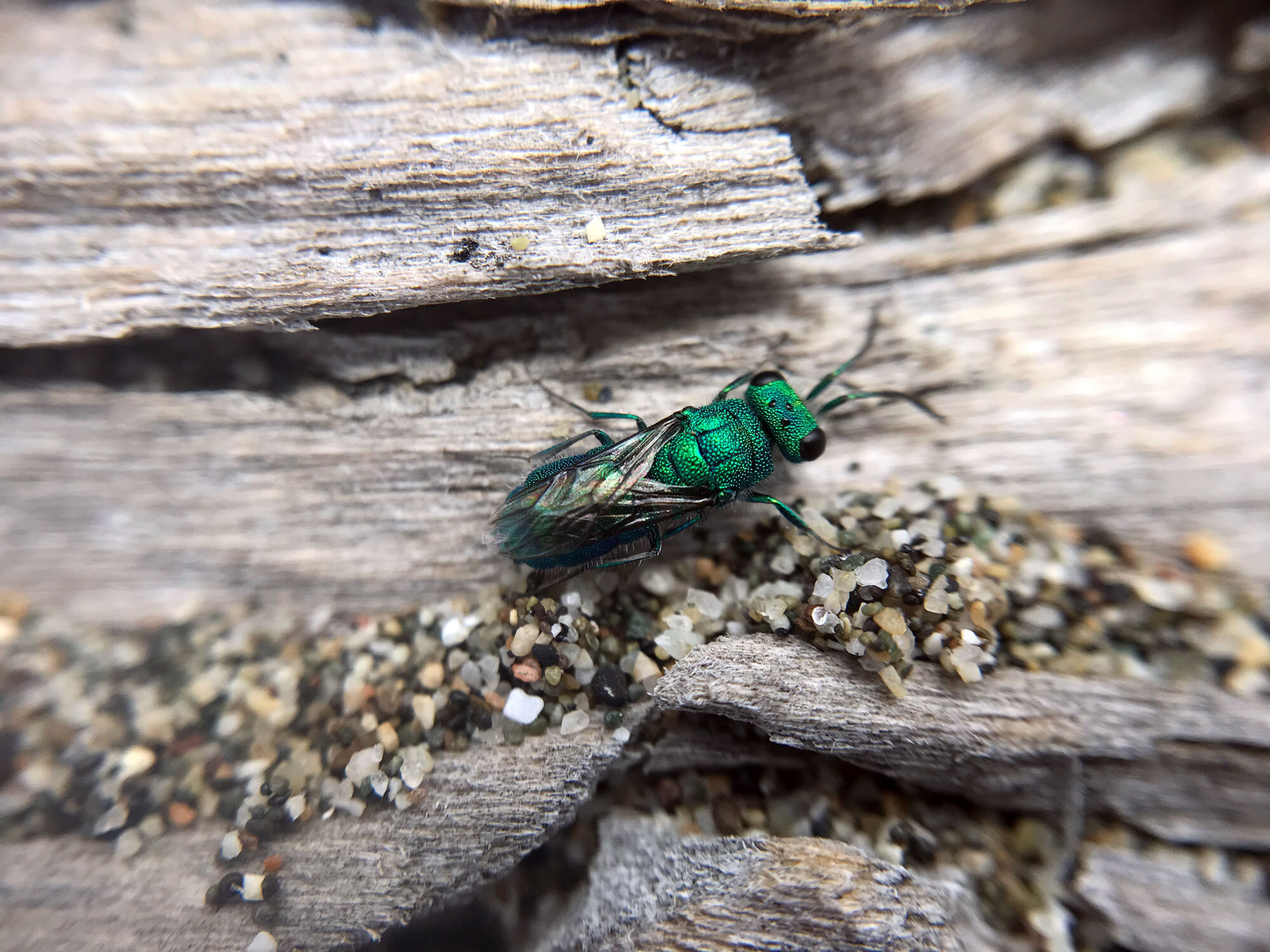
Sinkhole in the road 2019
The week of March 1, 2019, water eroded the sand under the road to McClures Beach parking lot and a large section of the road collapsed, creating a large sinkhole. Geologist, John Karachewski, who was leading a geology hike of nearby Tomales Point Trail, explored the damage and explained his theory of what happened with the sand. Much of this area is ancient sand dunes. These photos were taken in October 2019. The road has since been repaired.
Volunteer Opportunity: Marine Protected Area (MPA) Watch
“MPAs protect the diversity and abundance of marine life, the habitats they depend on, and the integrity of marine ecosystems. ”
Since August 2017, I've been volunteering with the Marin Marine Protected Area Watch (Marin MPA Watch). Marine Protected Areas are important, vulnerable coastal waters that have been designated for protection under California State Law. Volunteers do a simple survey of activity on the beach and offshore (using binoculars). Volunteers are vitally important to provide this survey information which informs MPA management and the California Department of Fish and Wildlife.
Using iNaturalist to record the diversity of life I encounter on the beach, I tag it to the "MPA Watch Project". This provides a useful snapshot into what's being protected - at least onshore.
It's relaxing, engaging, and it's given me a reason to learn about tides. I've had interesting conversations and always find something that attracts my attention along the way.
If you are interested in volunteering with the Marin MPA Watch, visit the Environmental Action Committee's MPA website.


